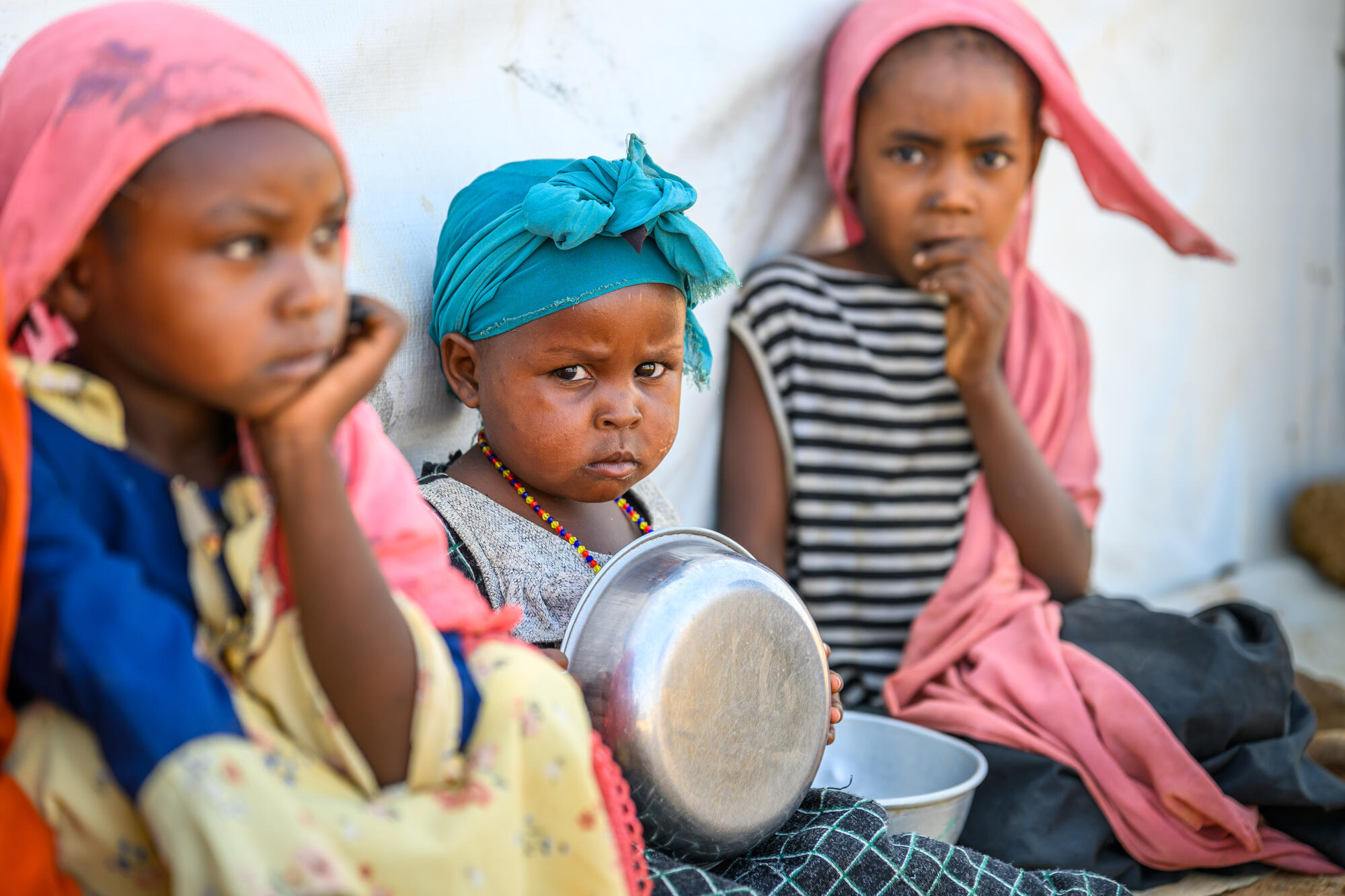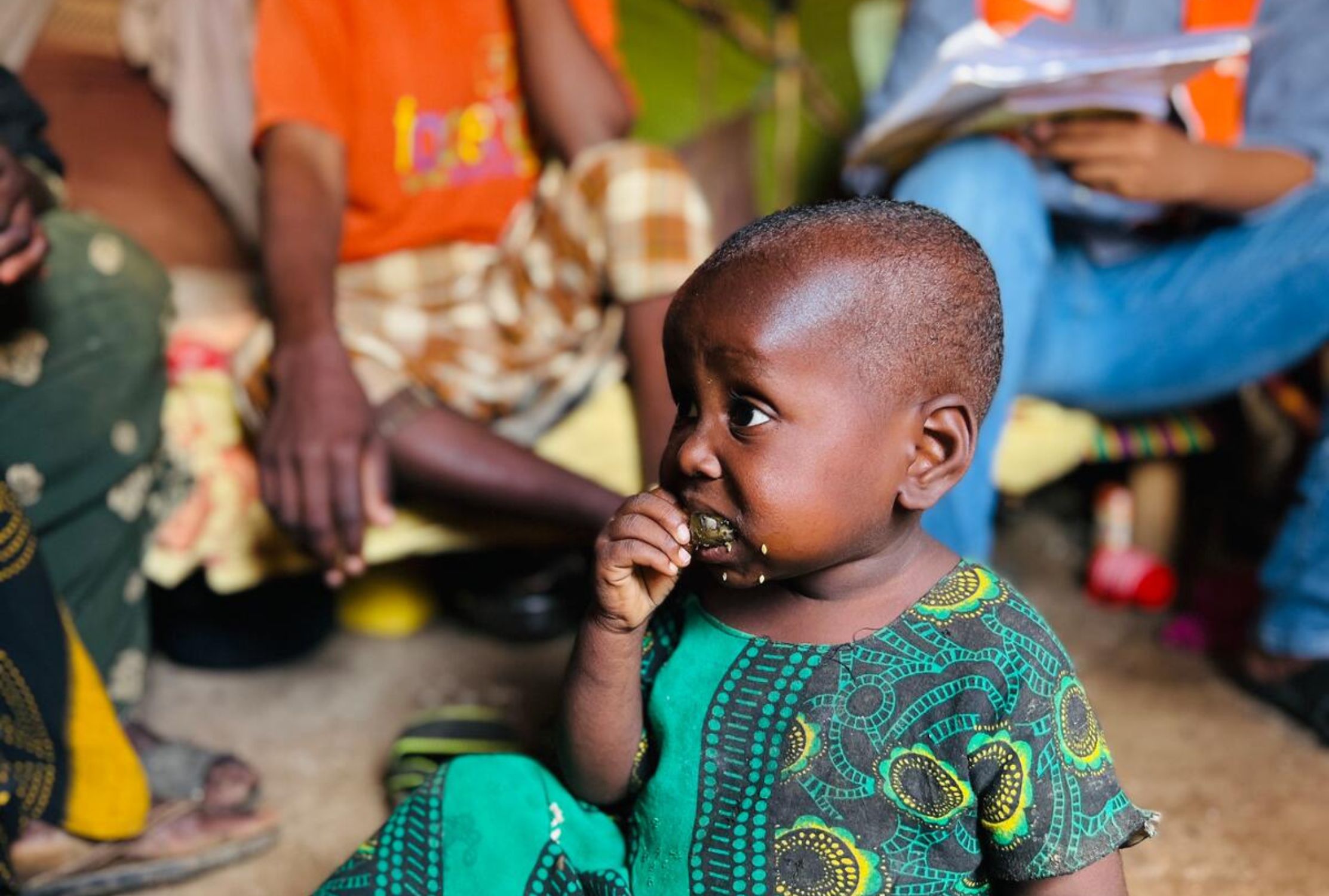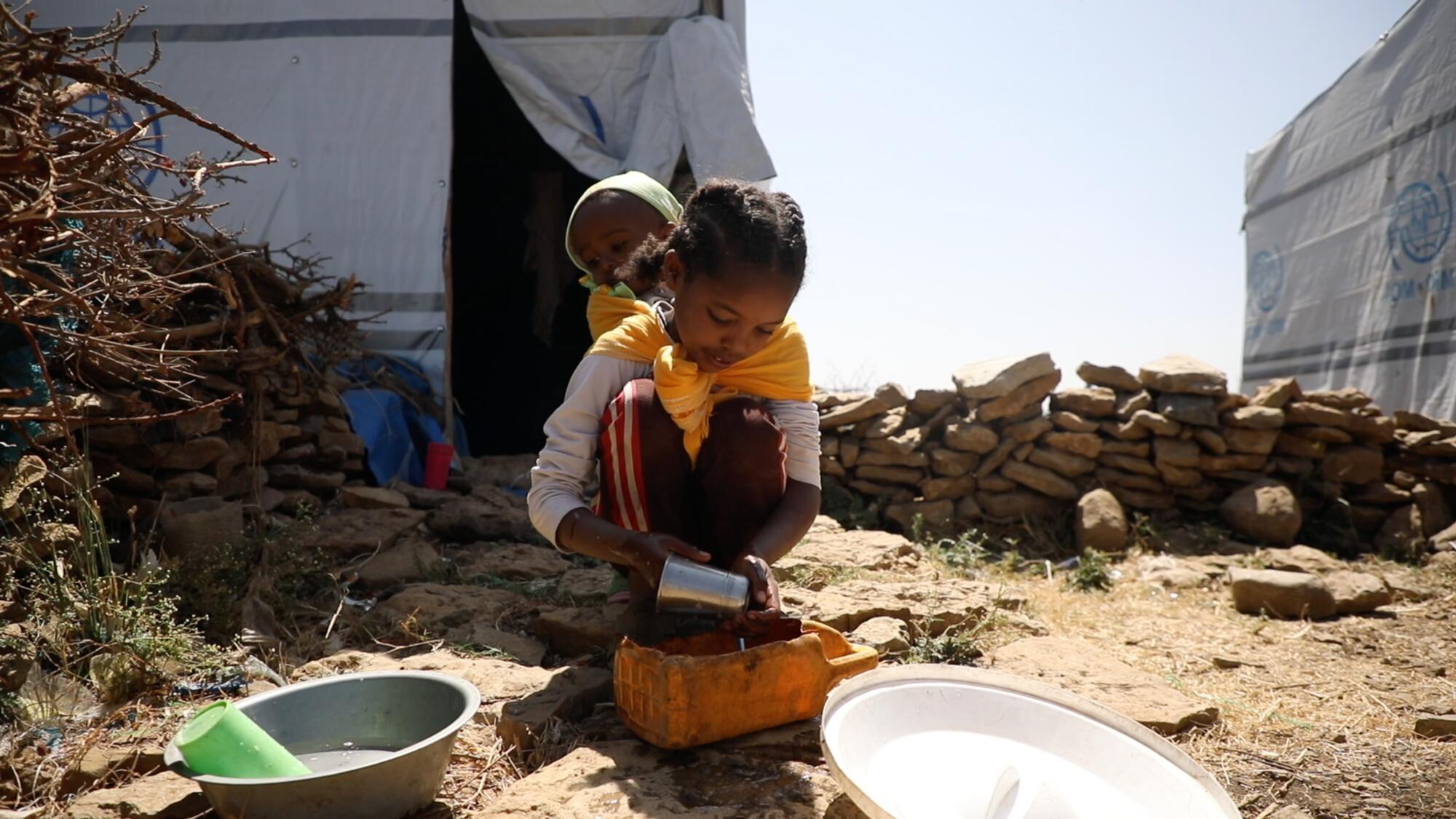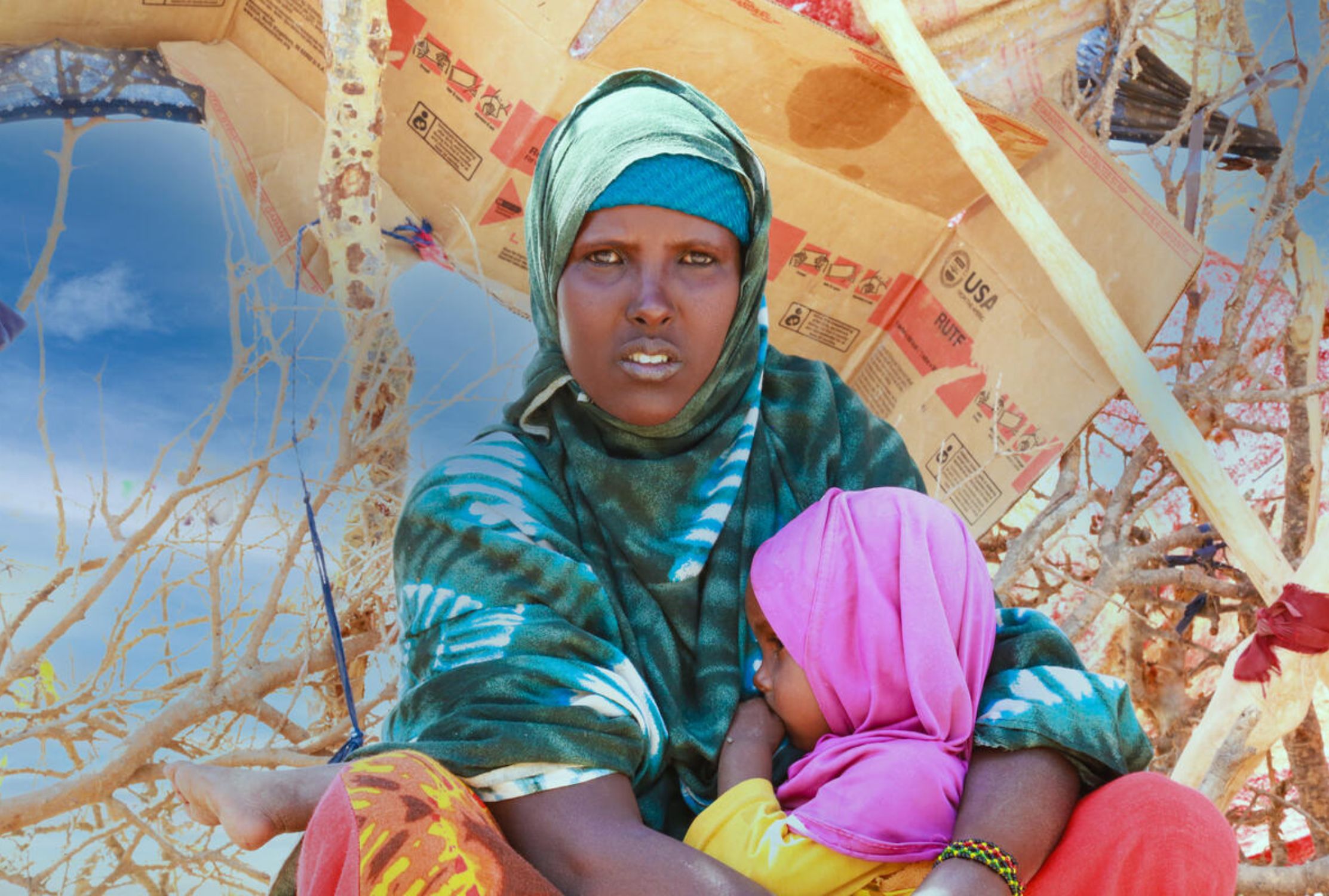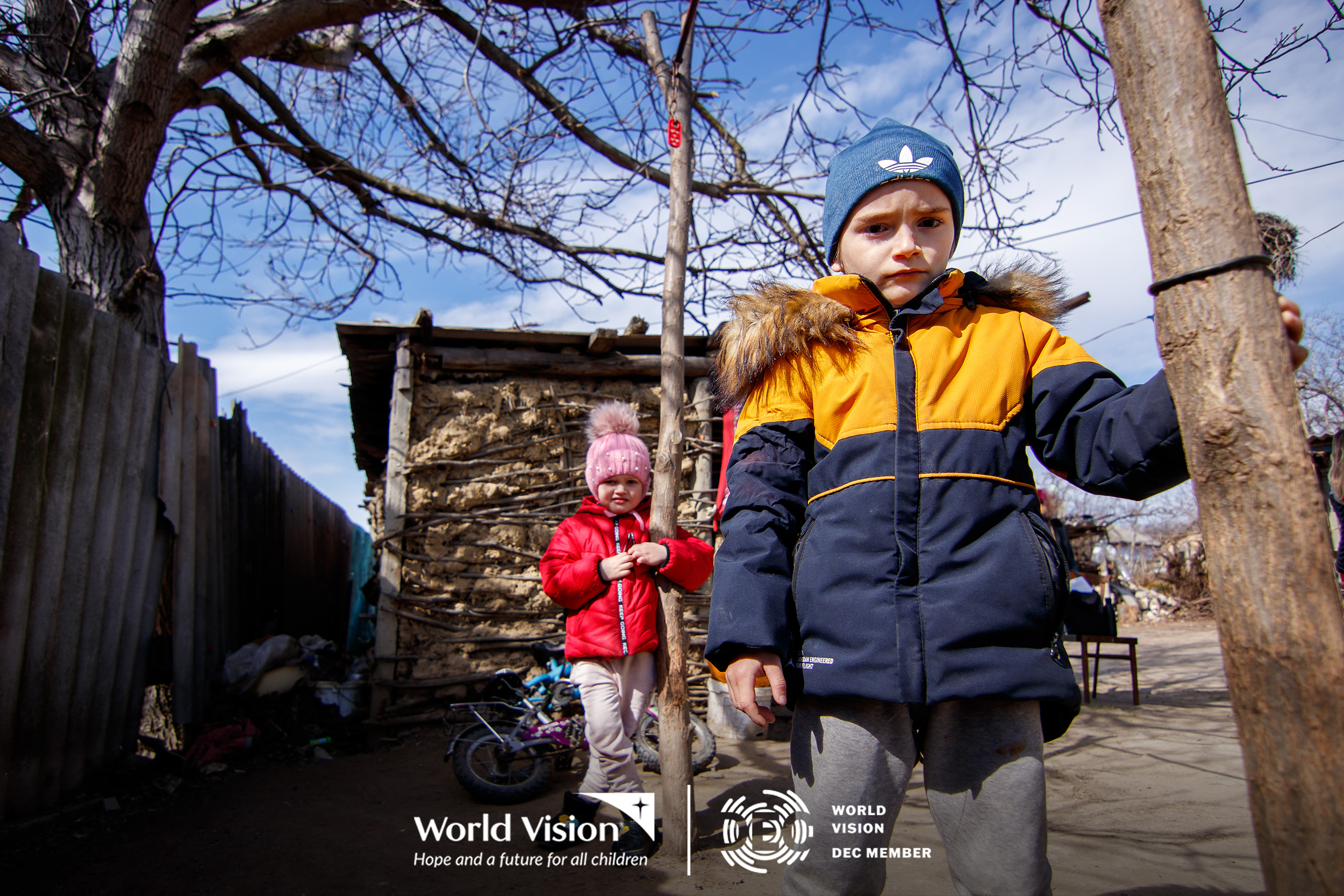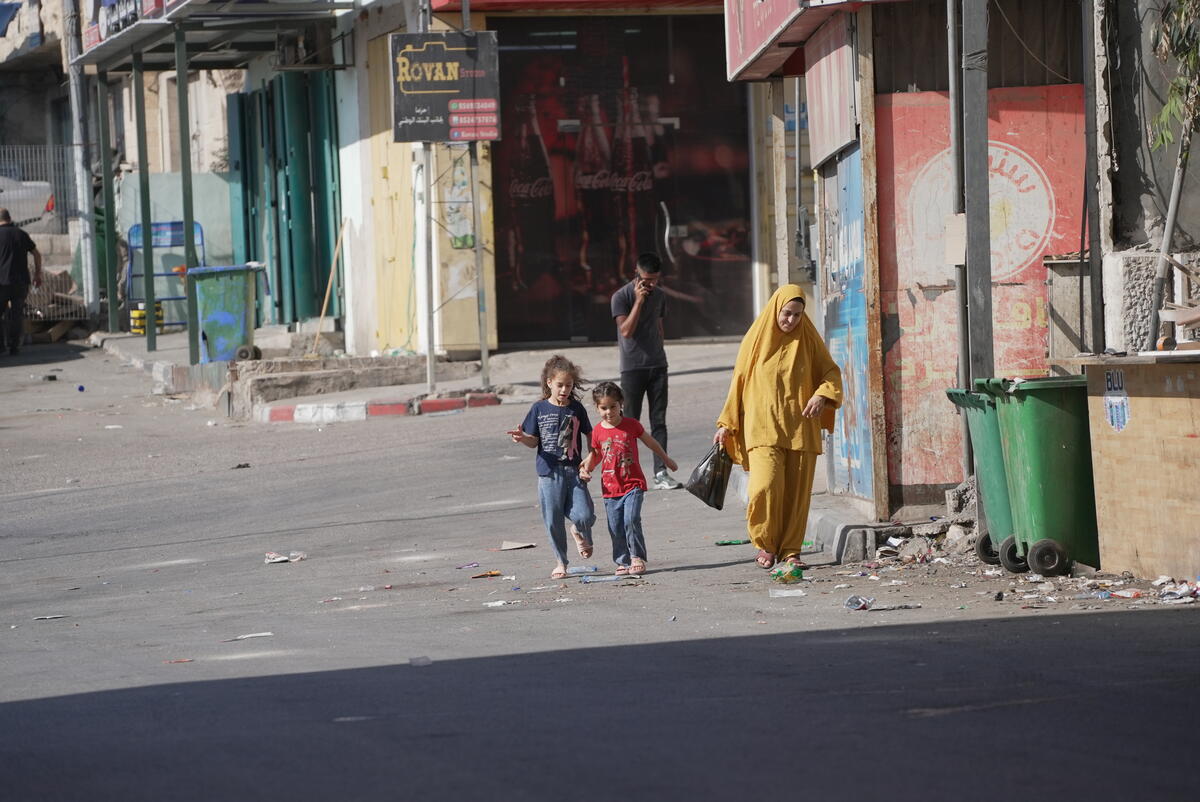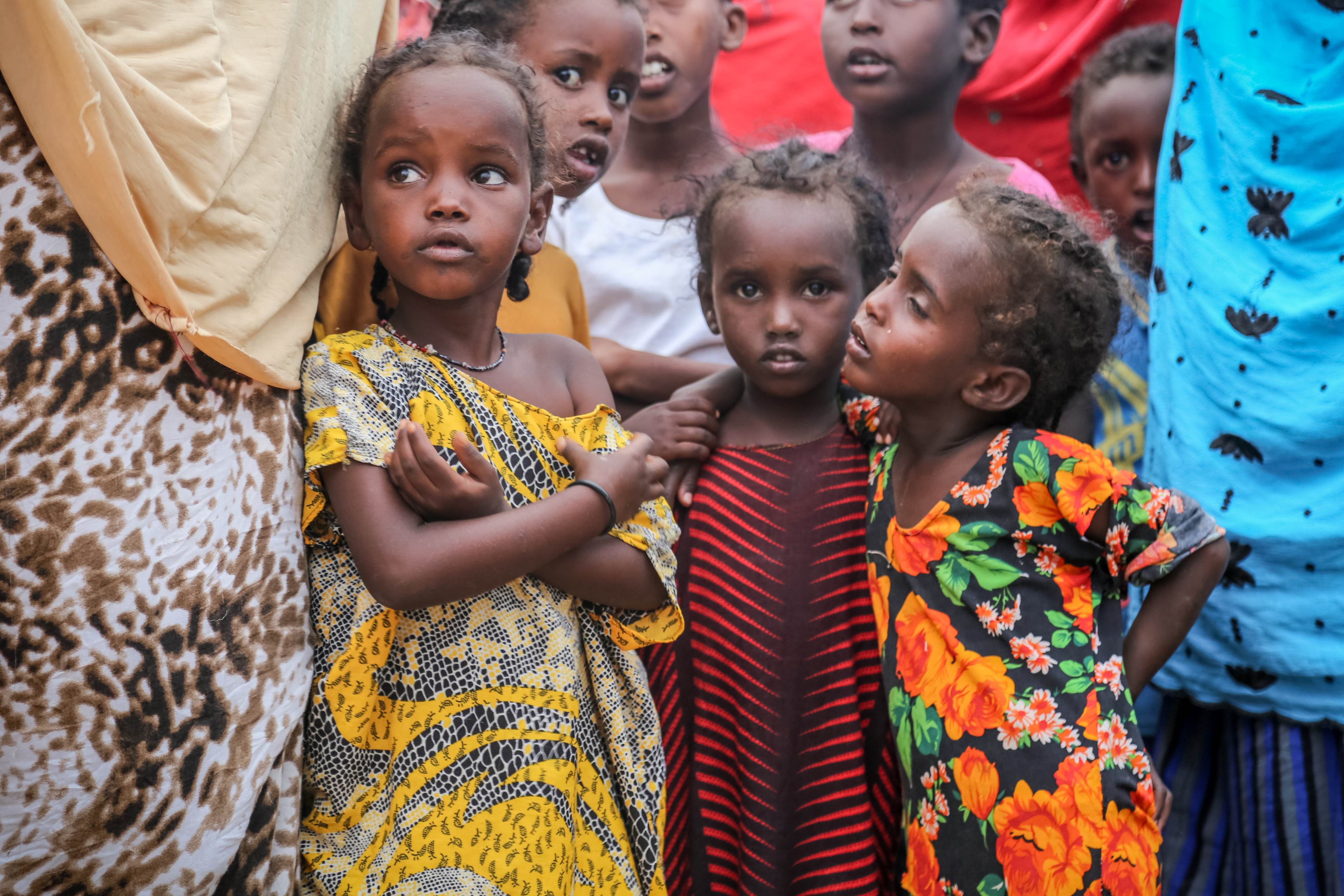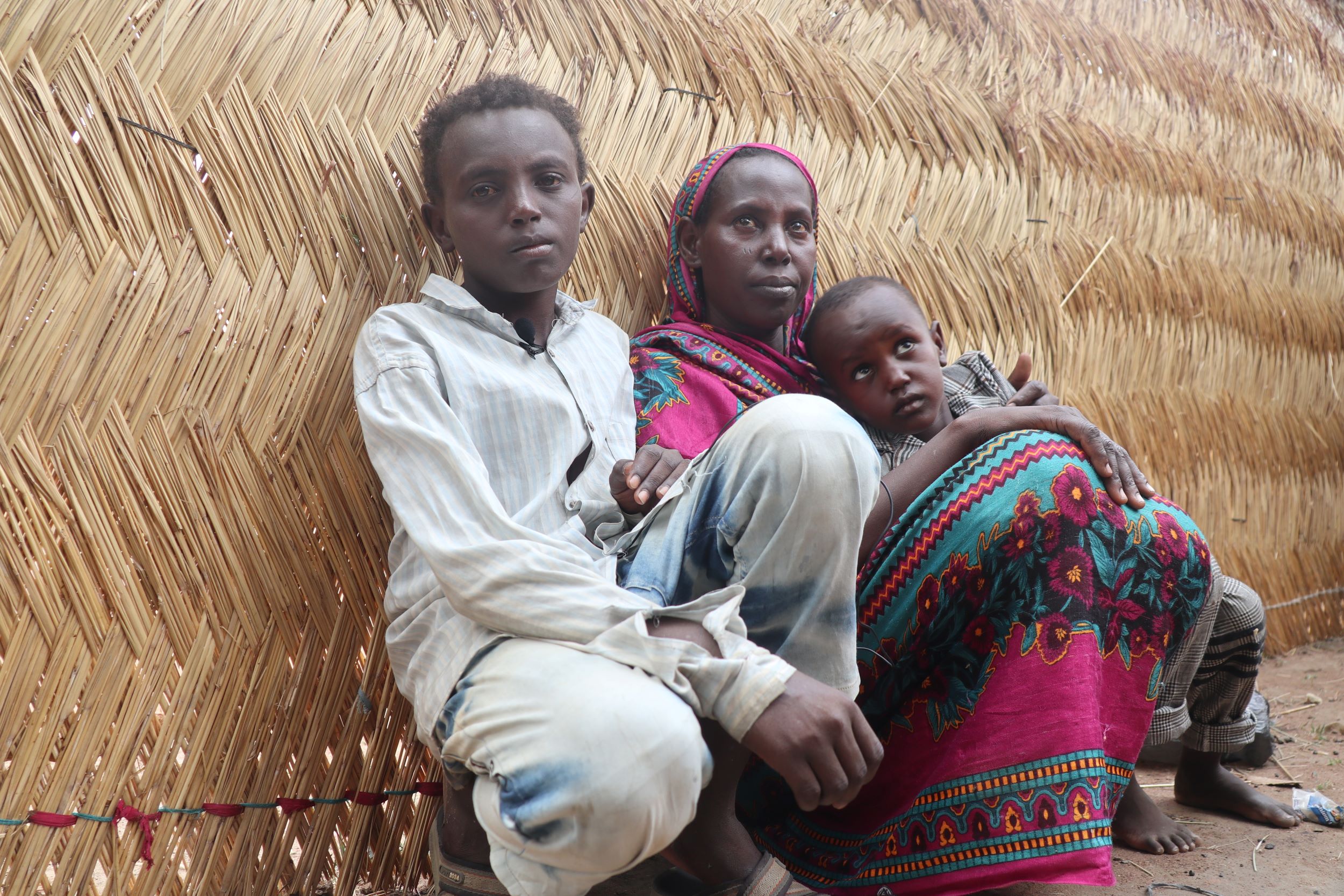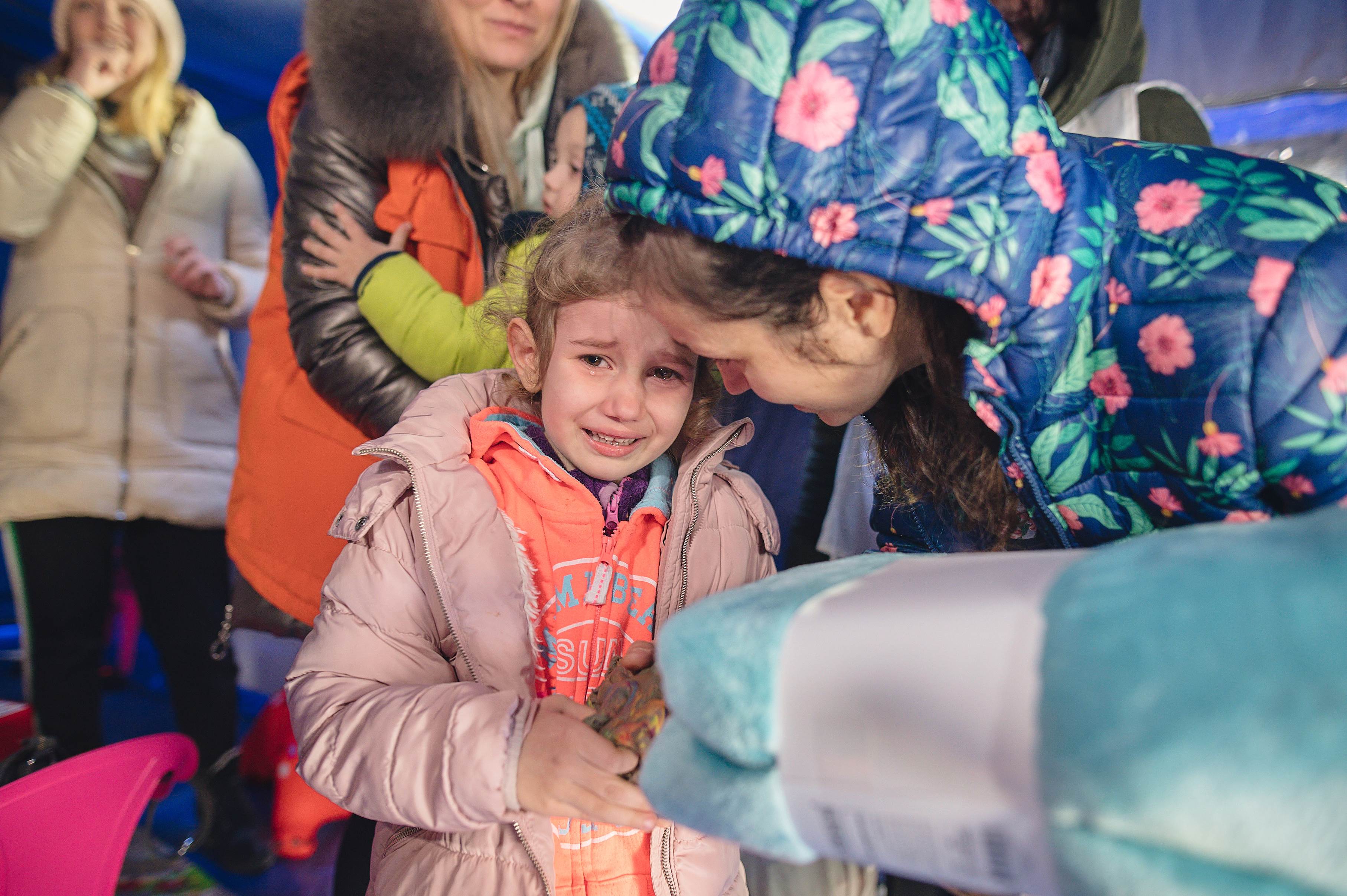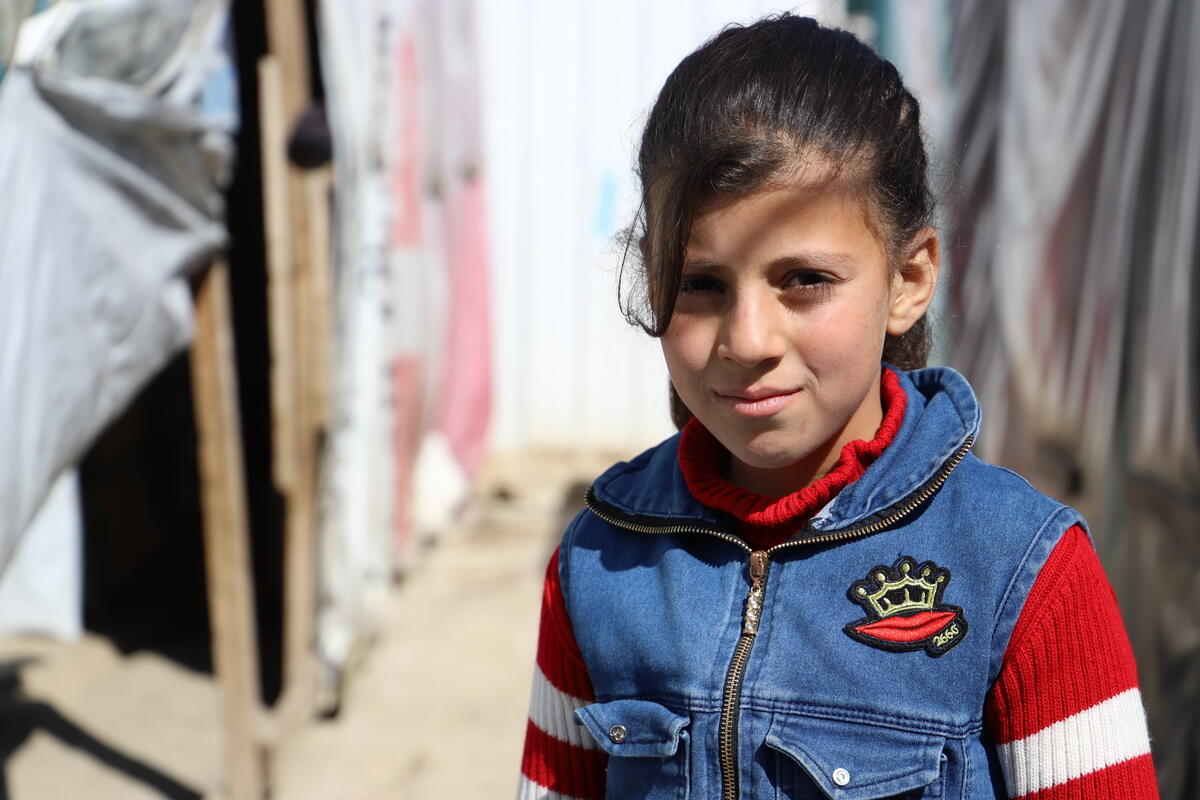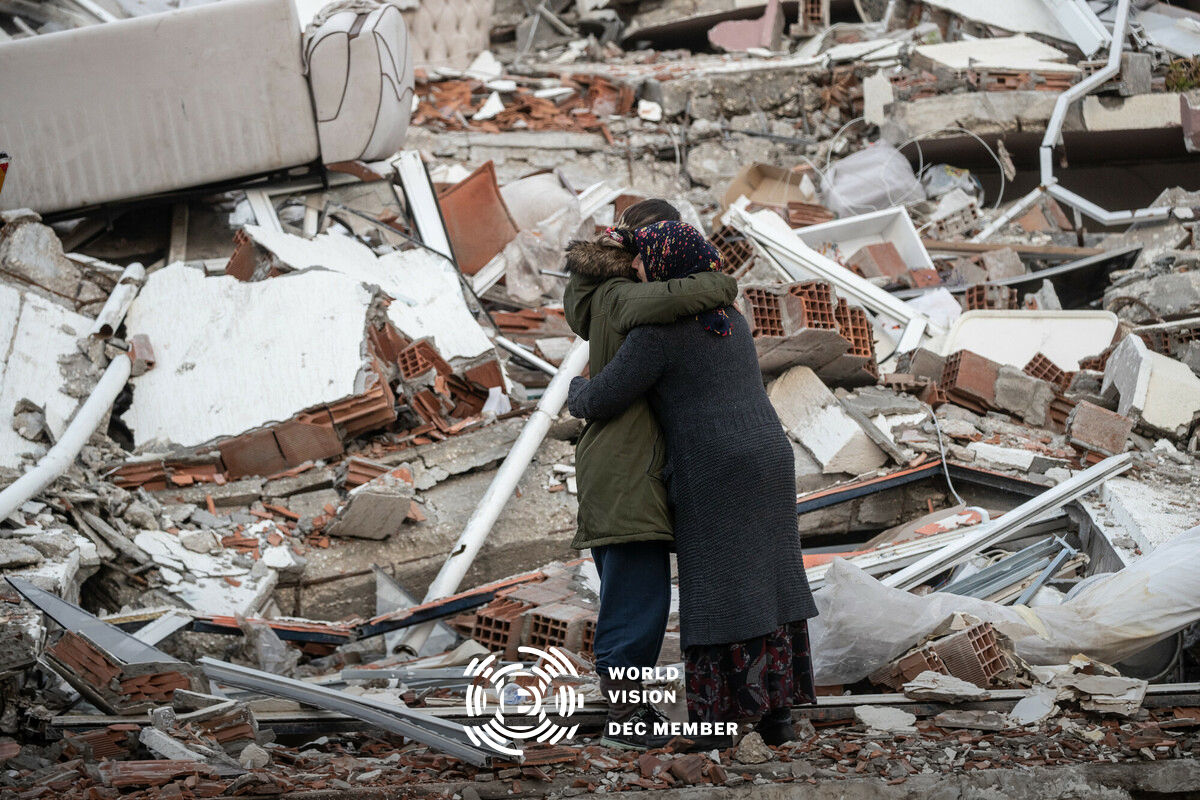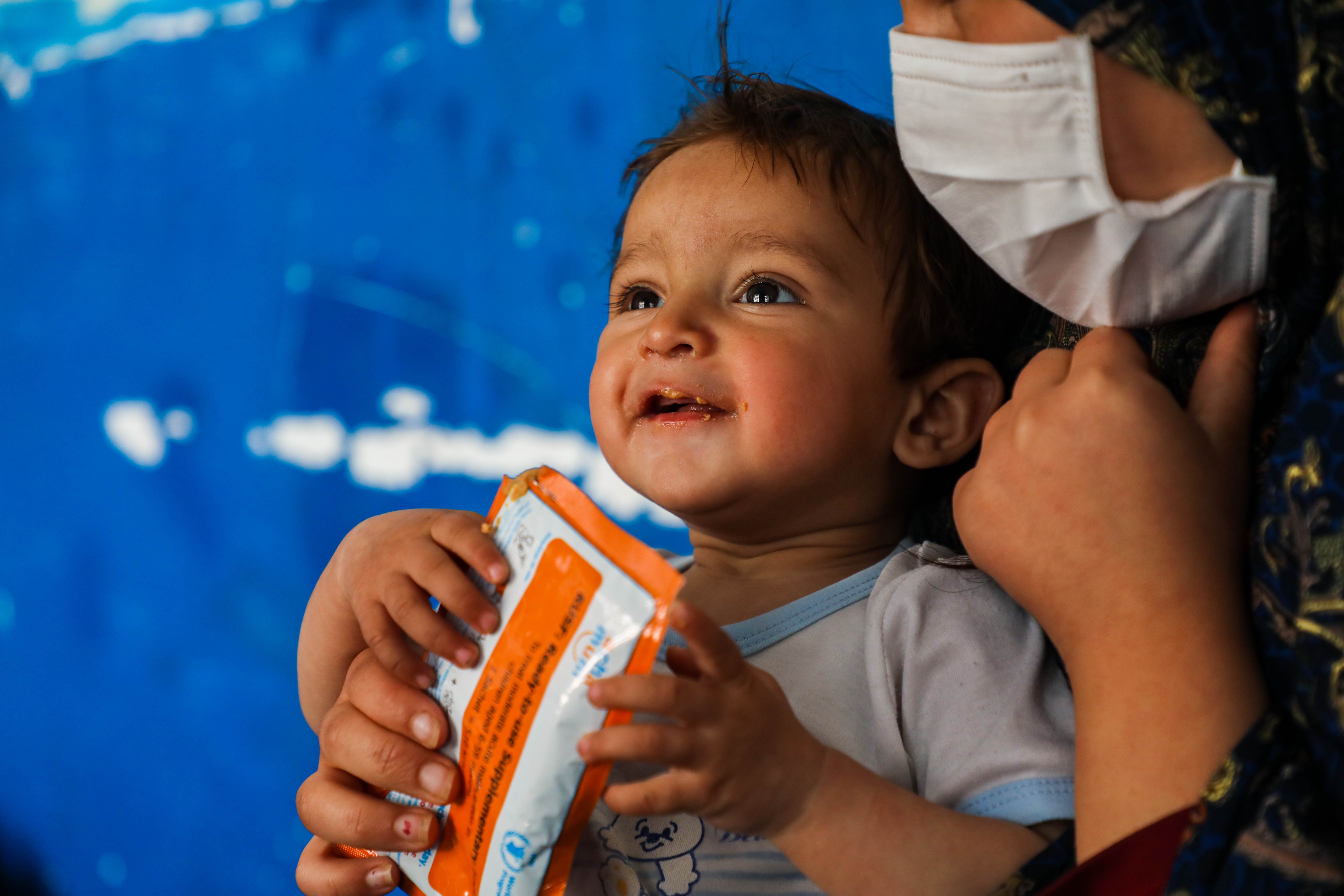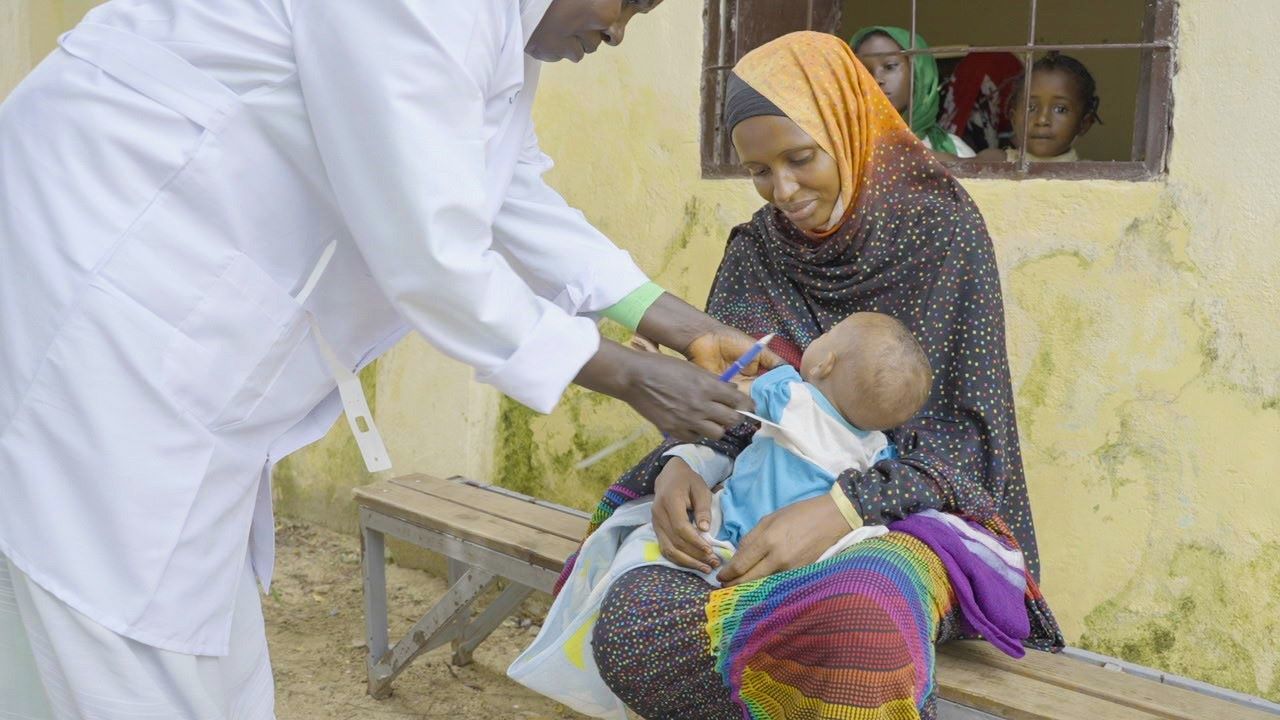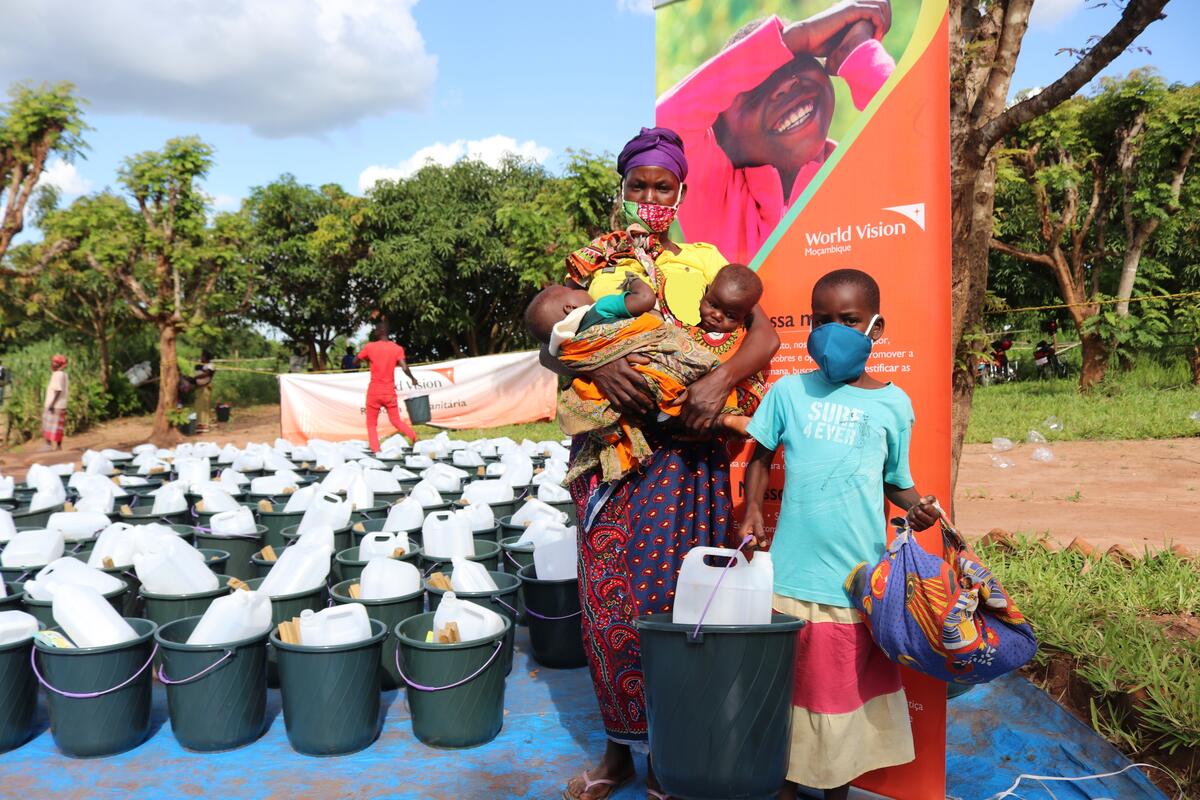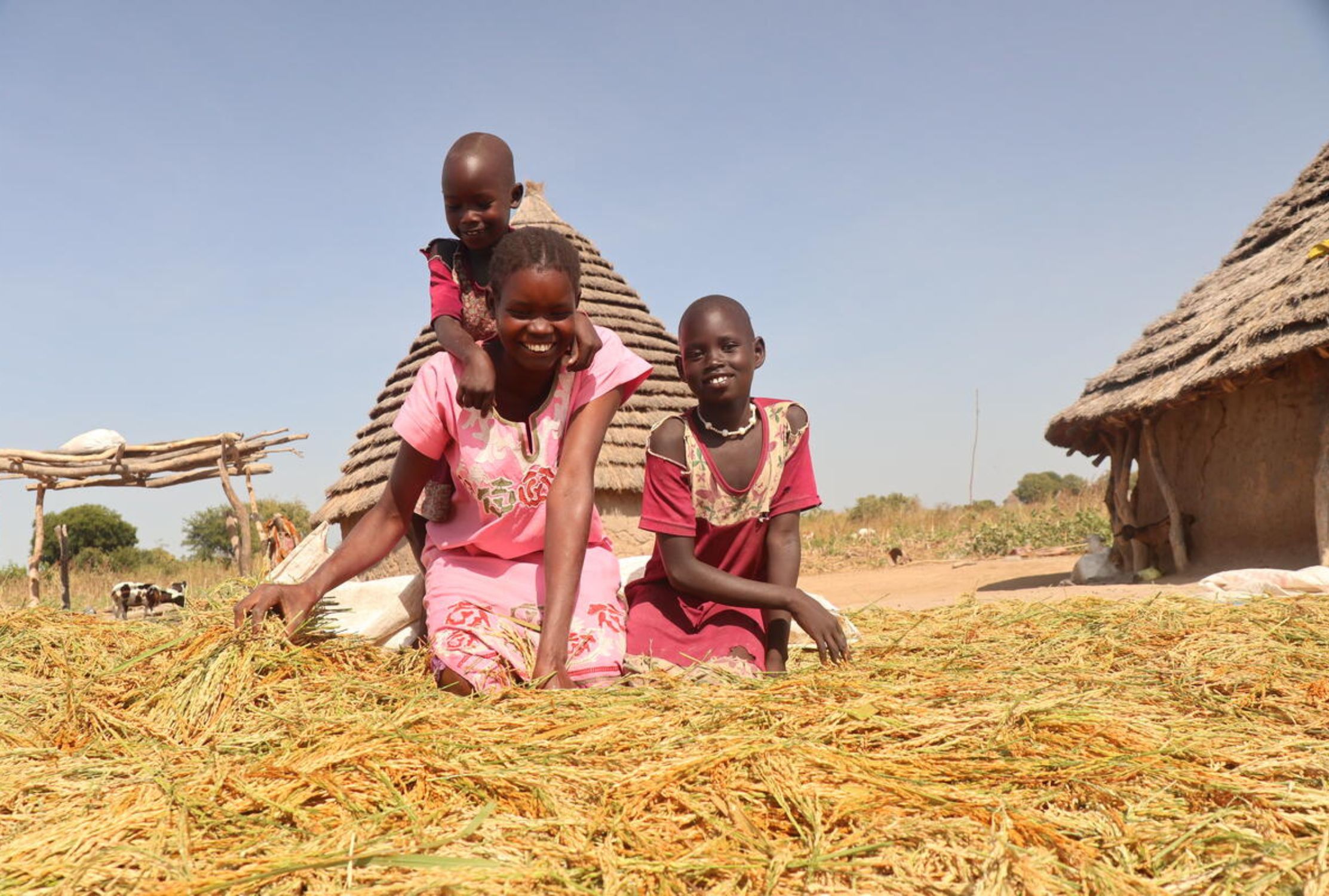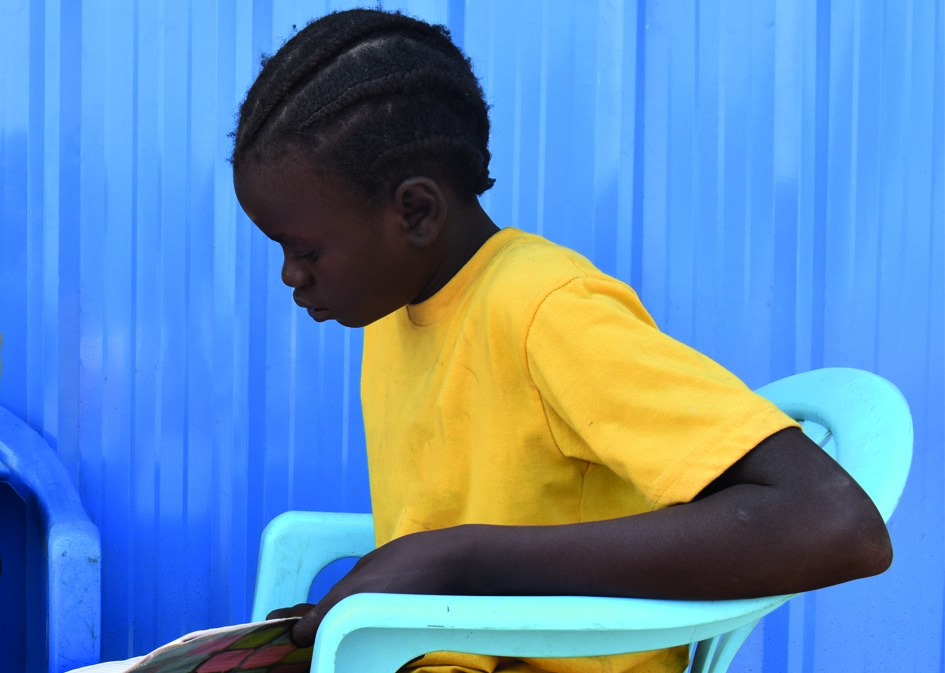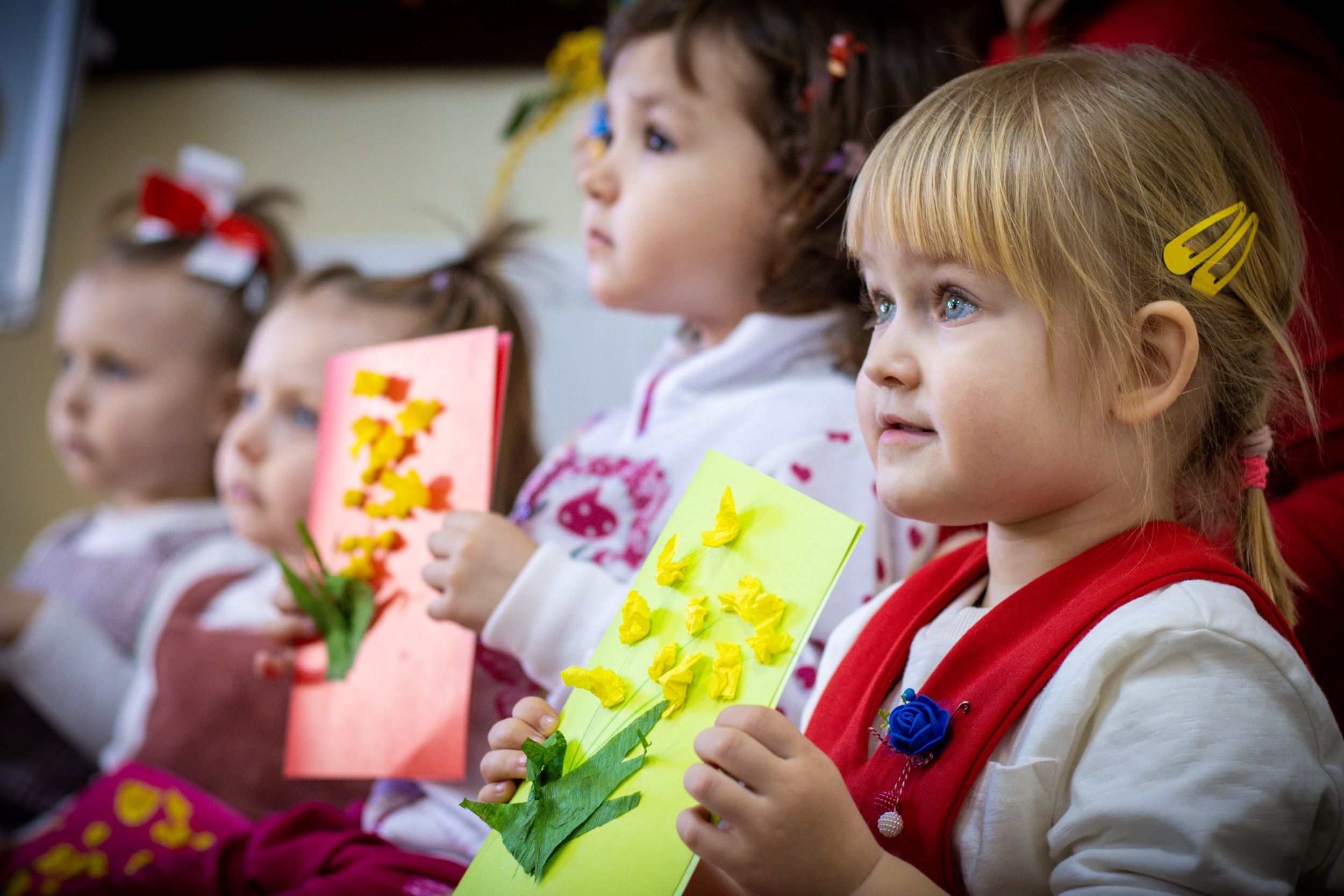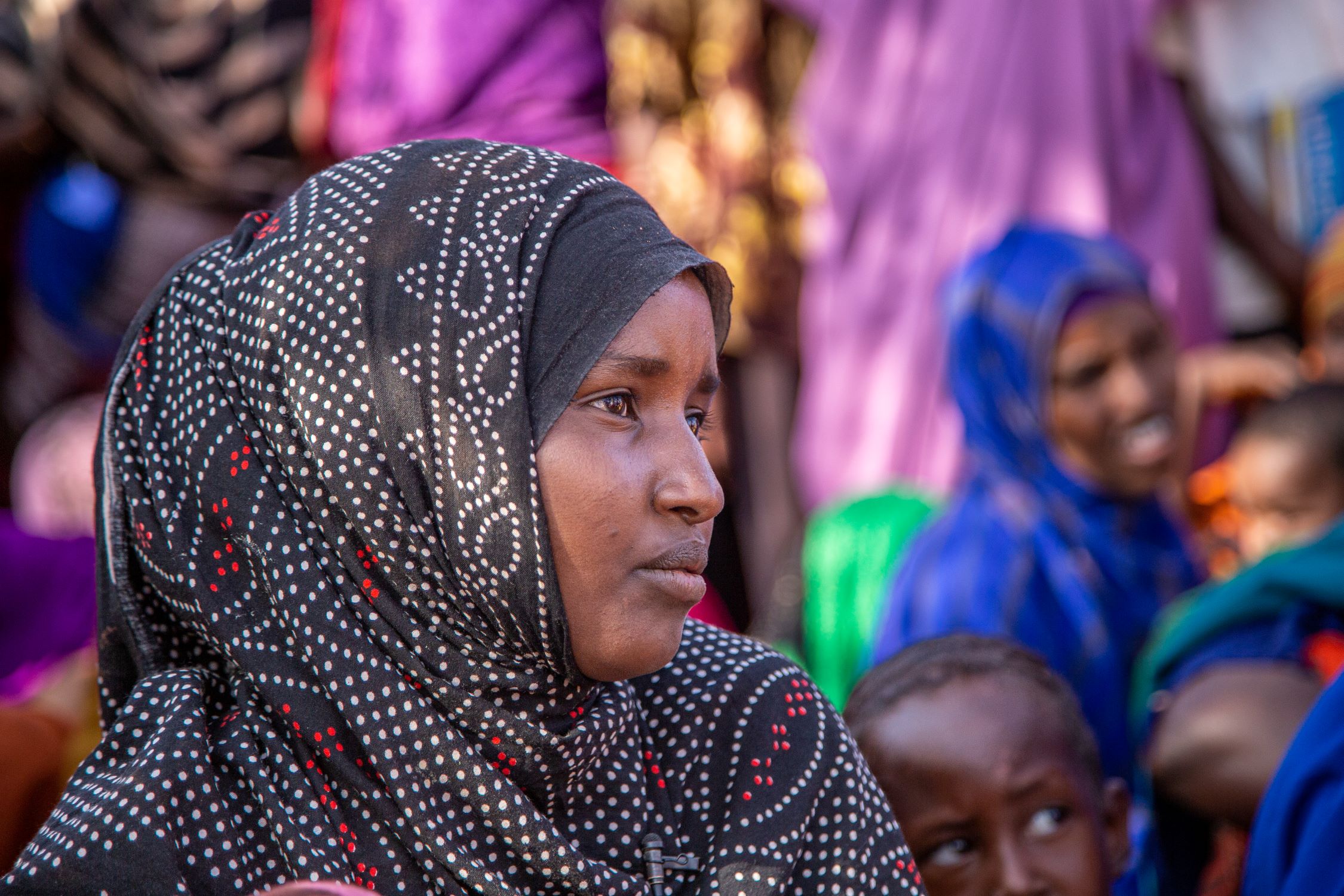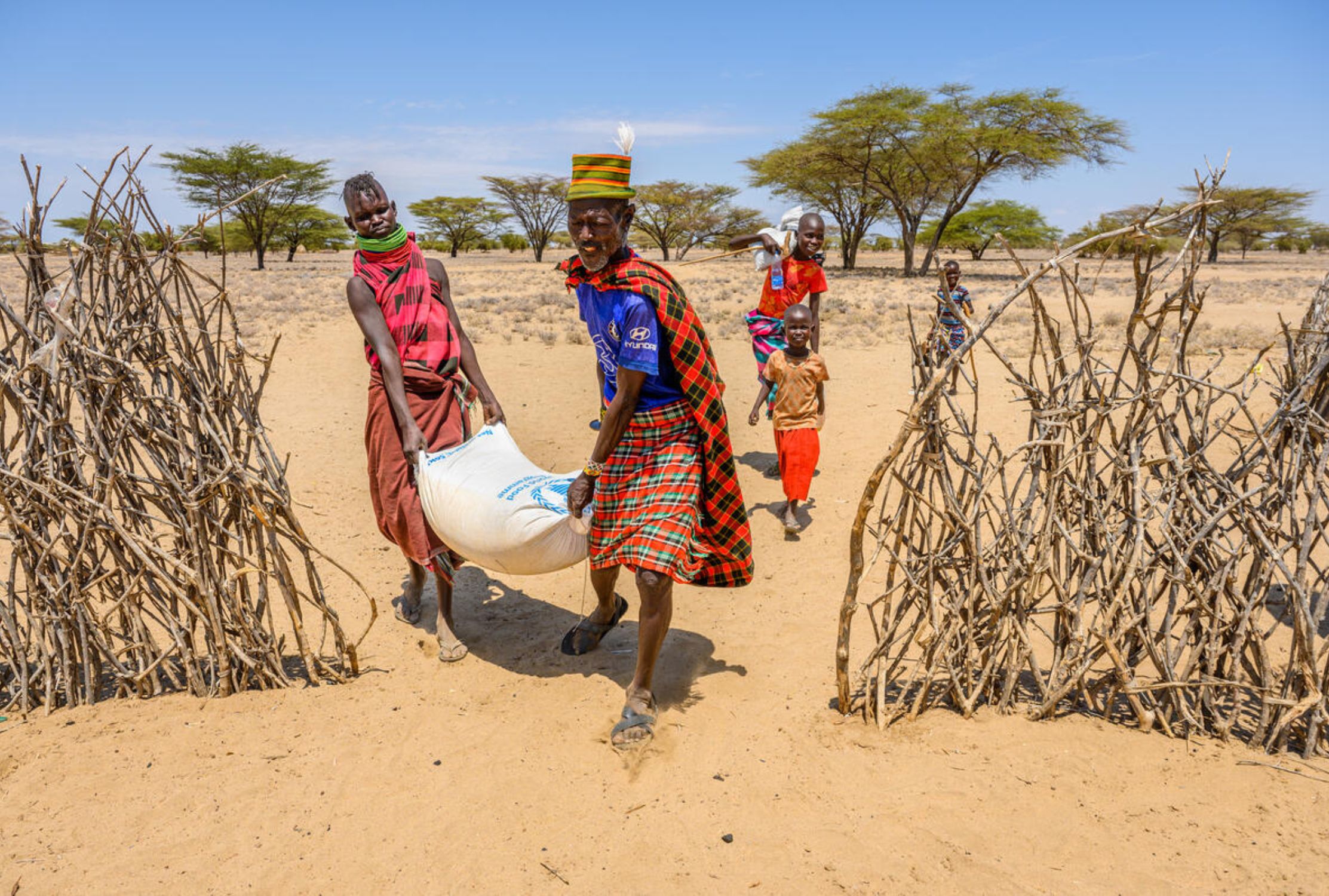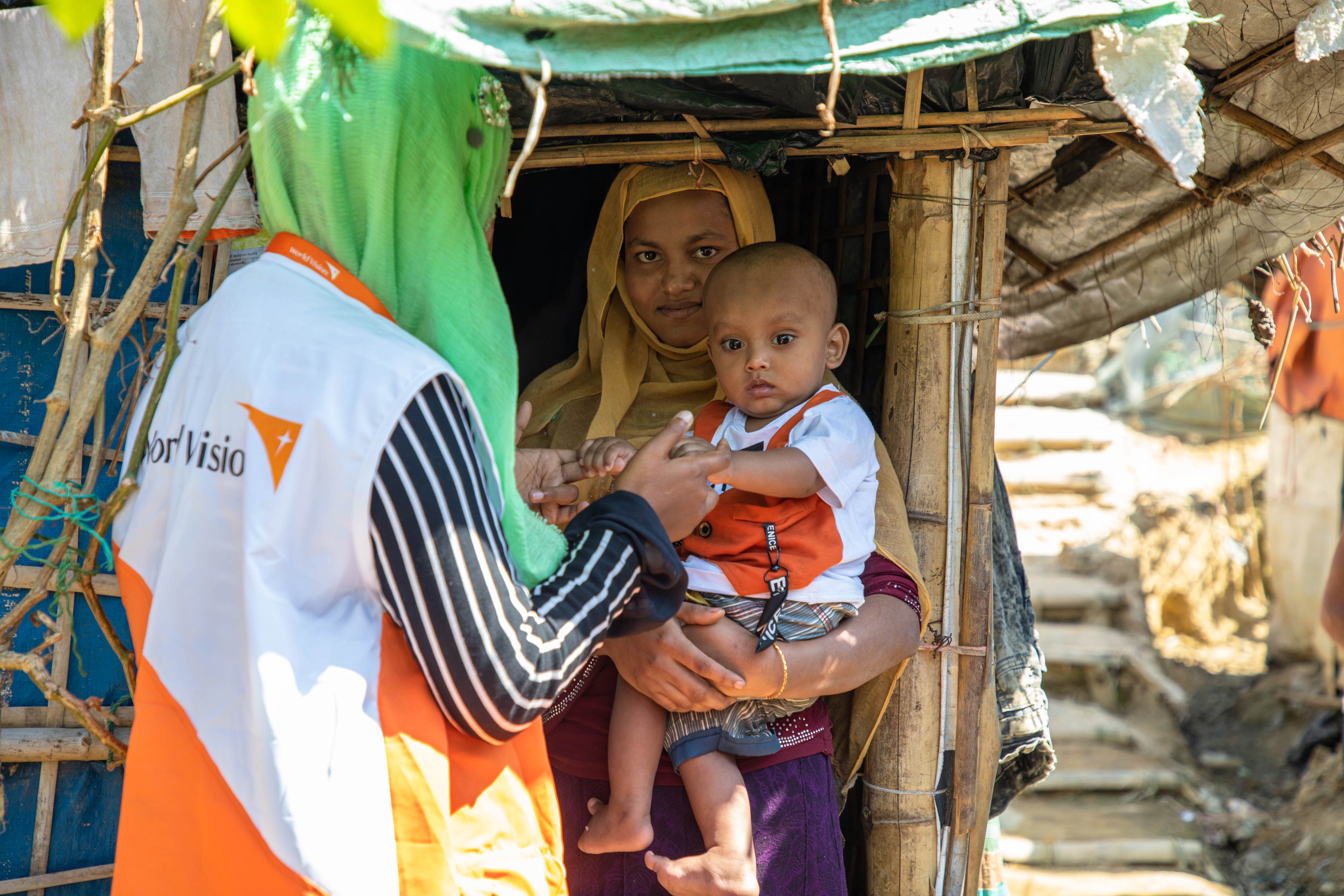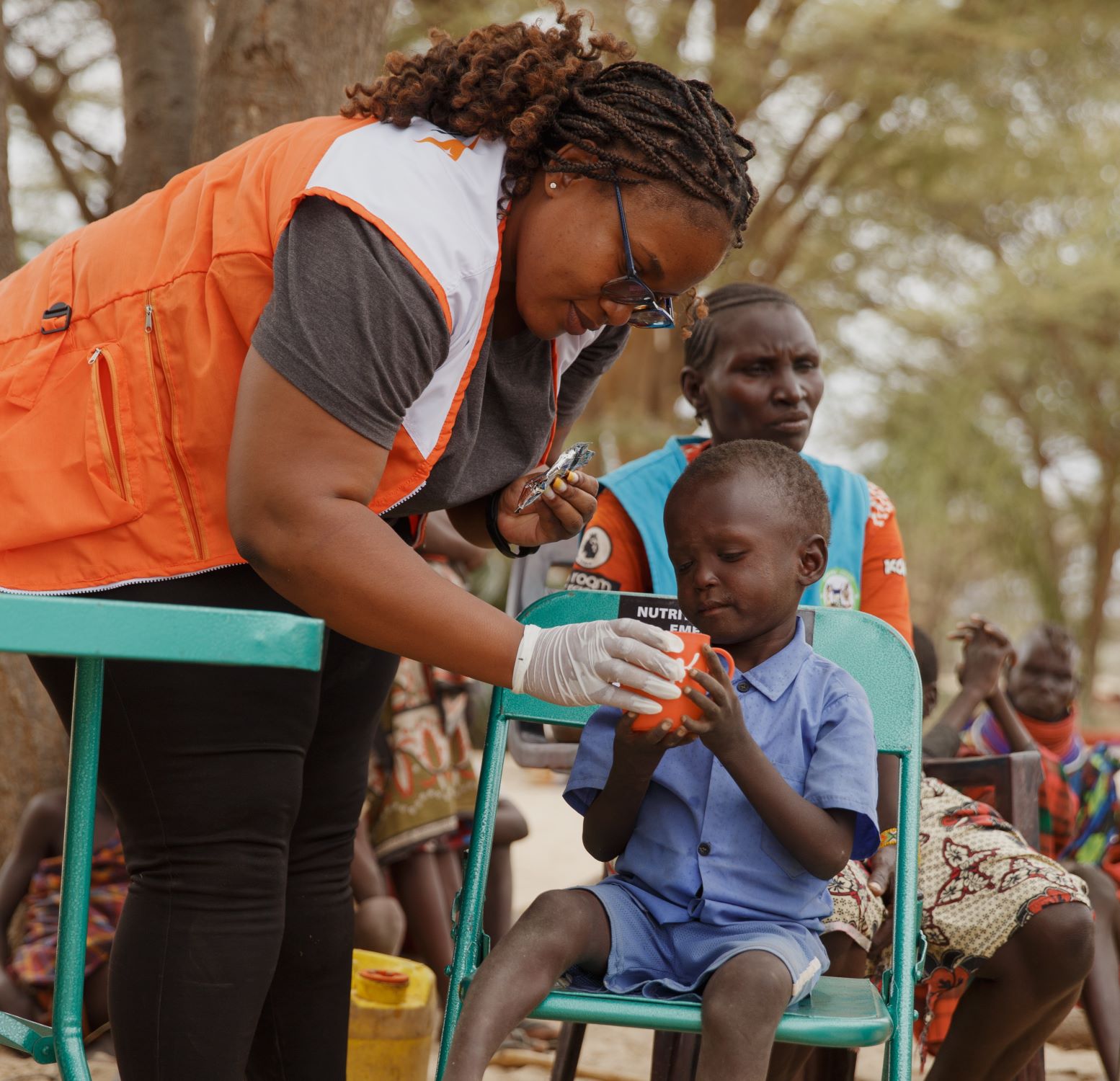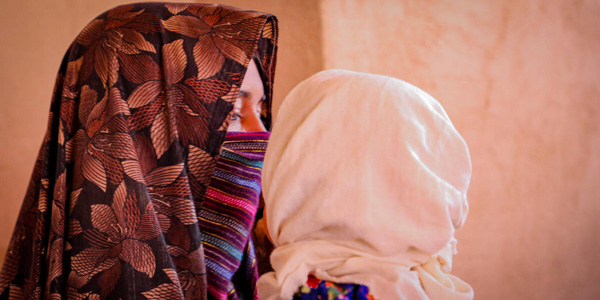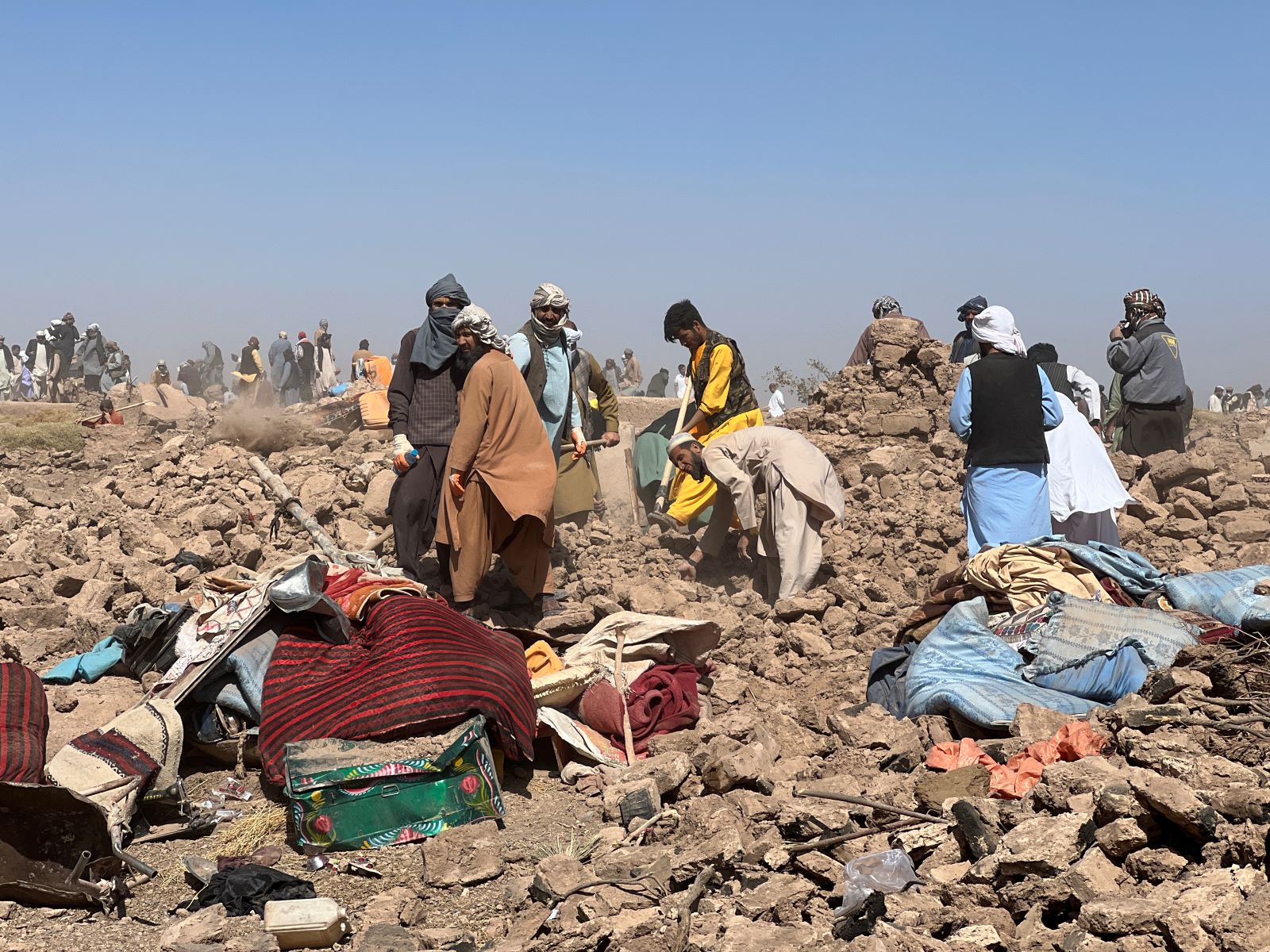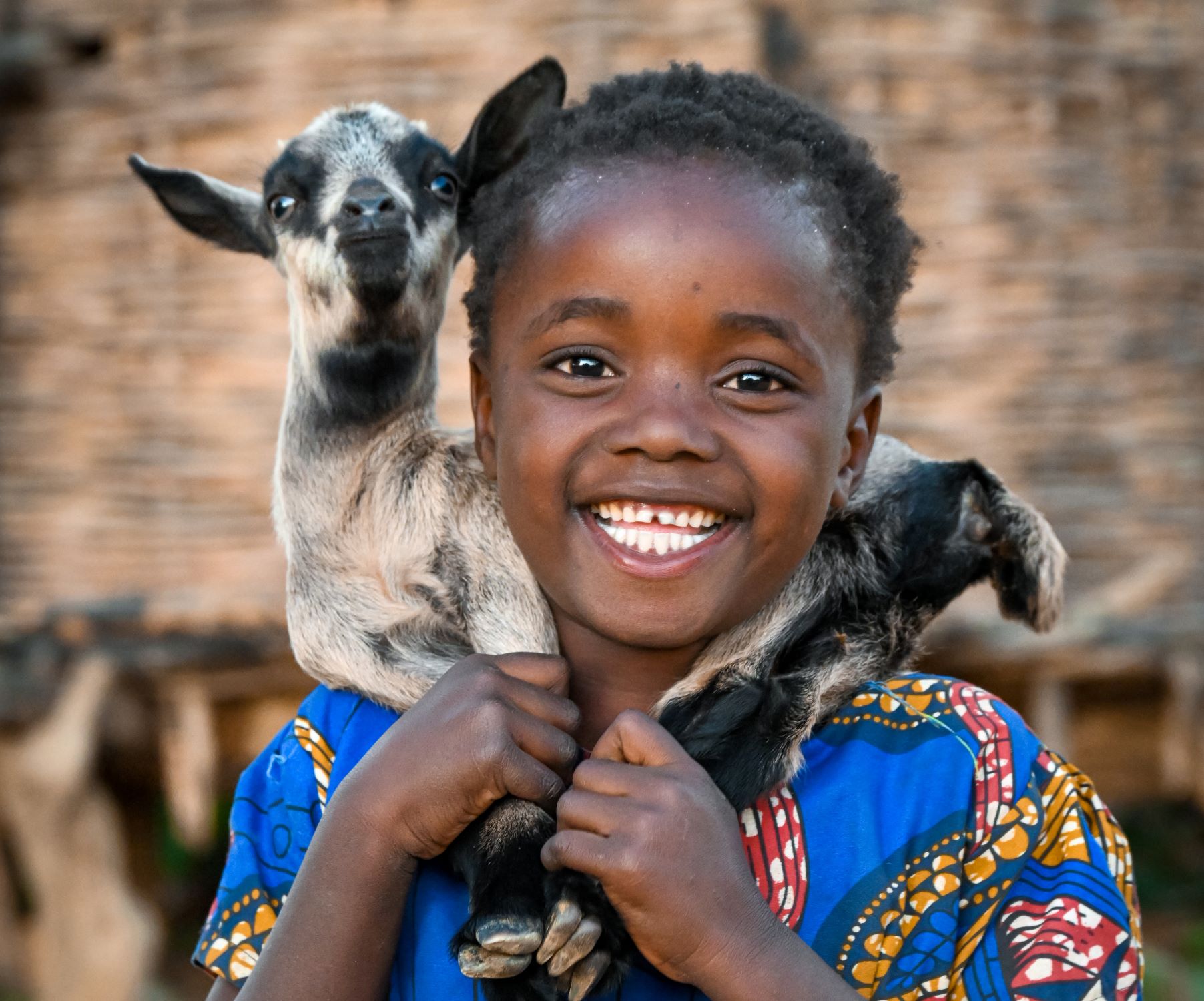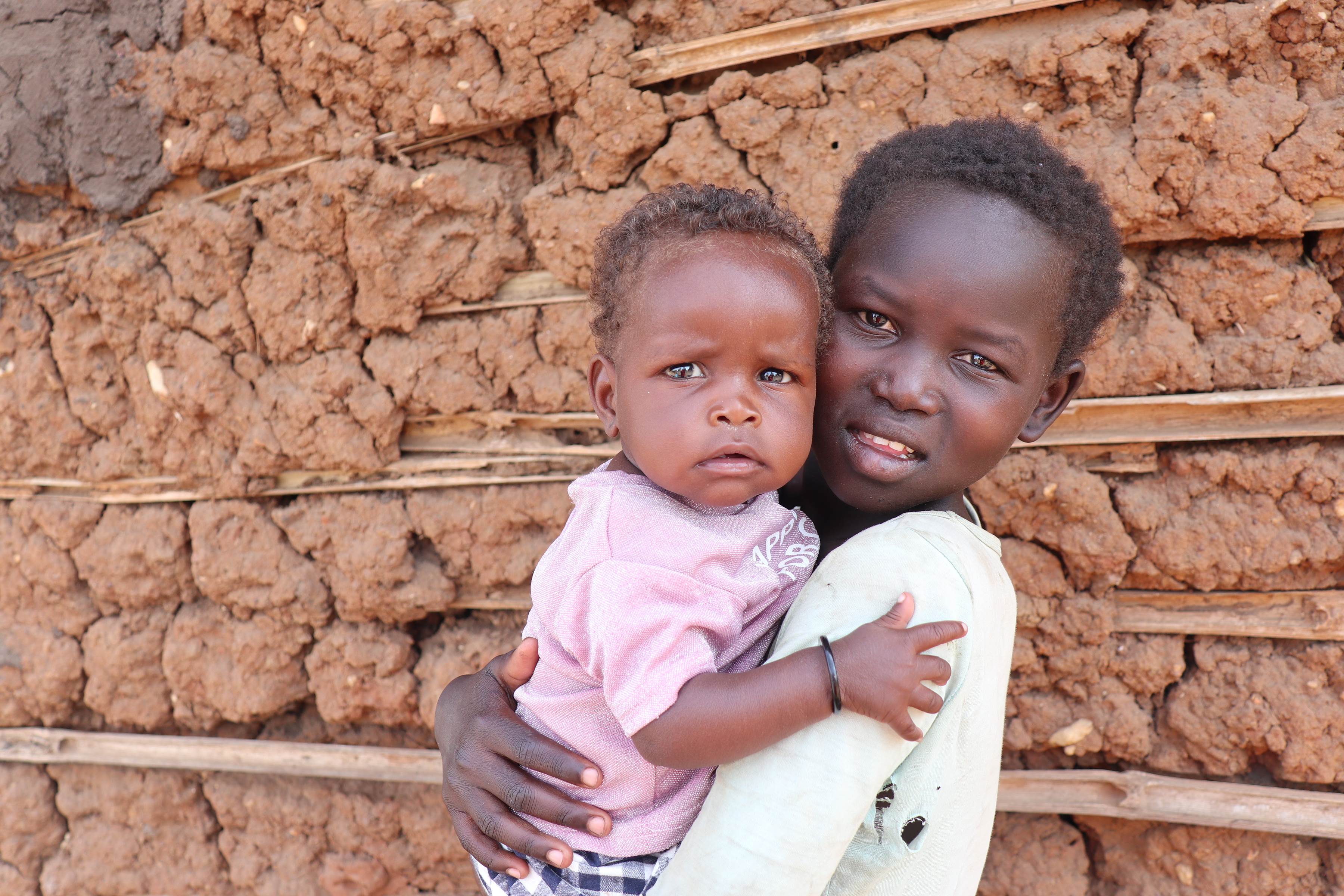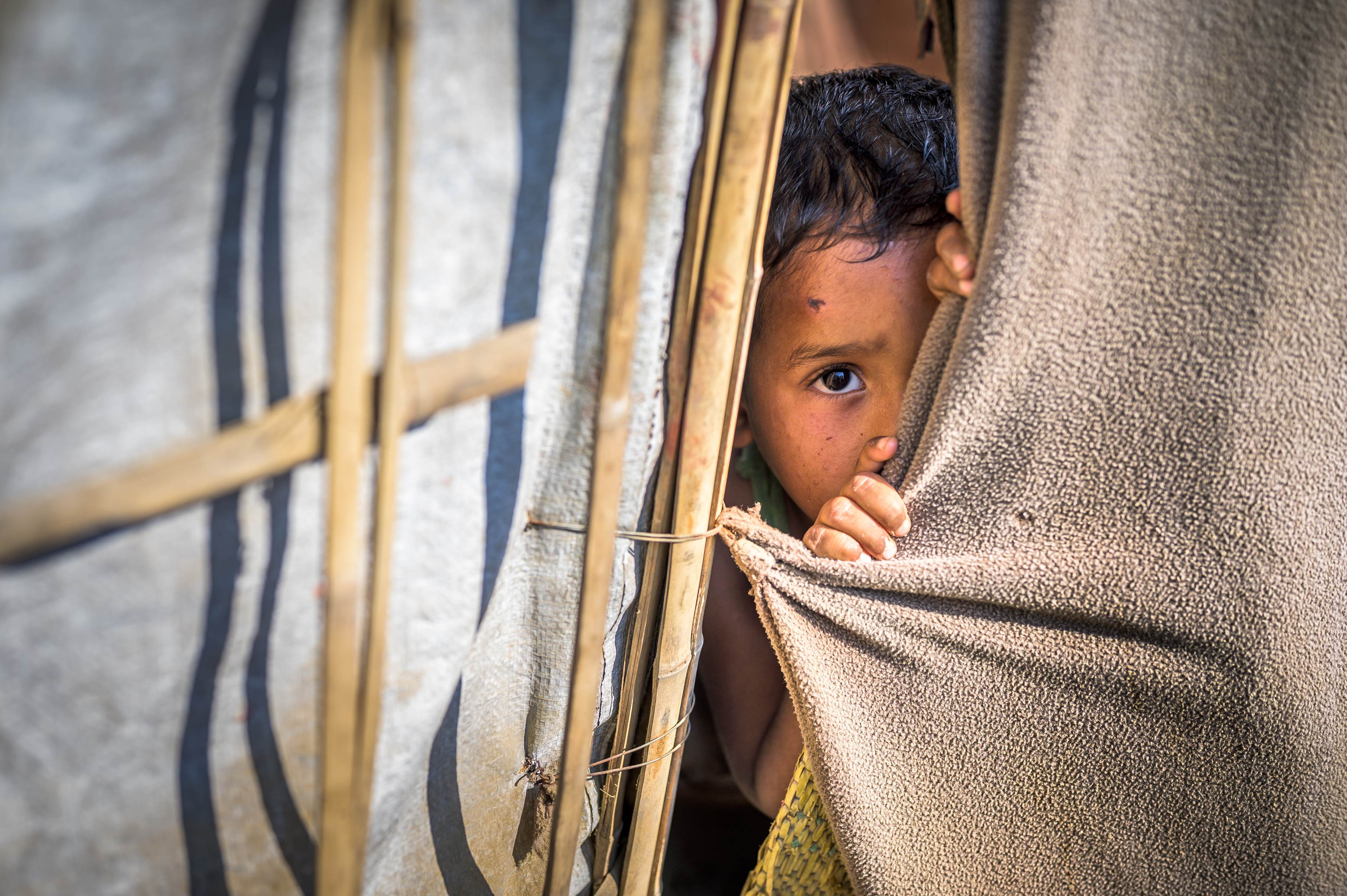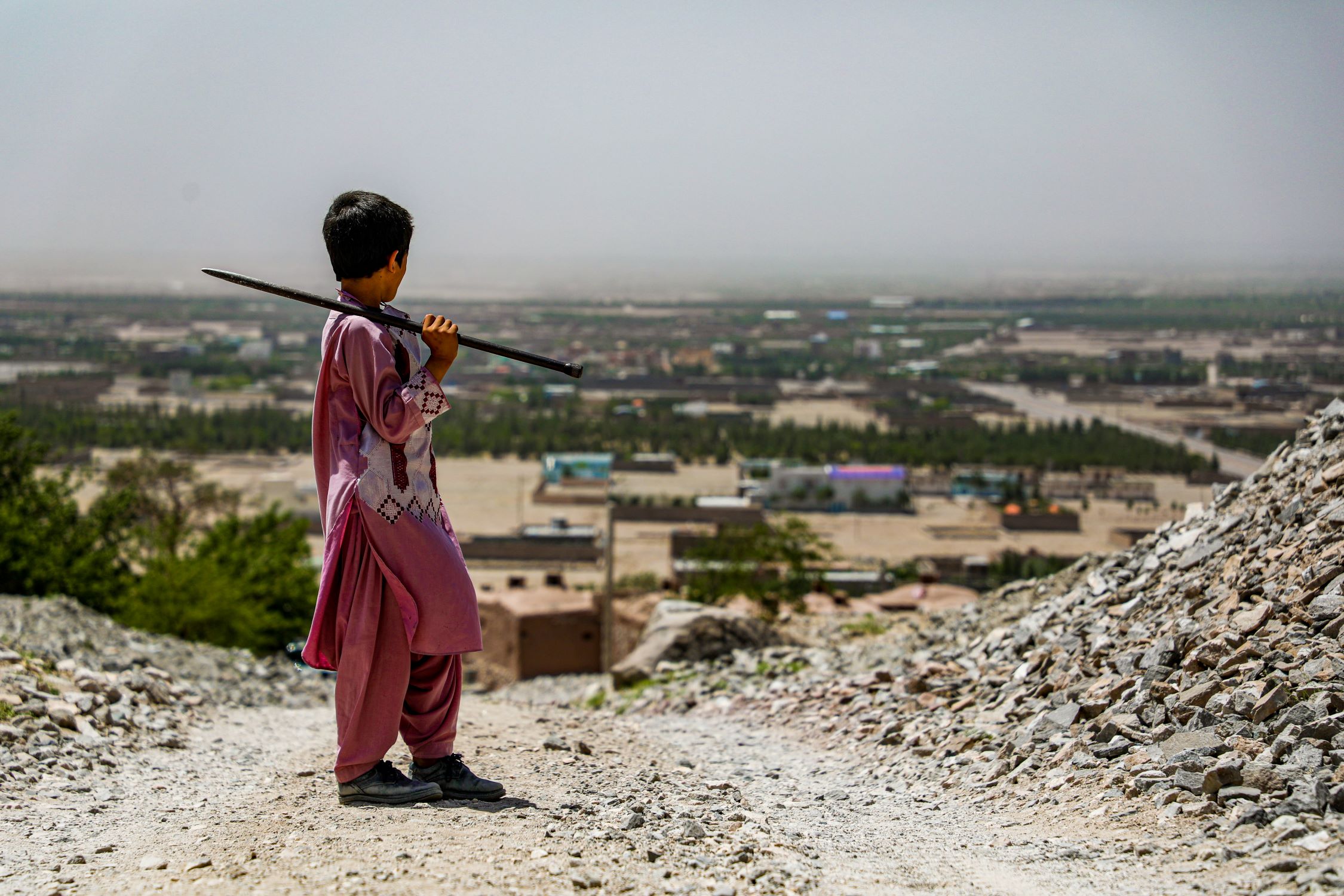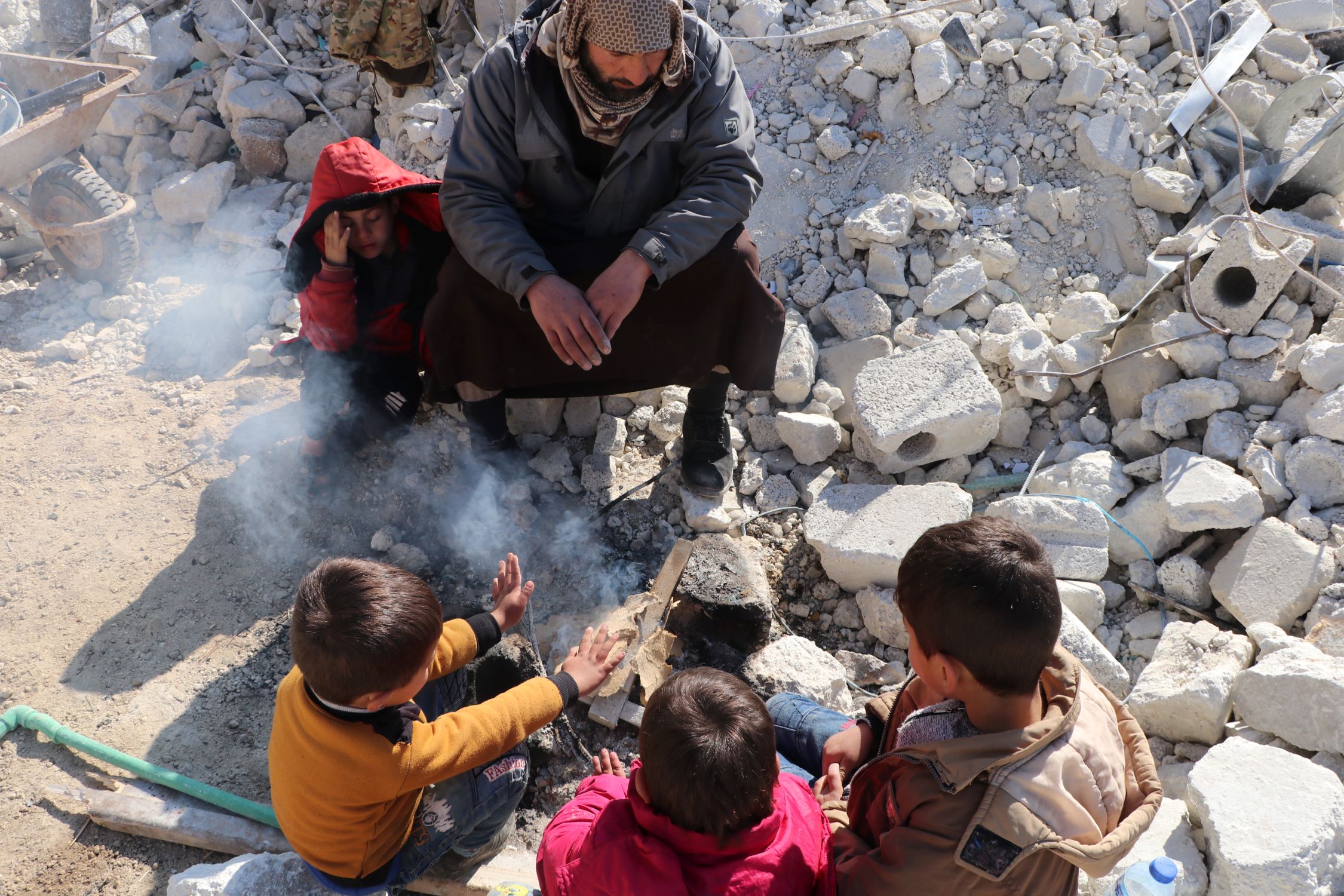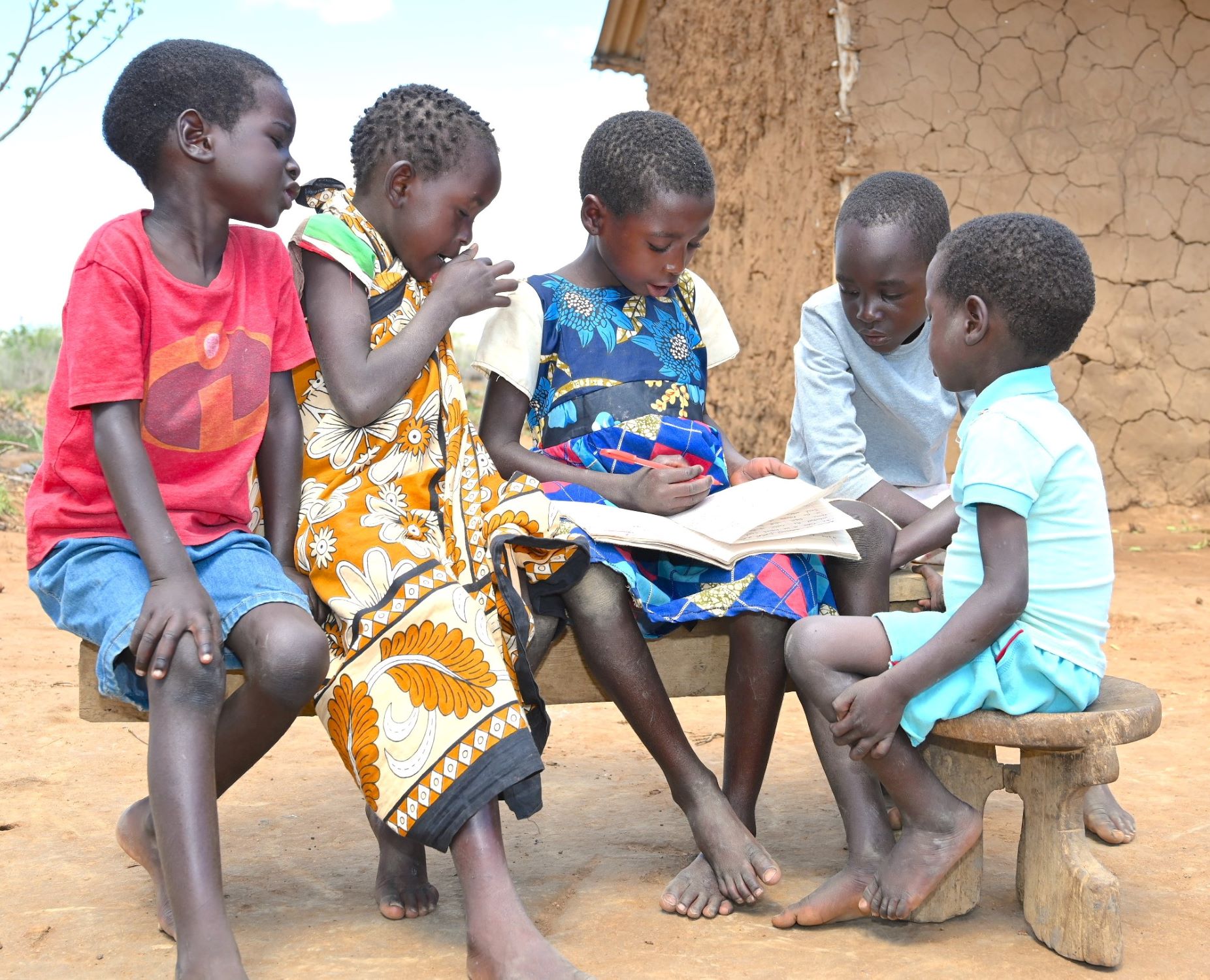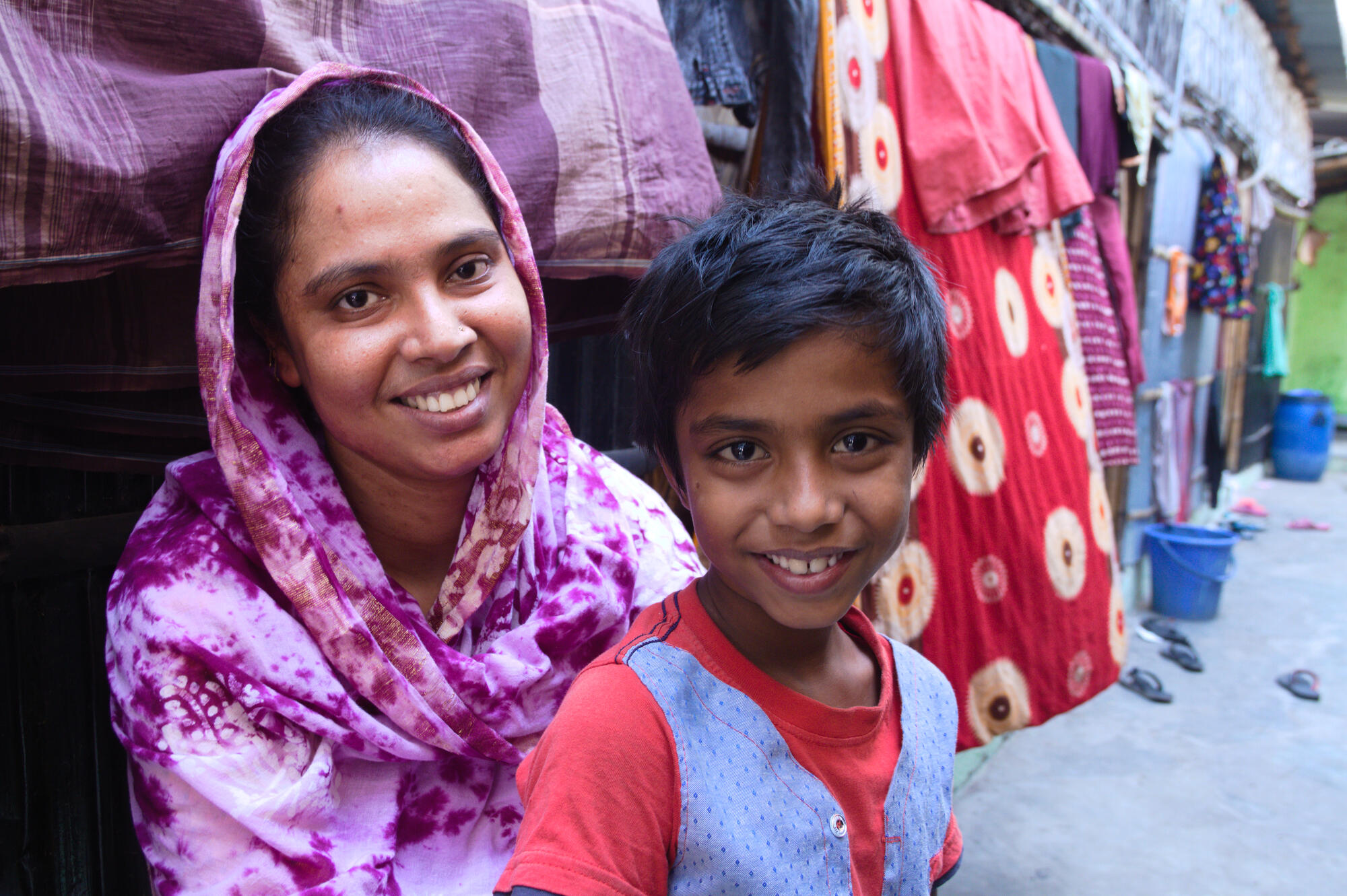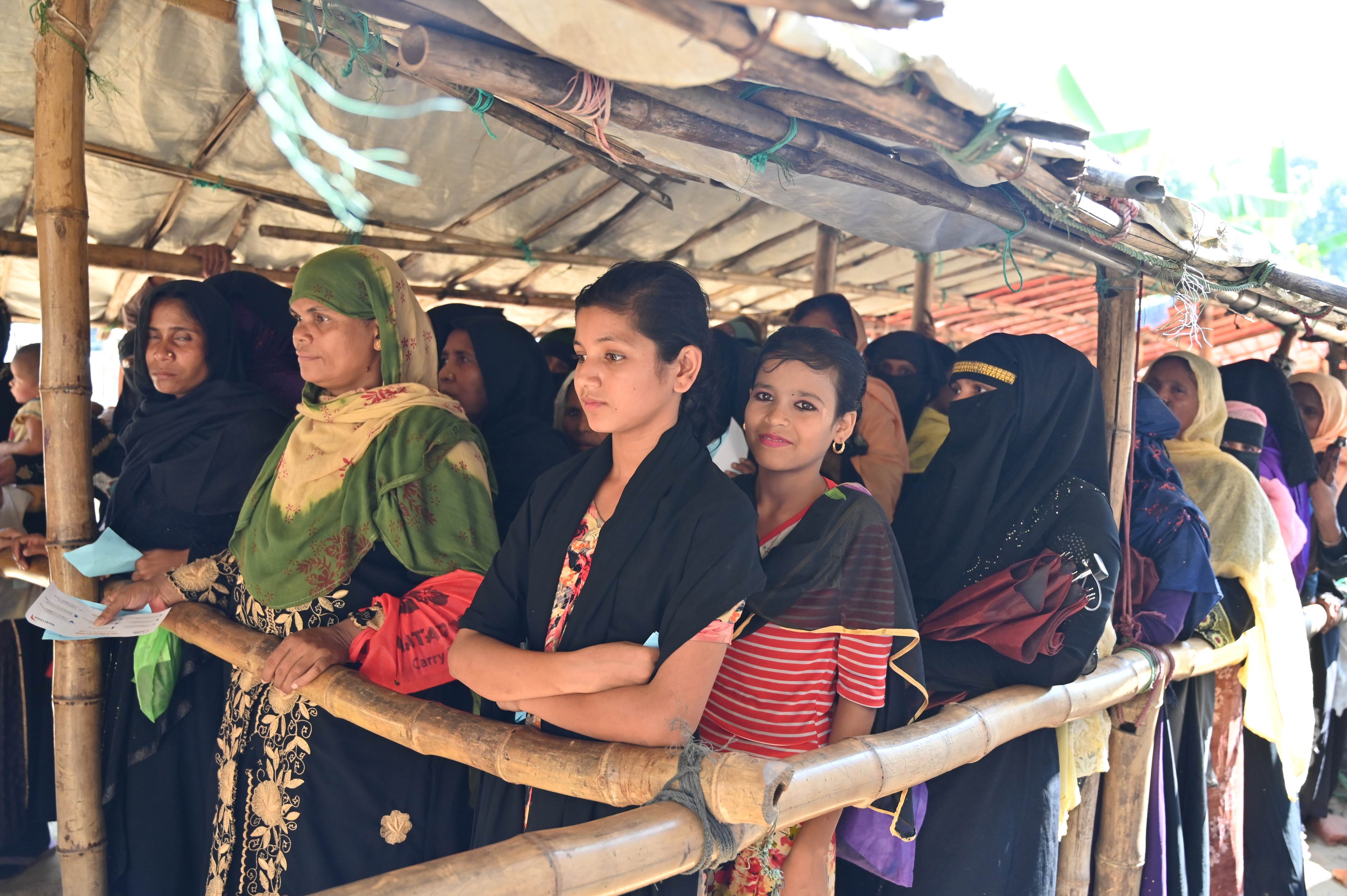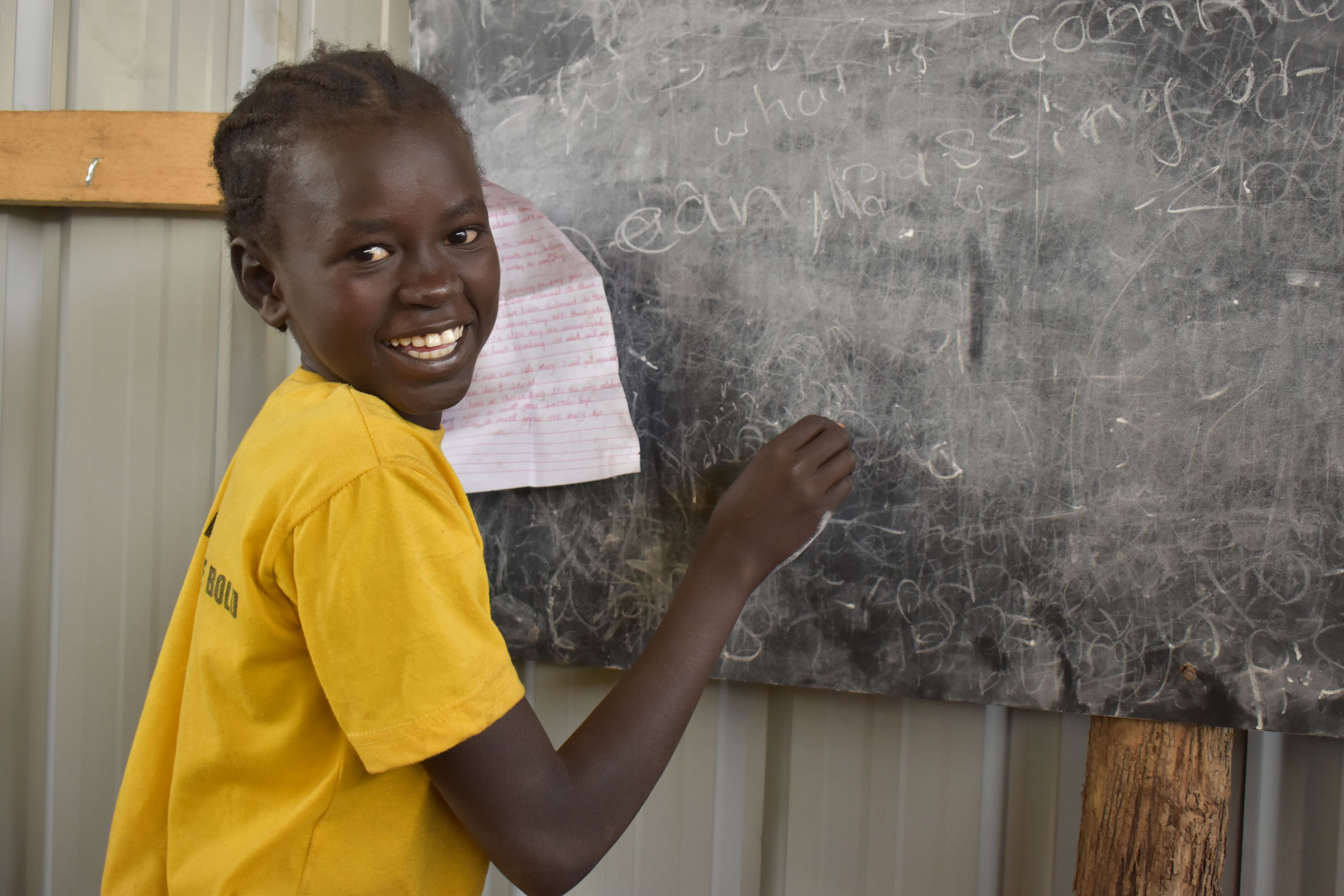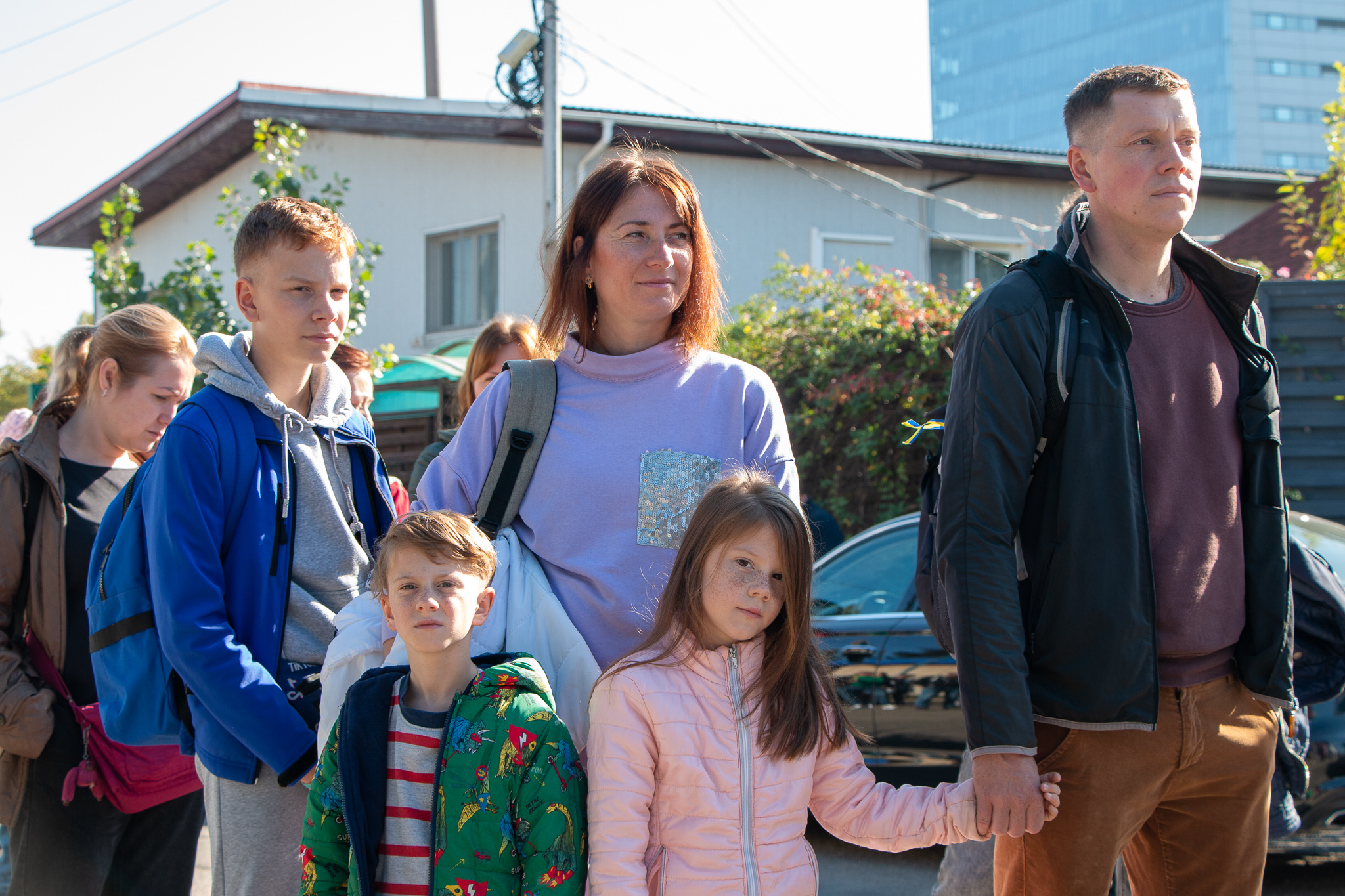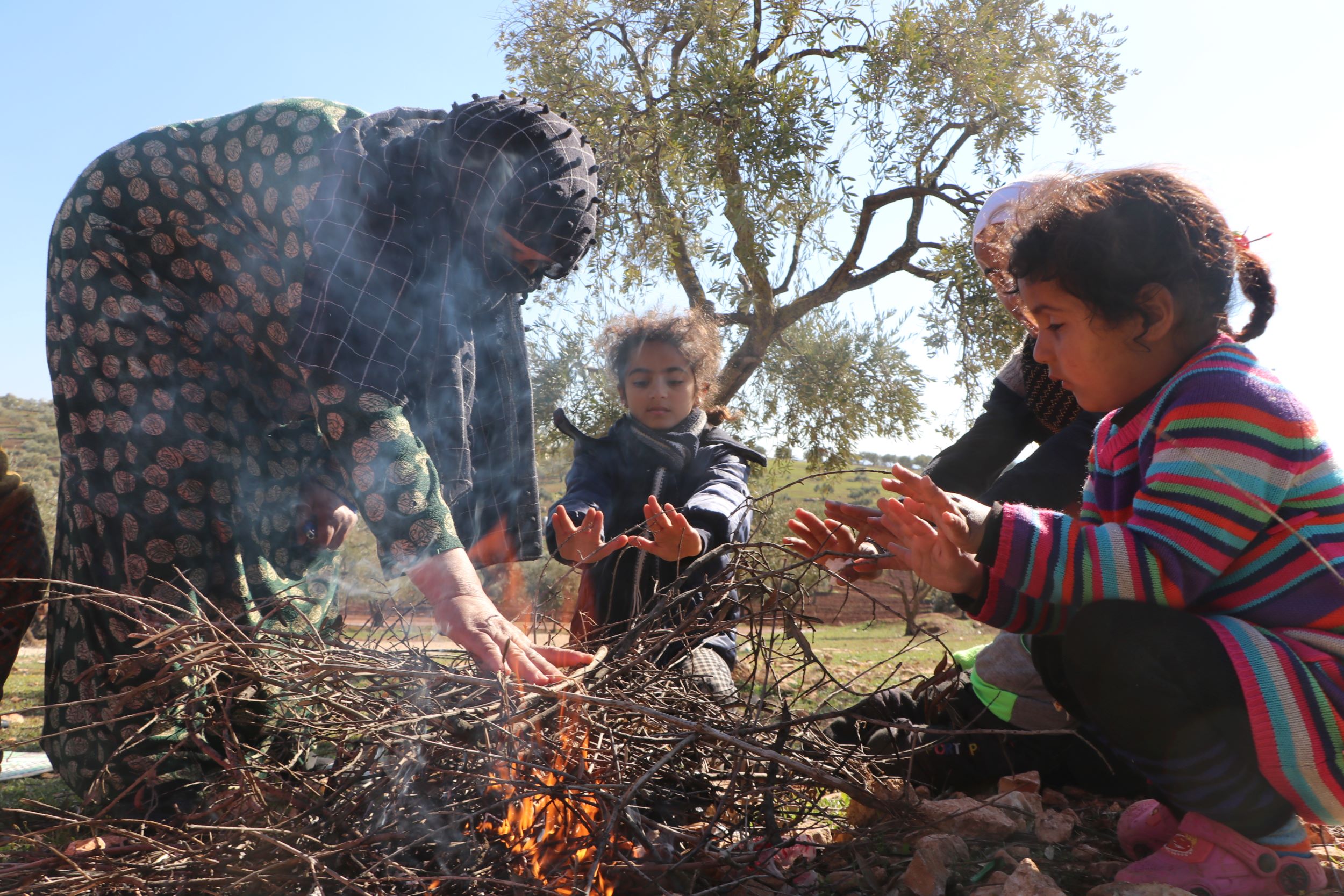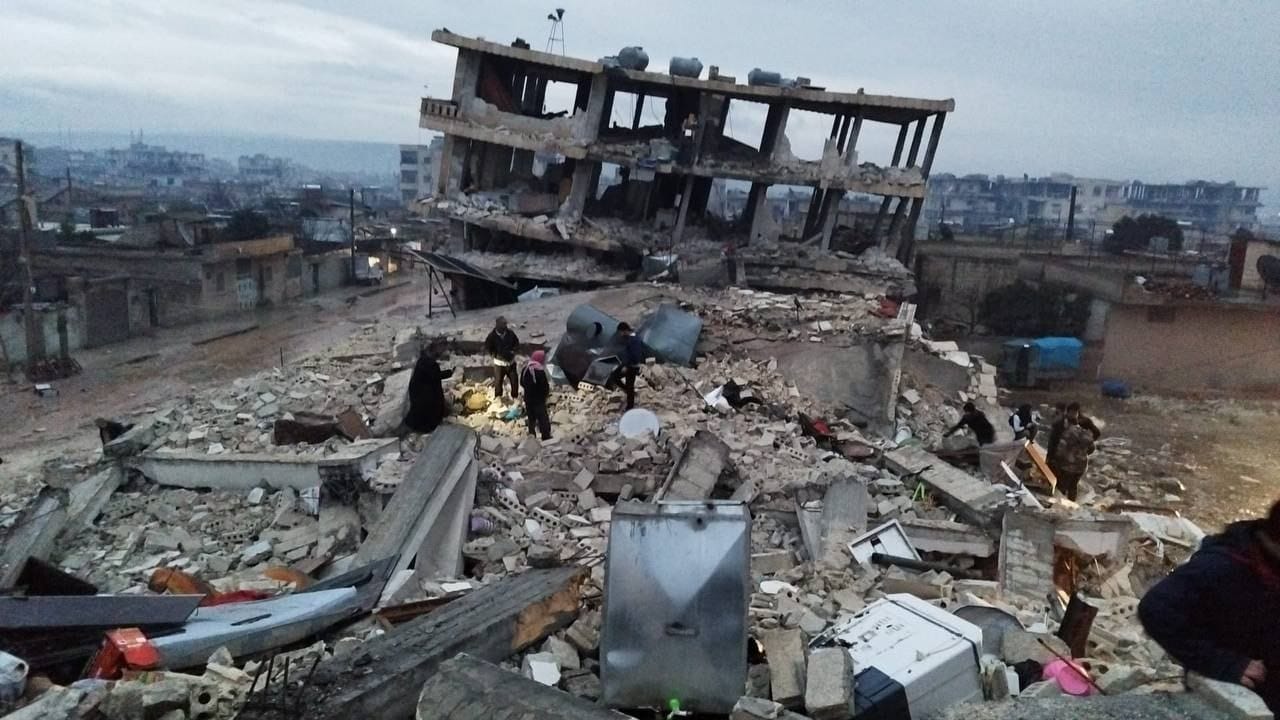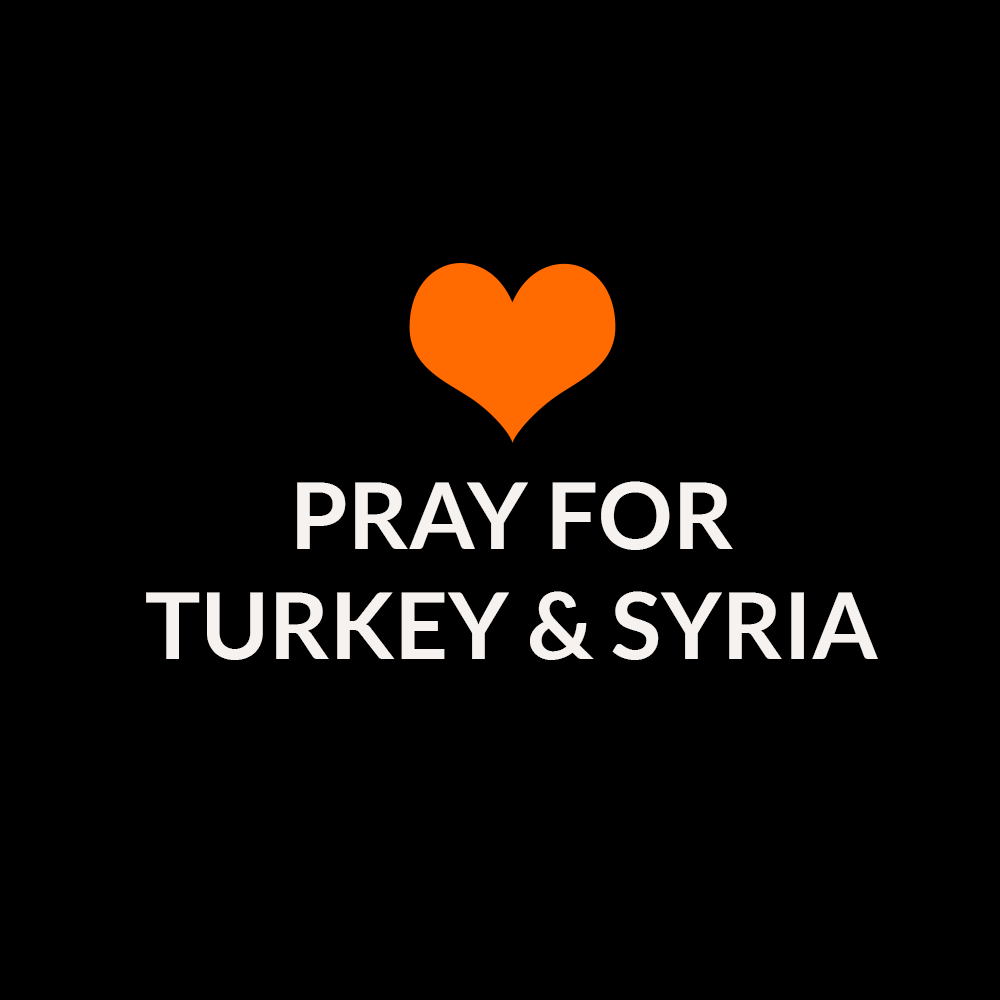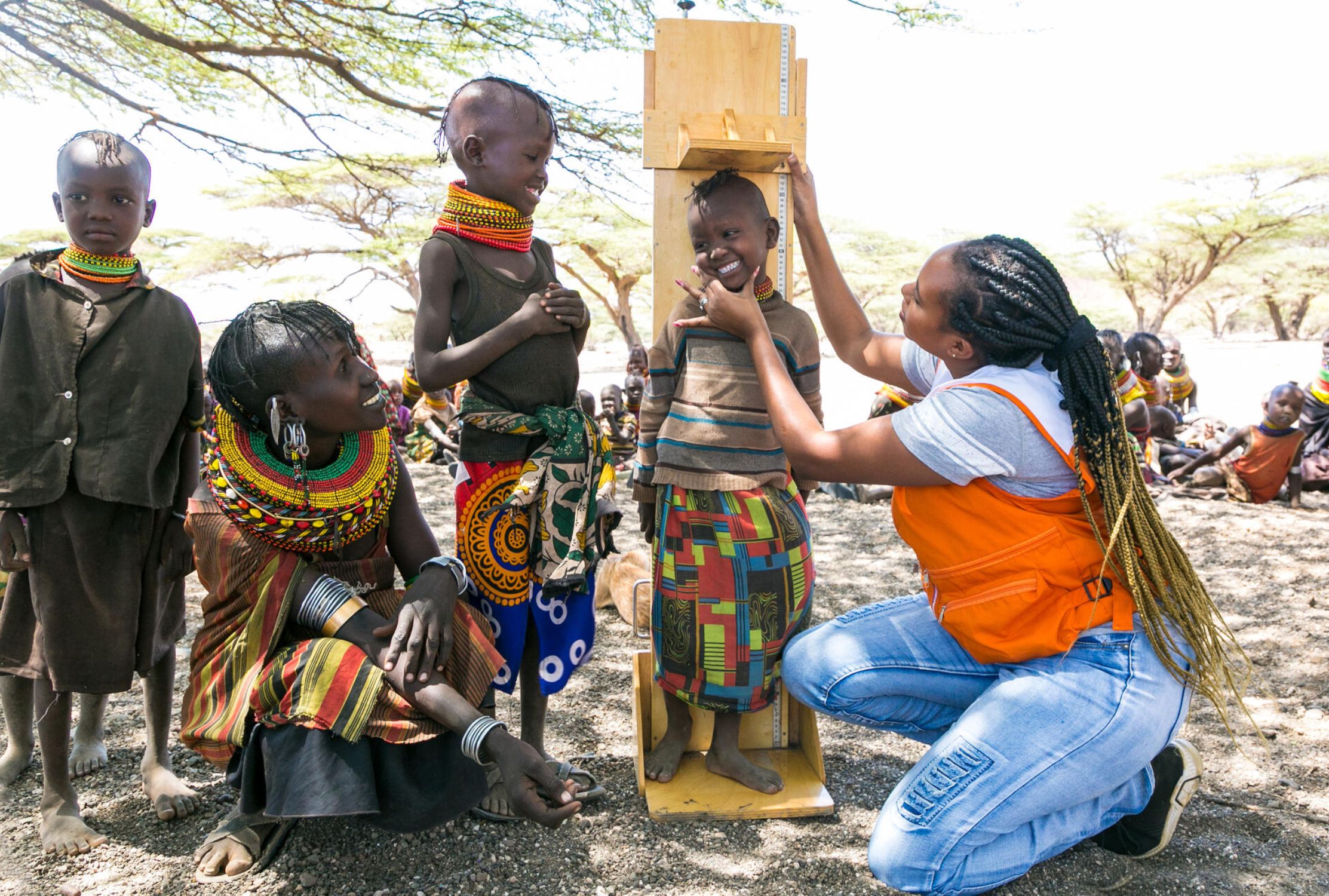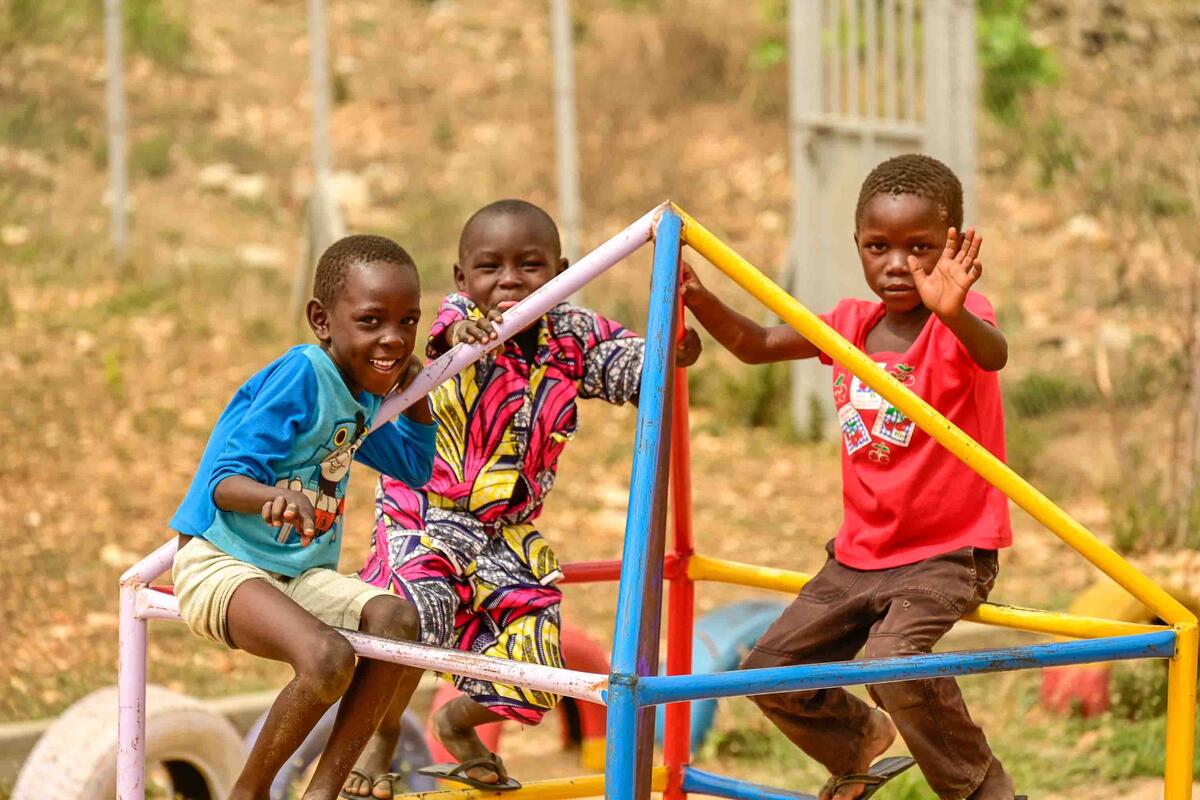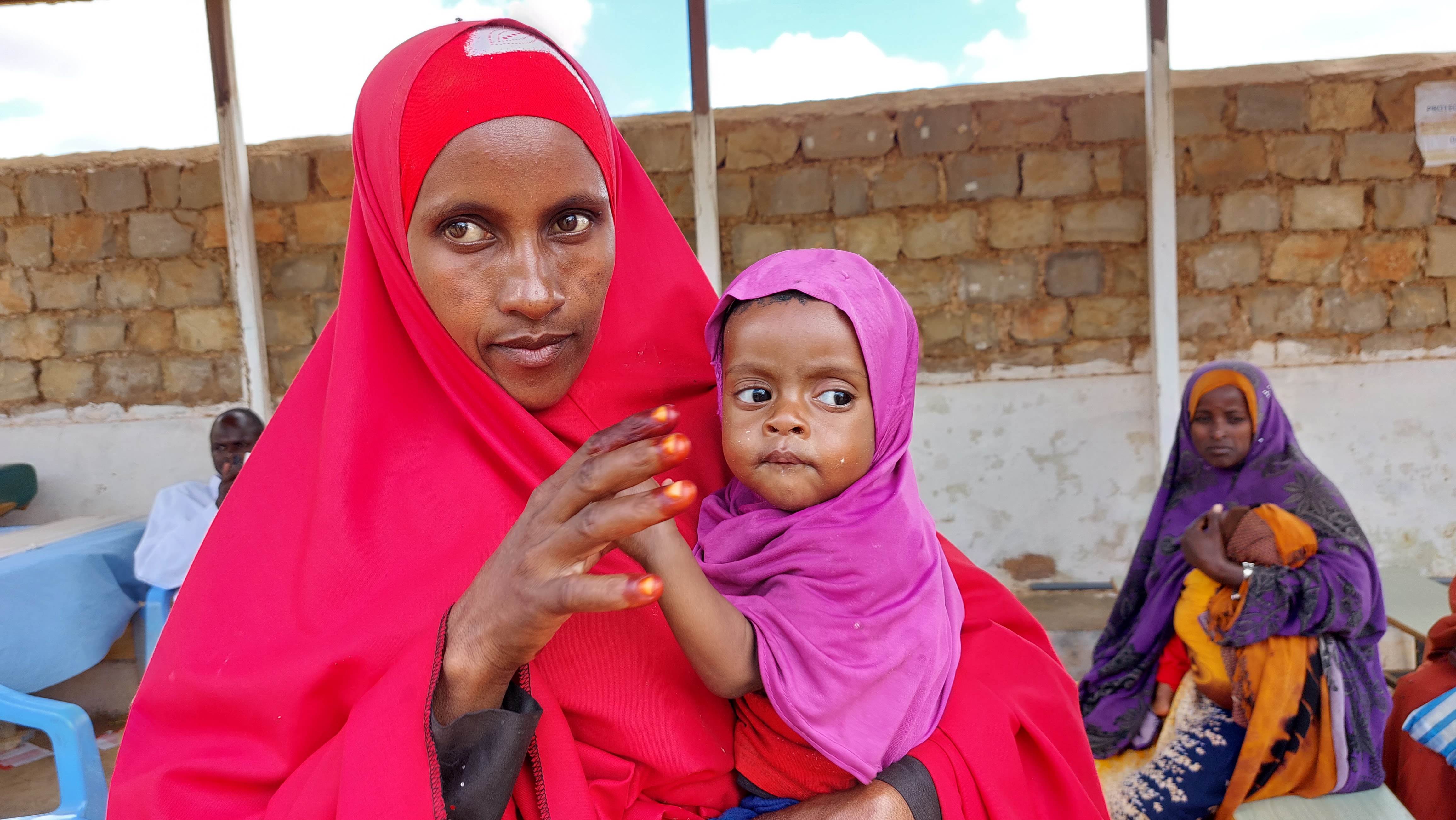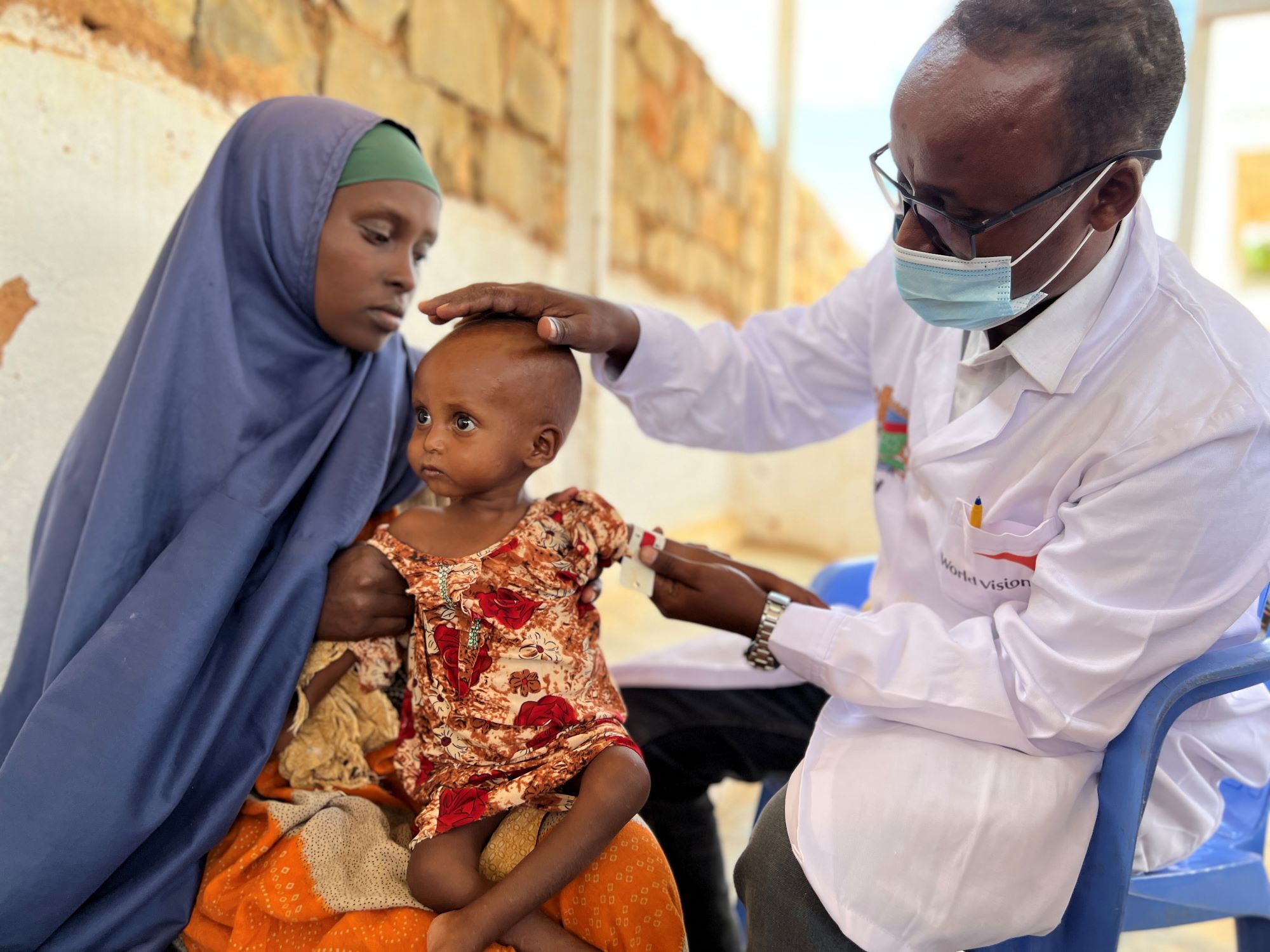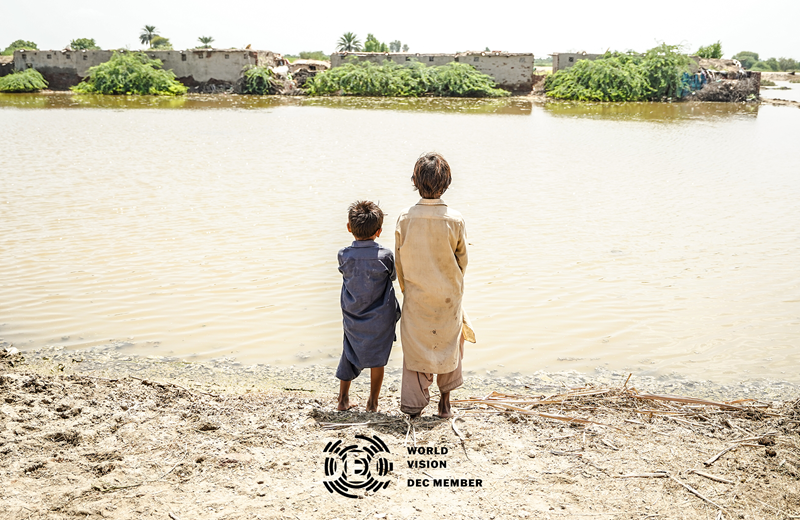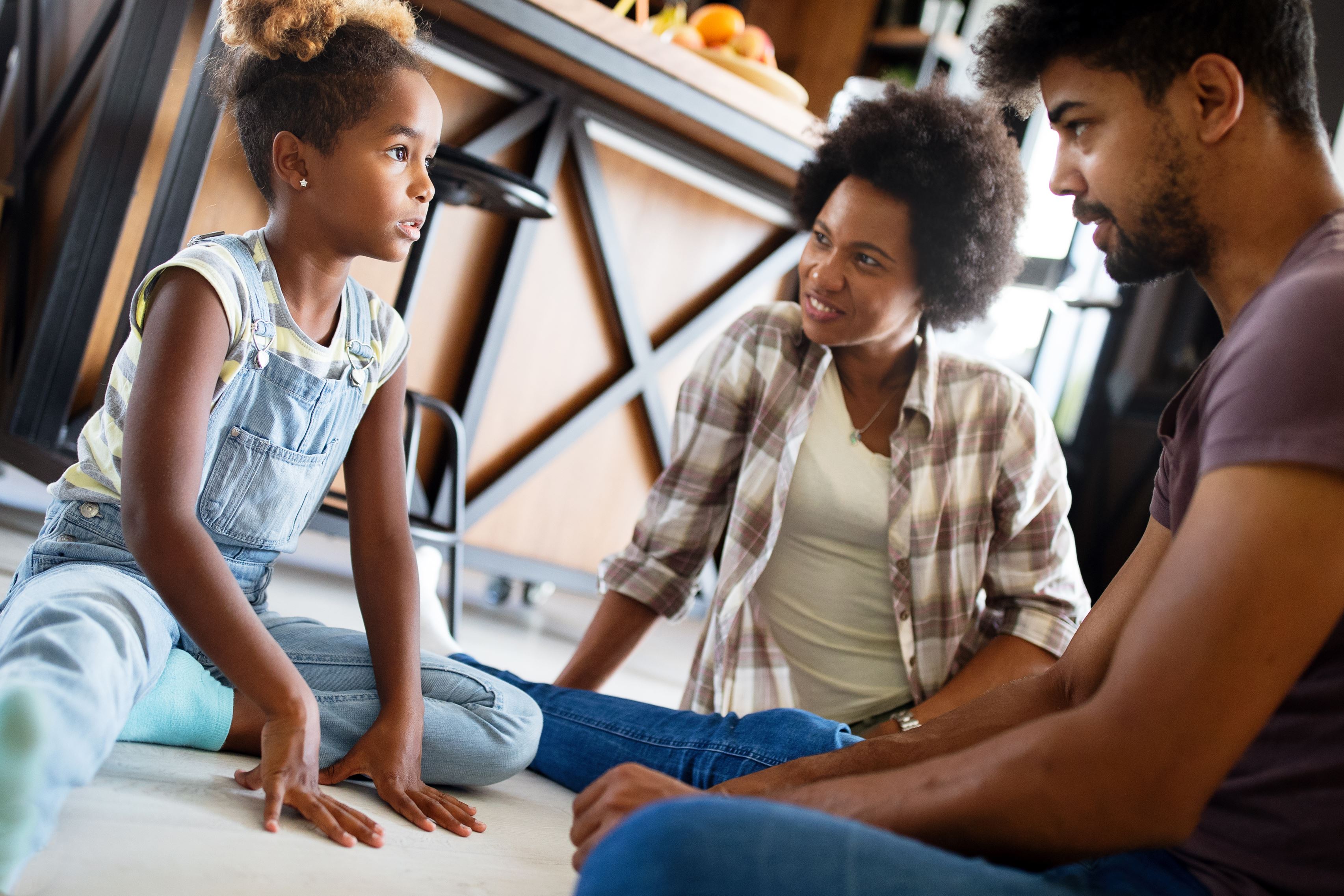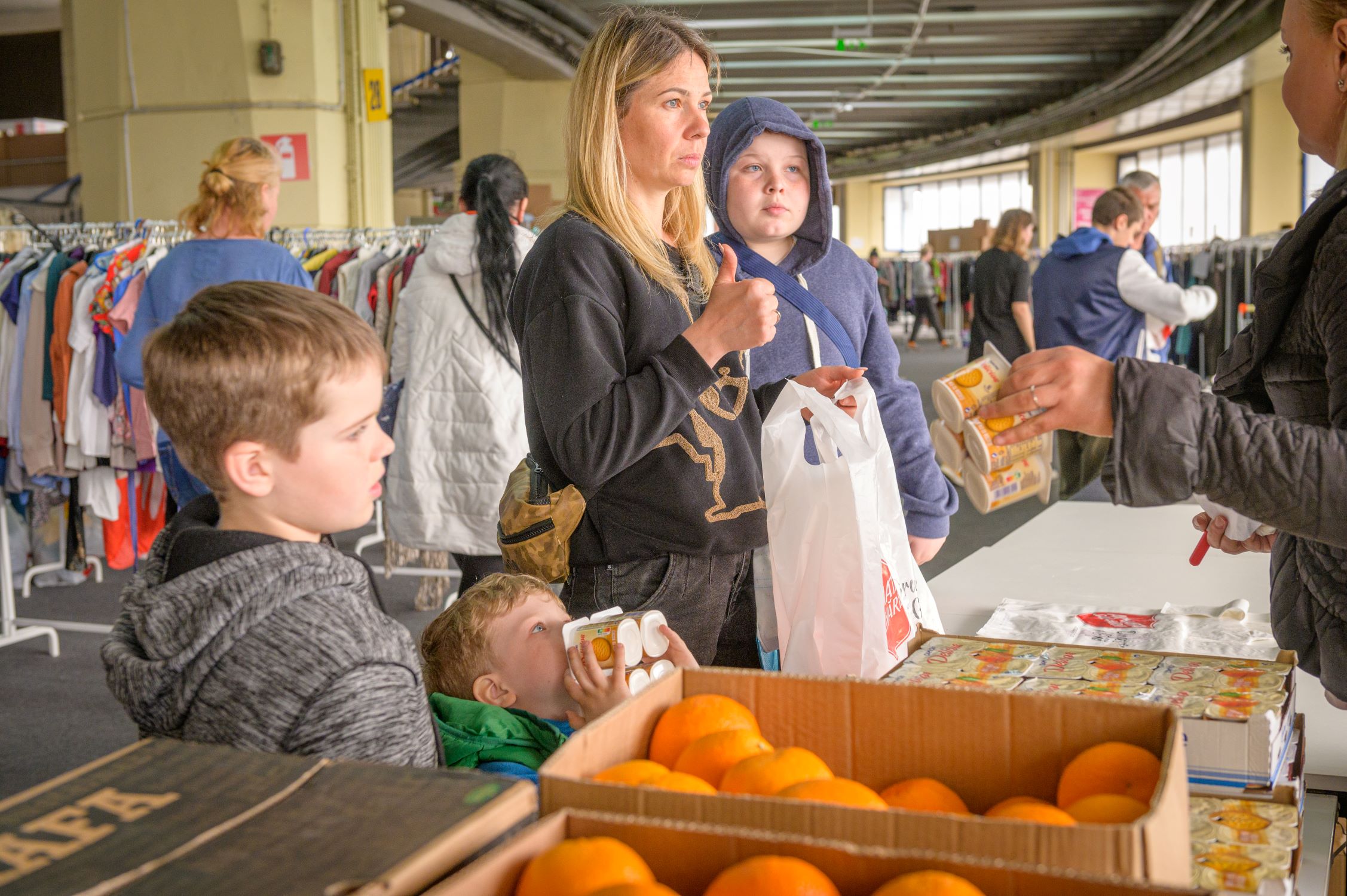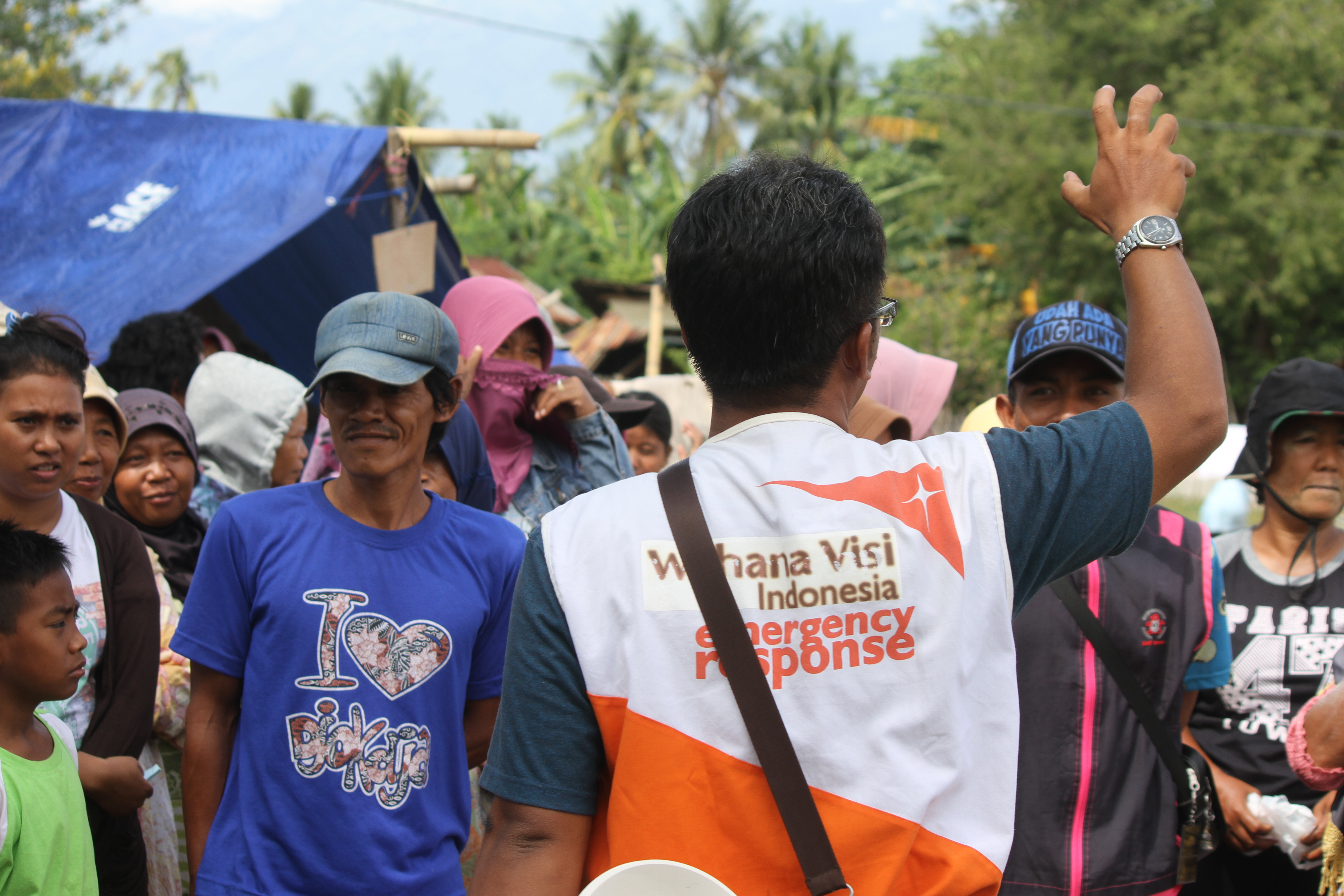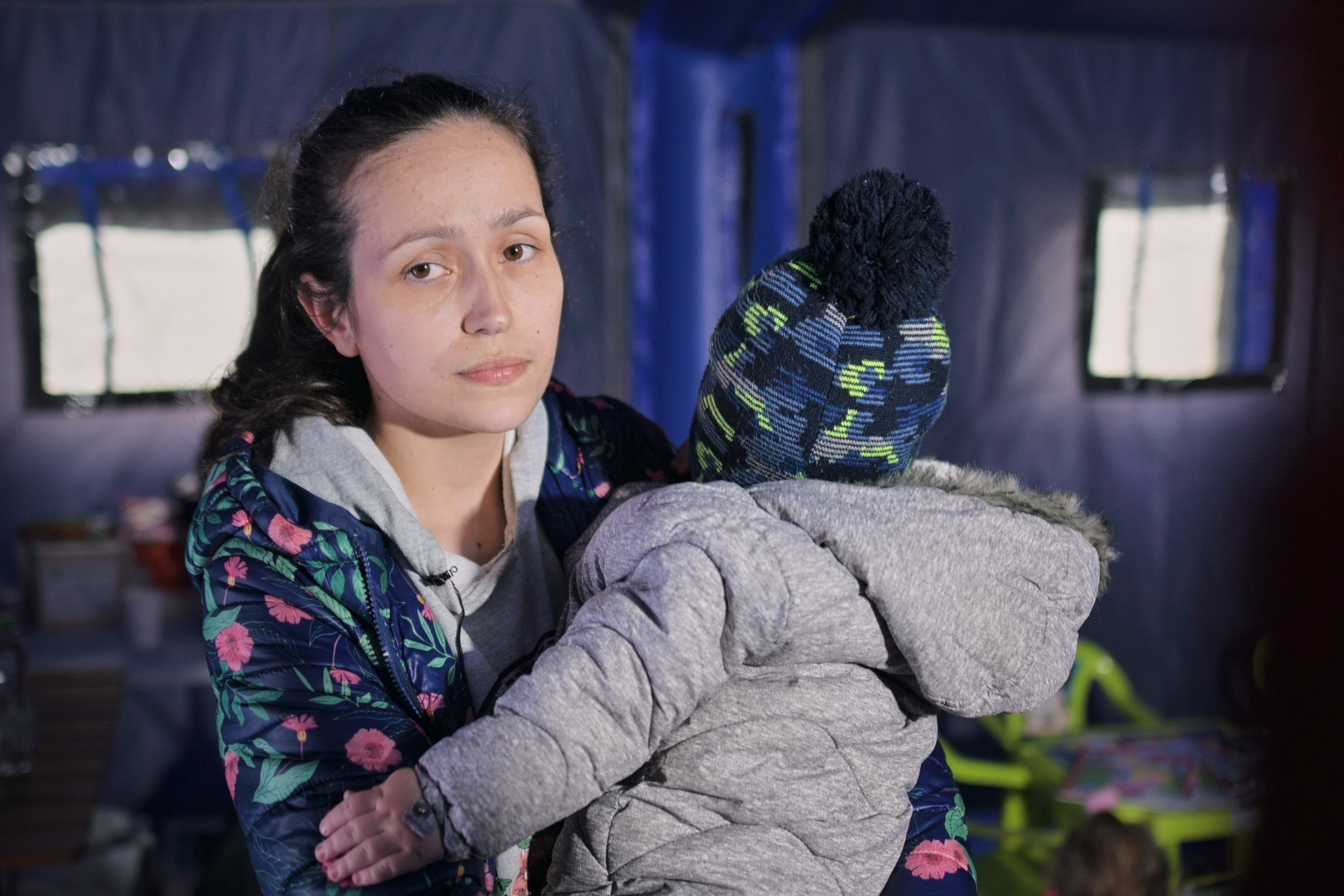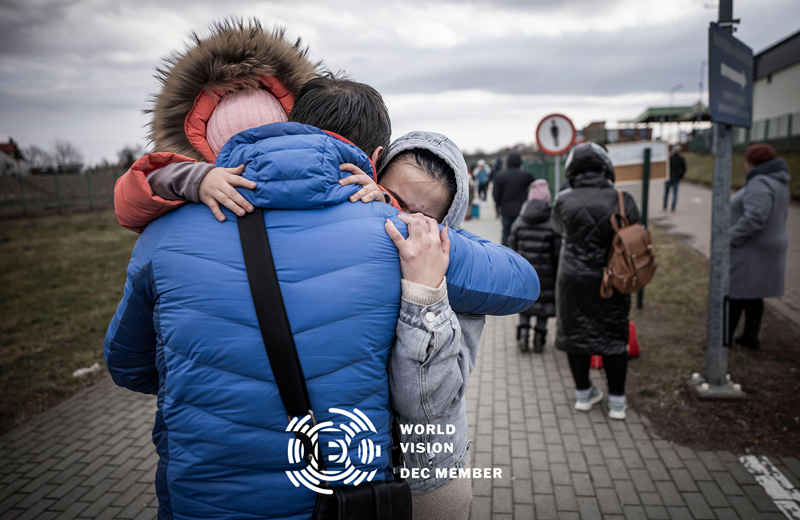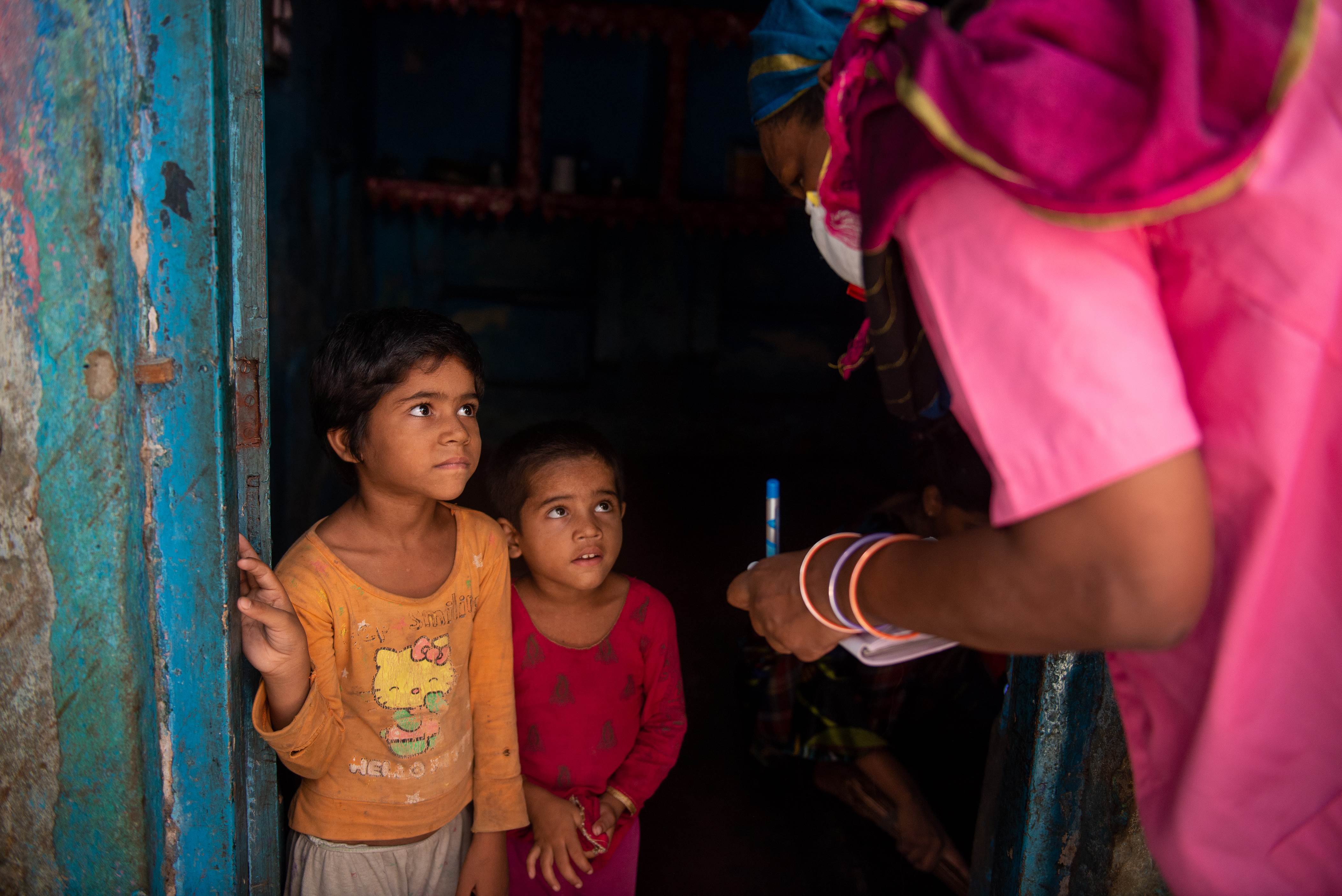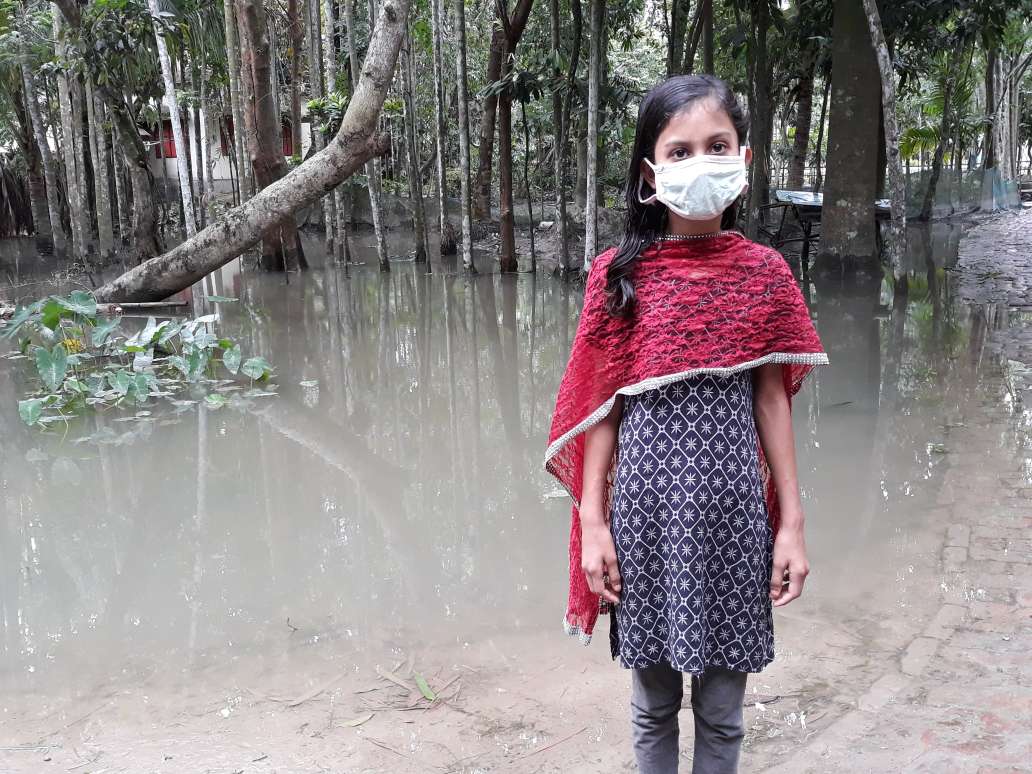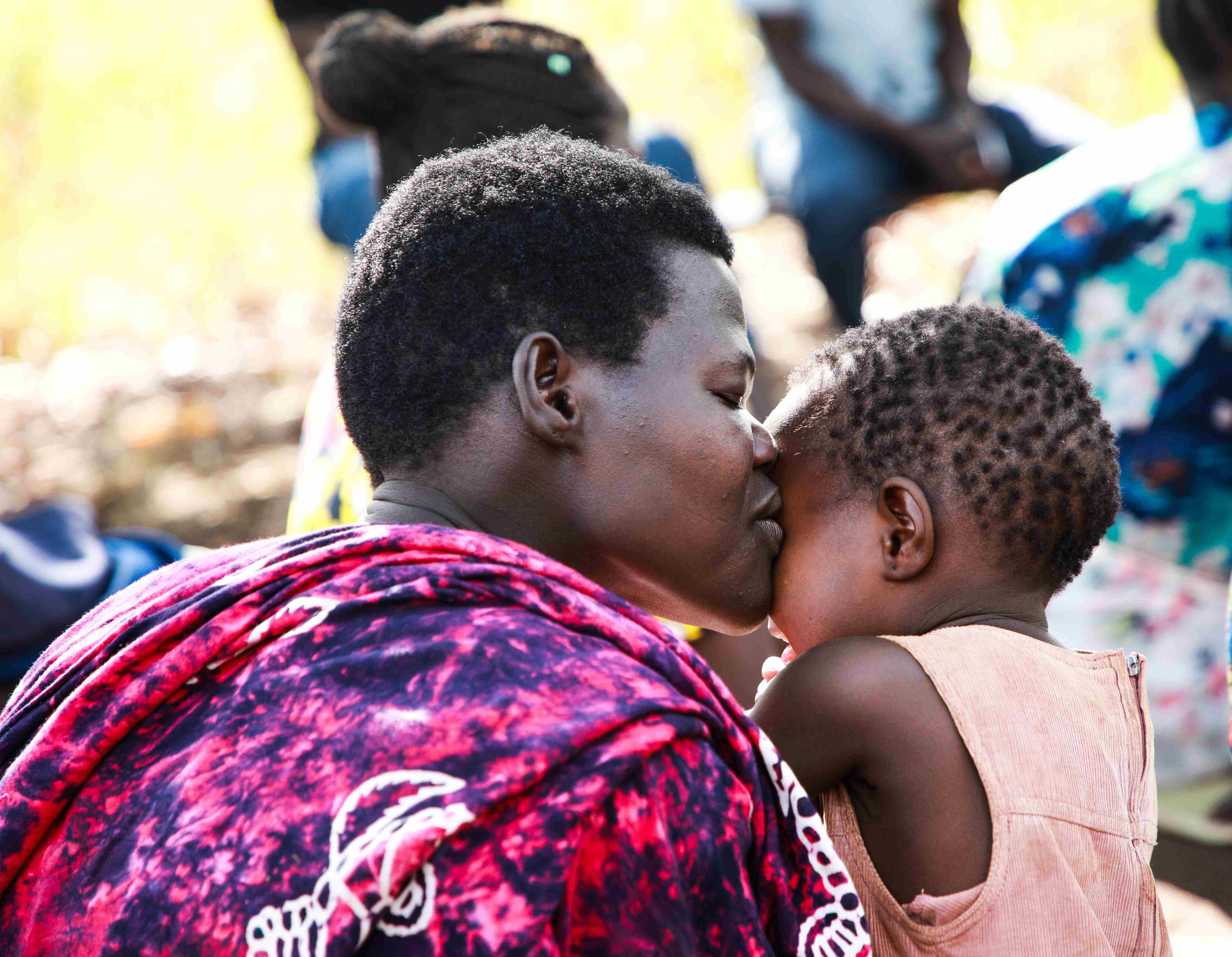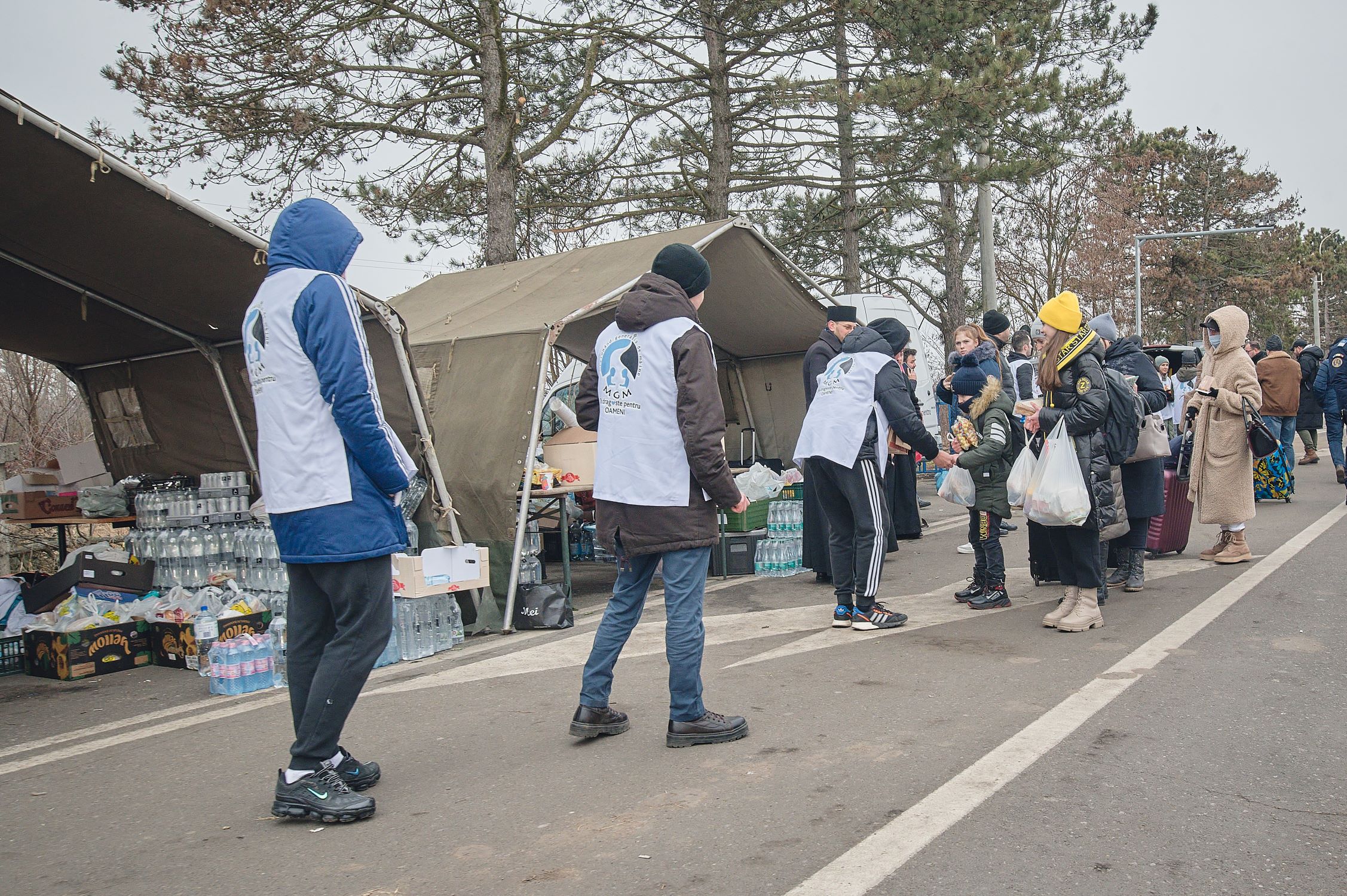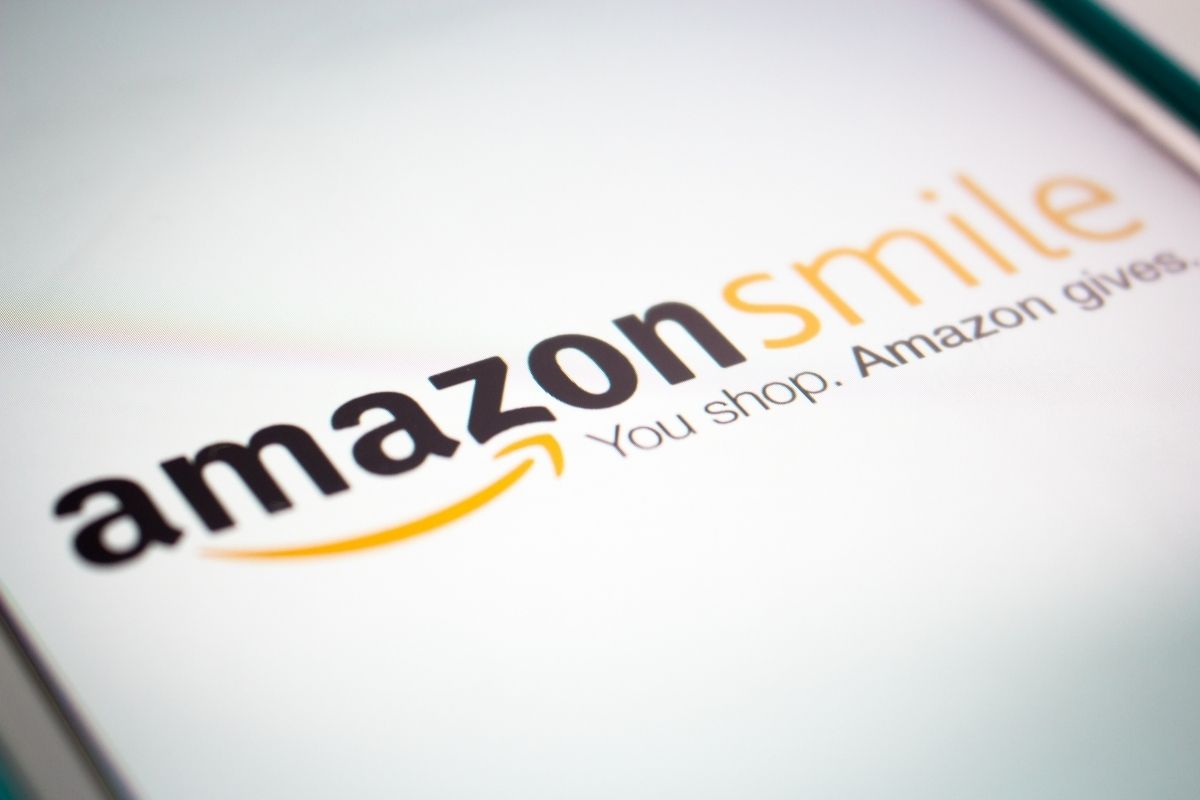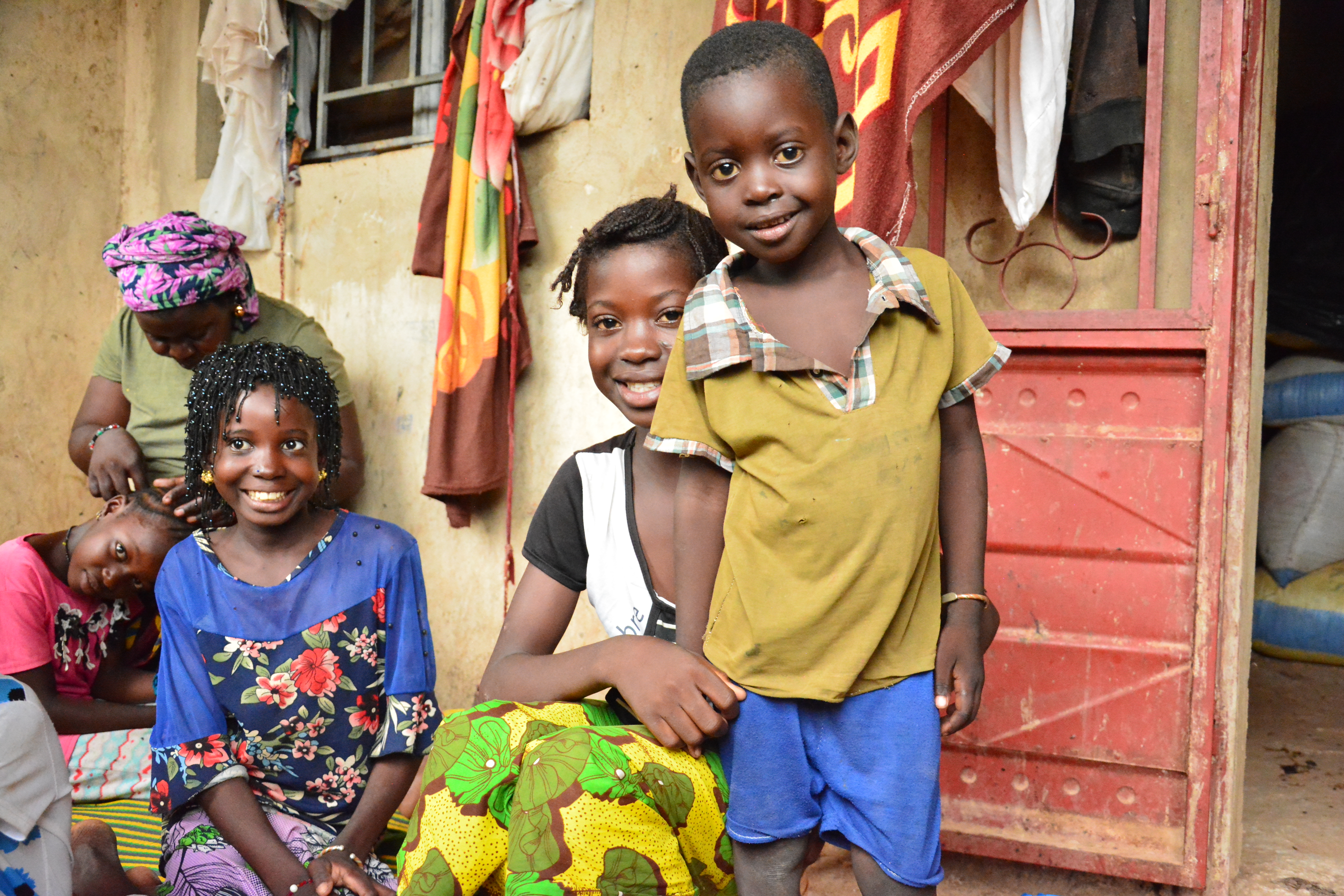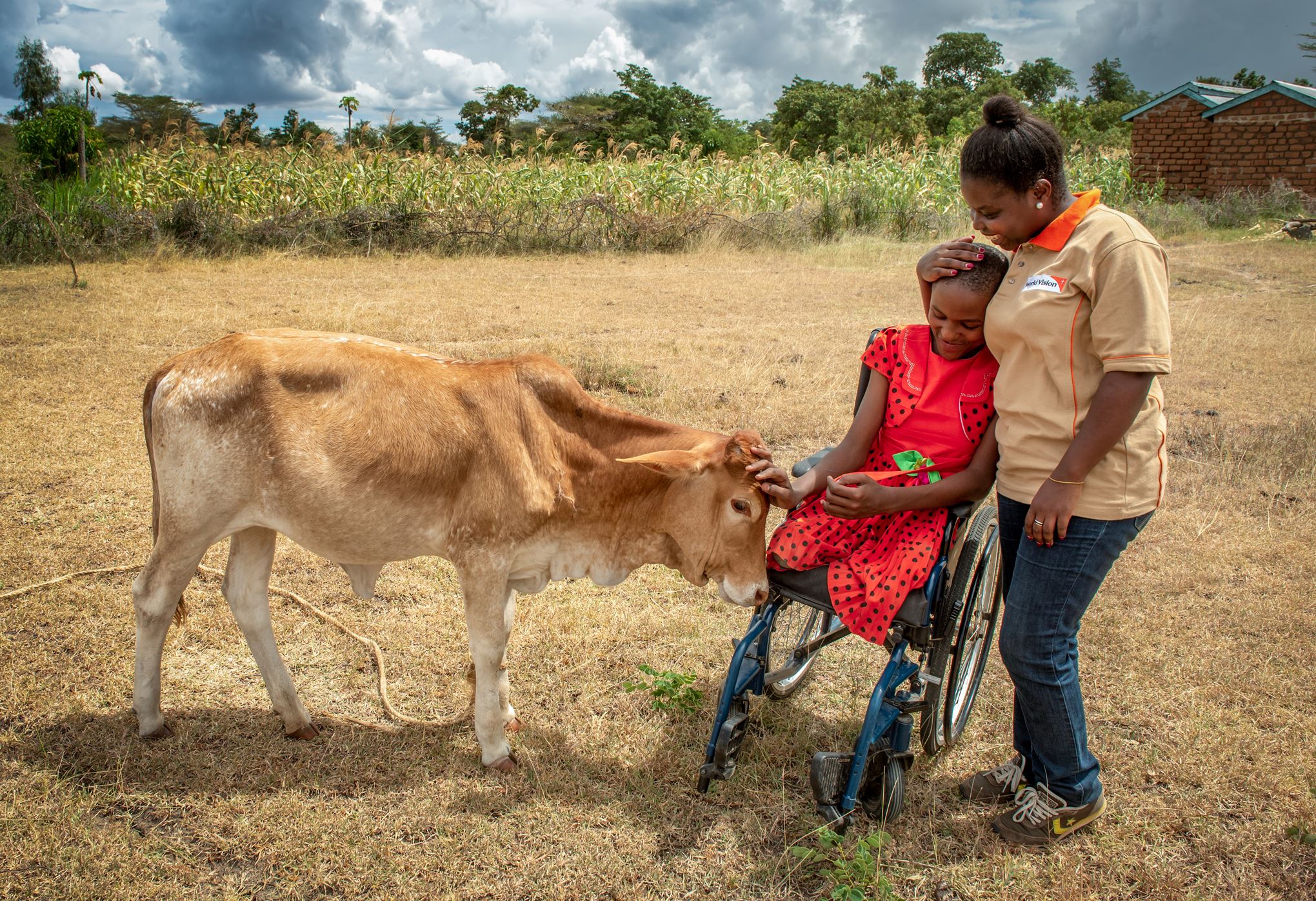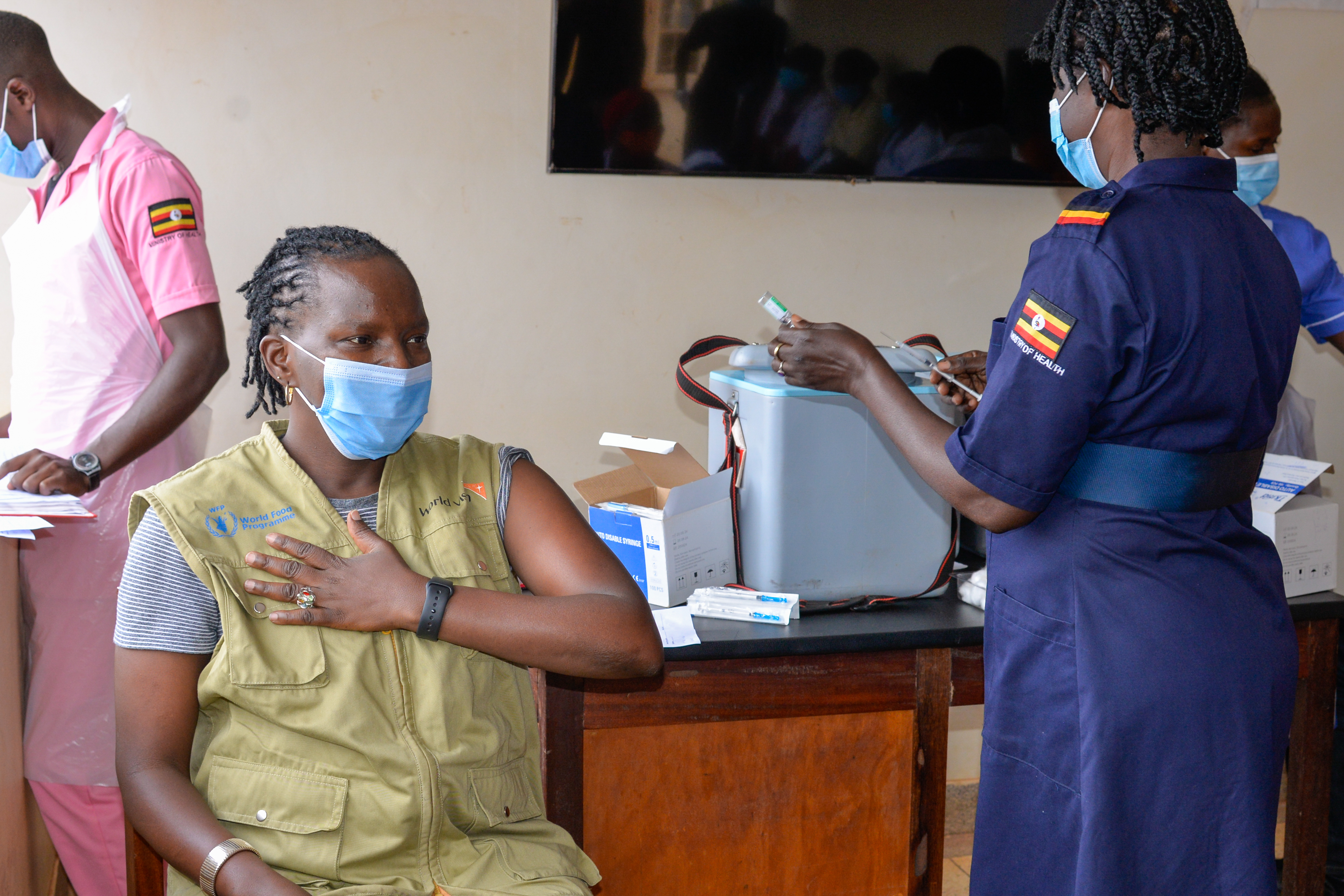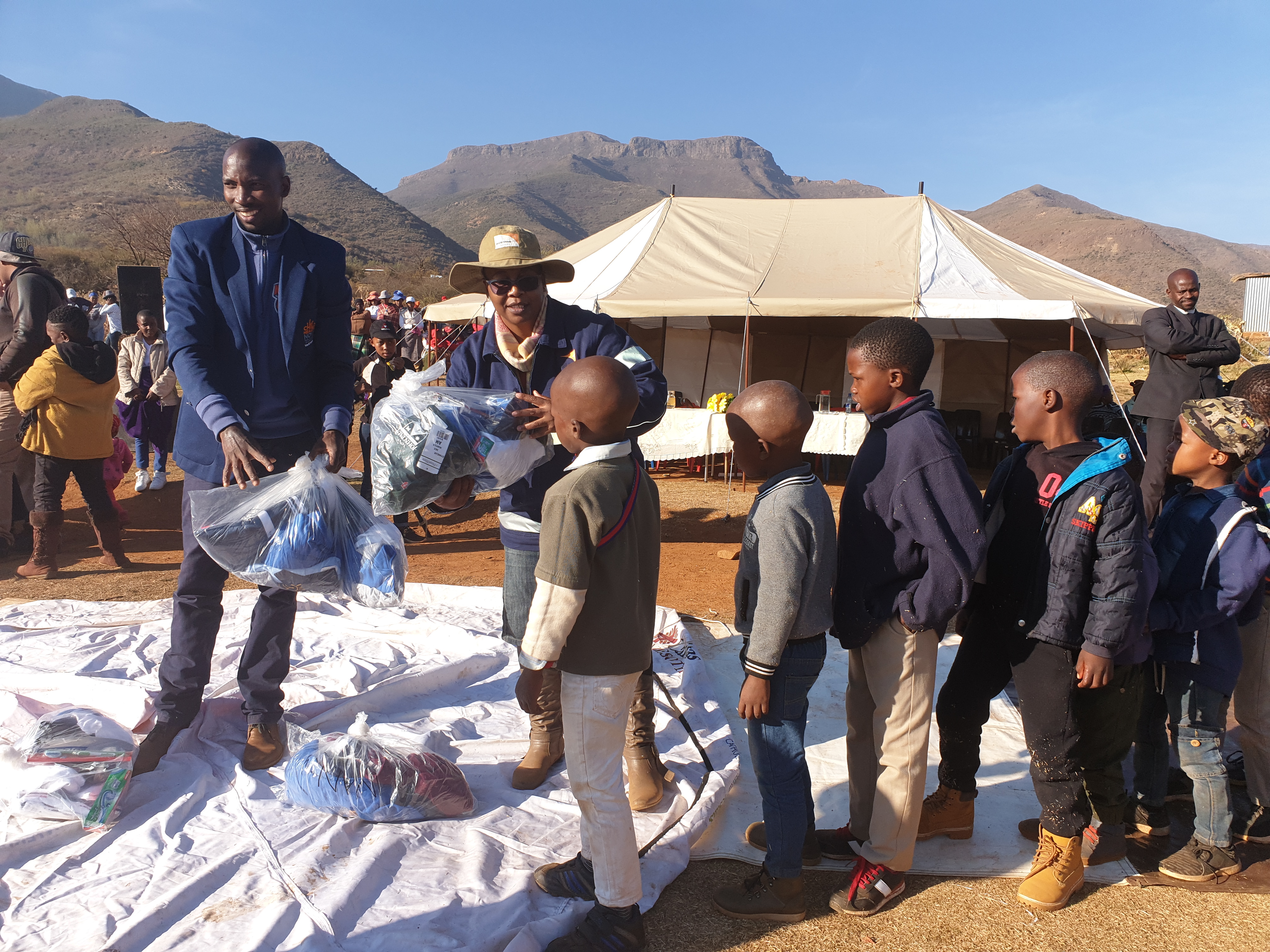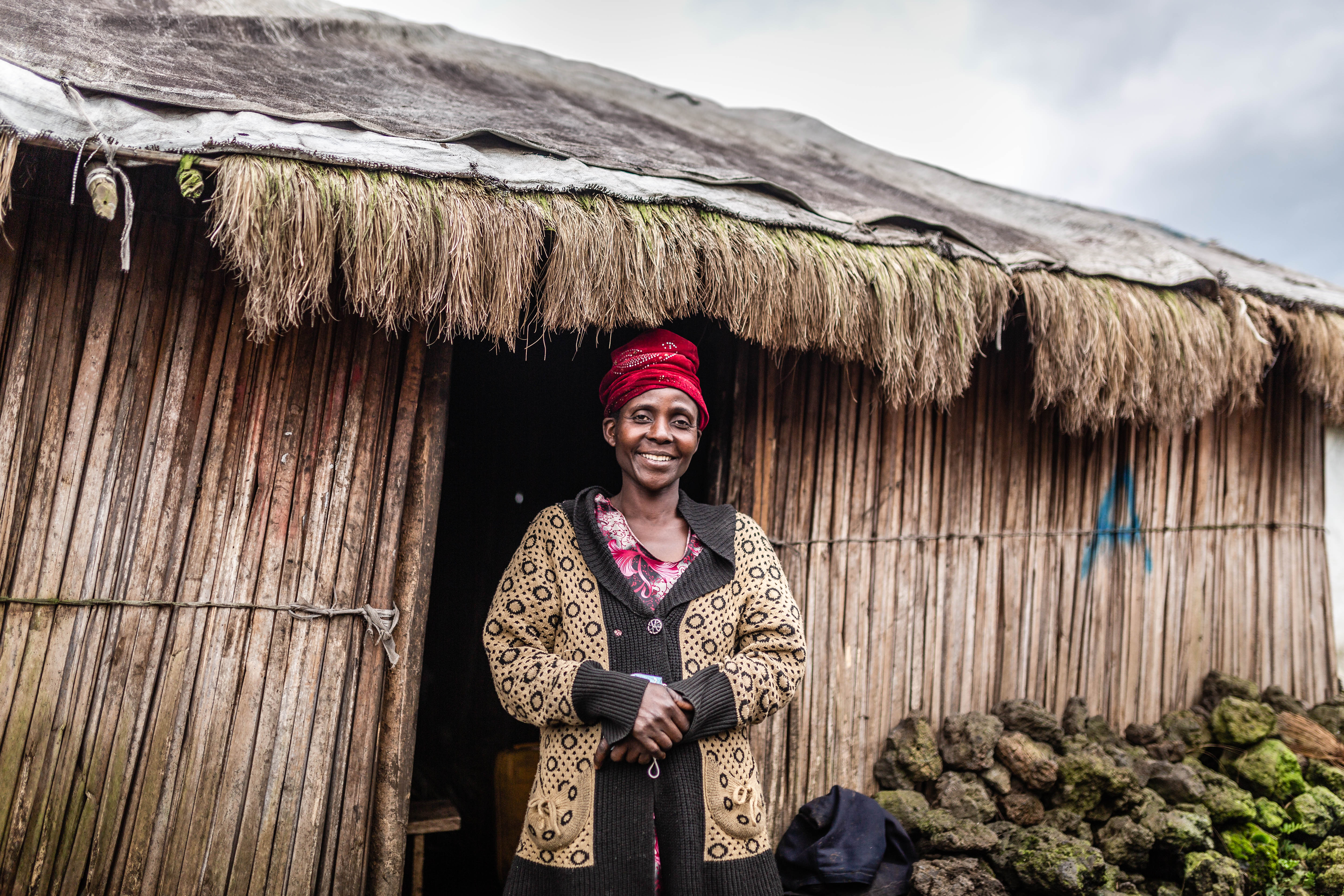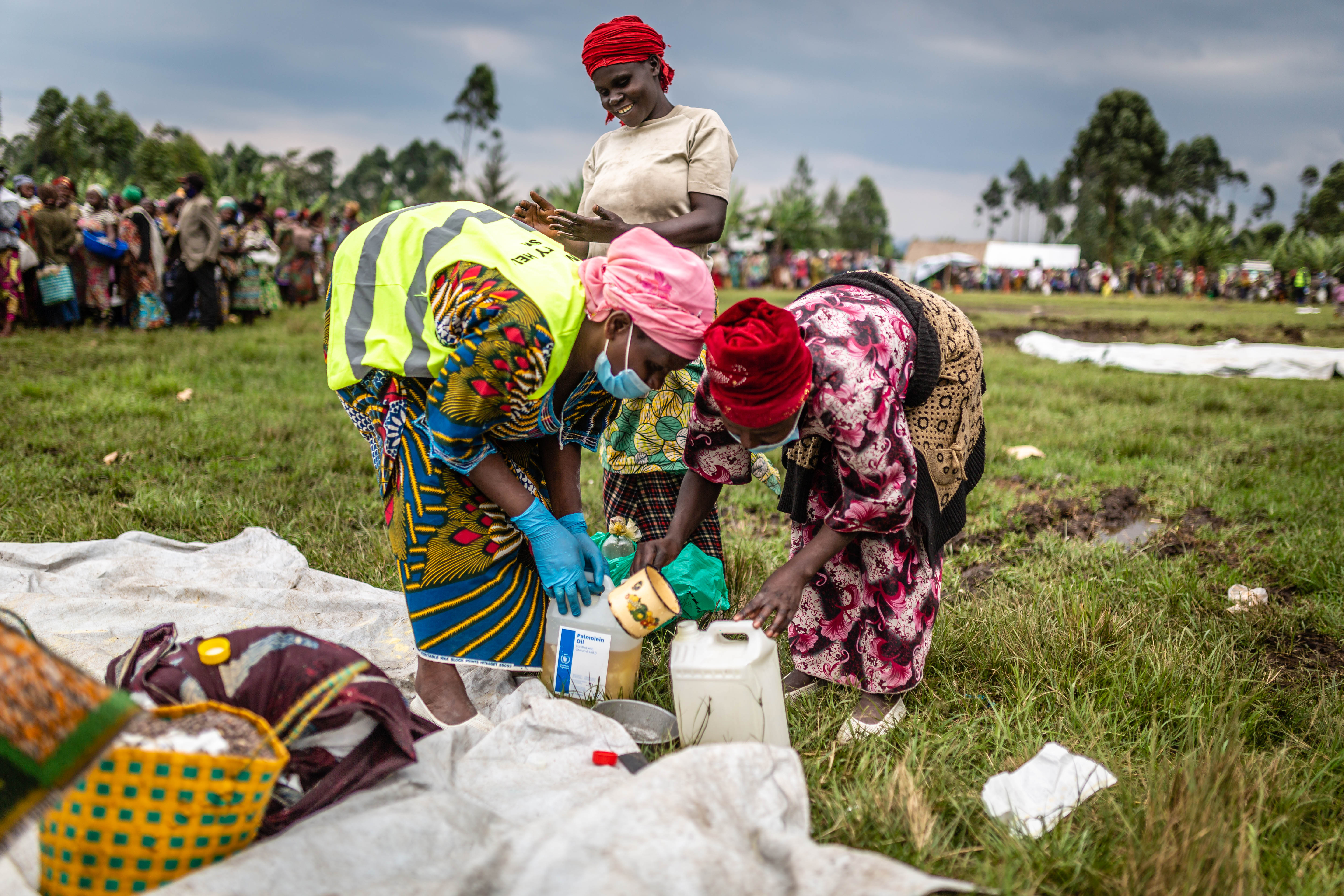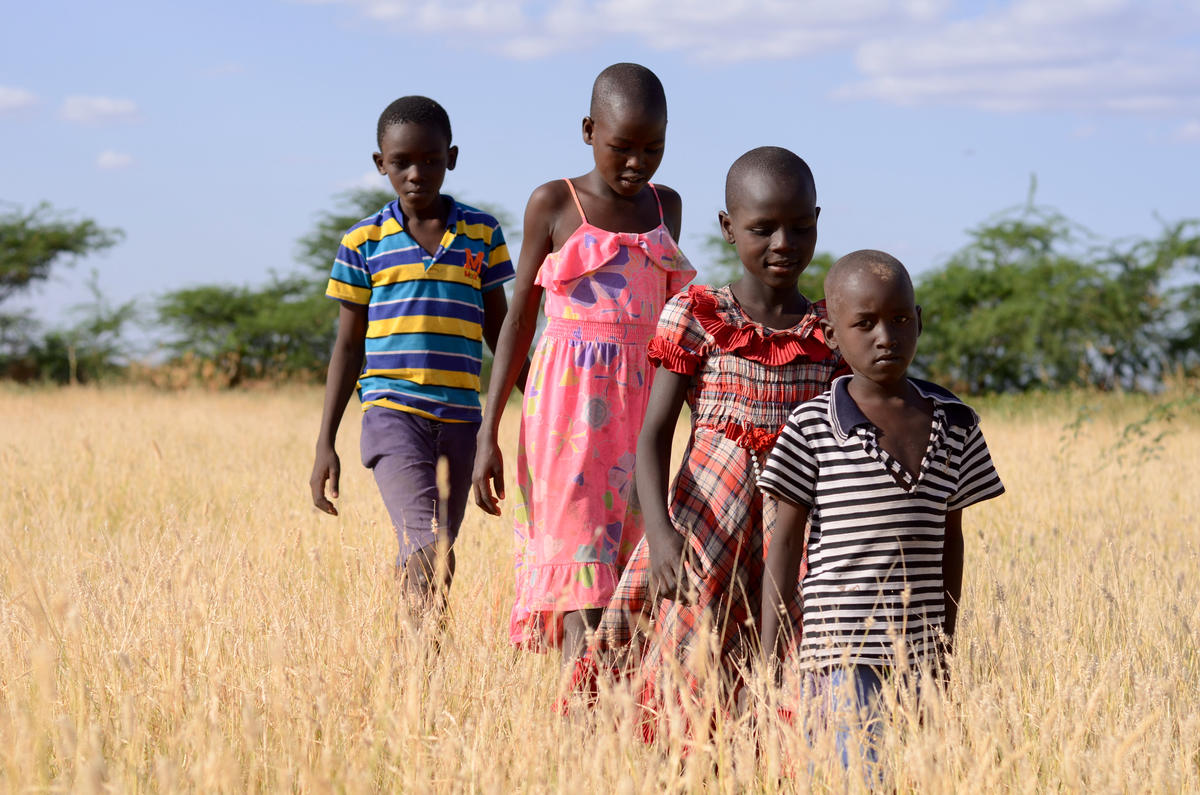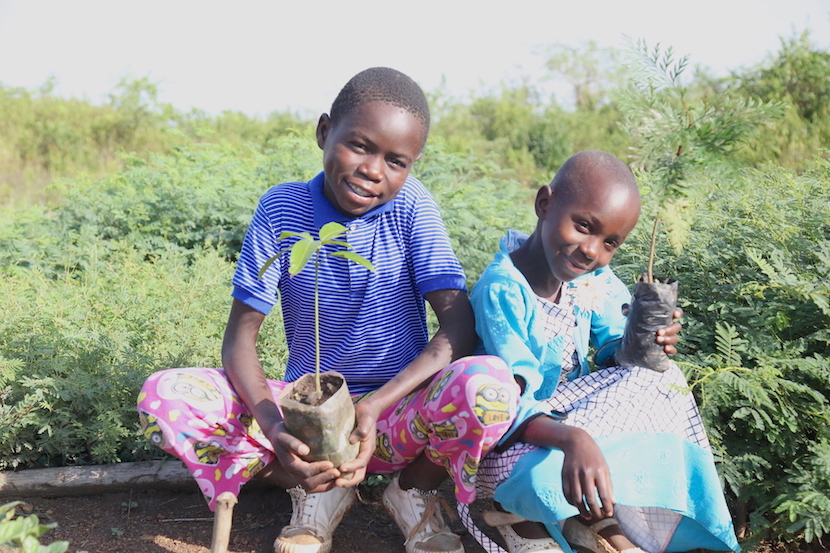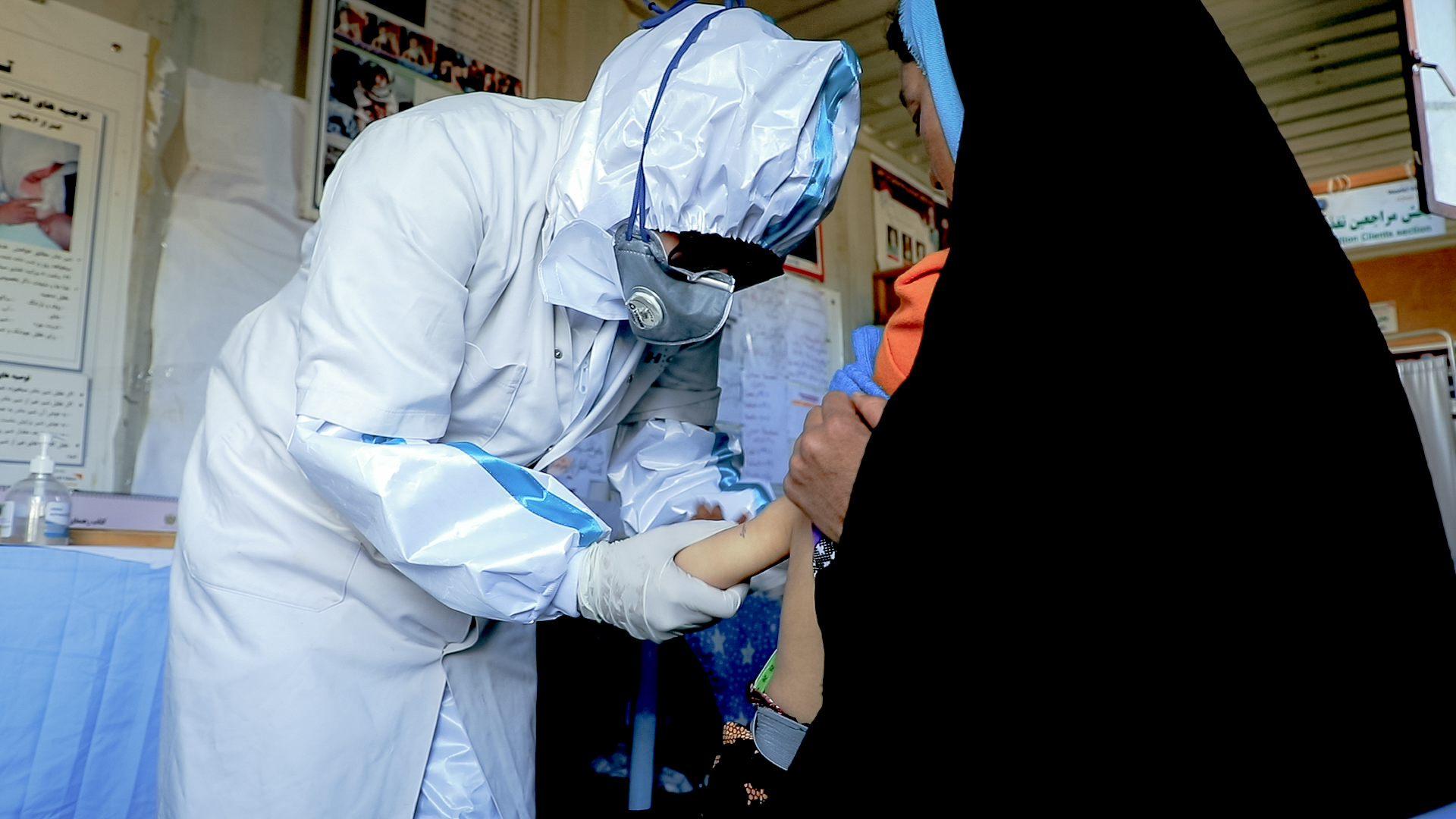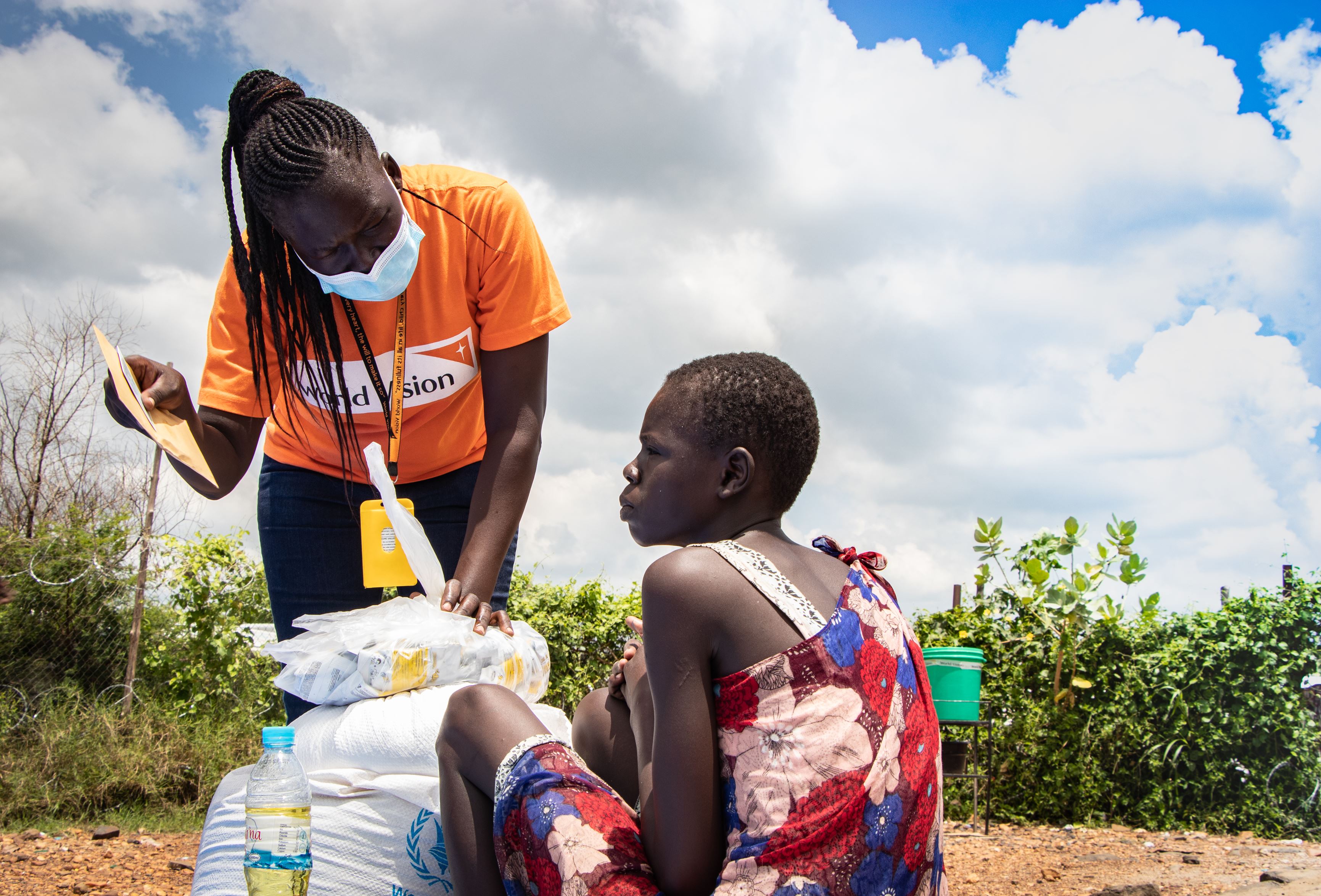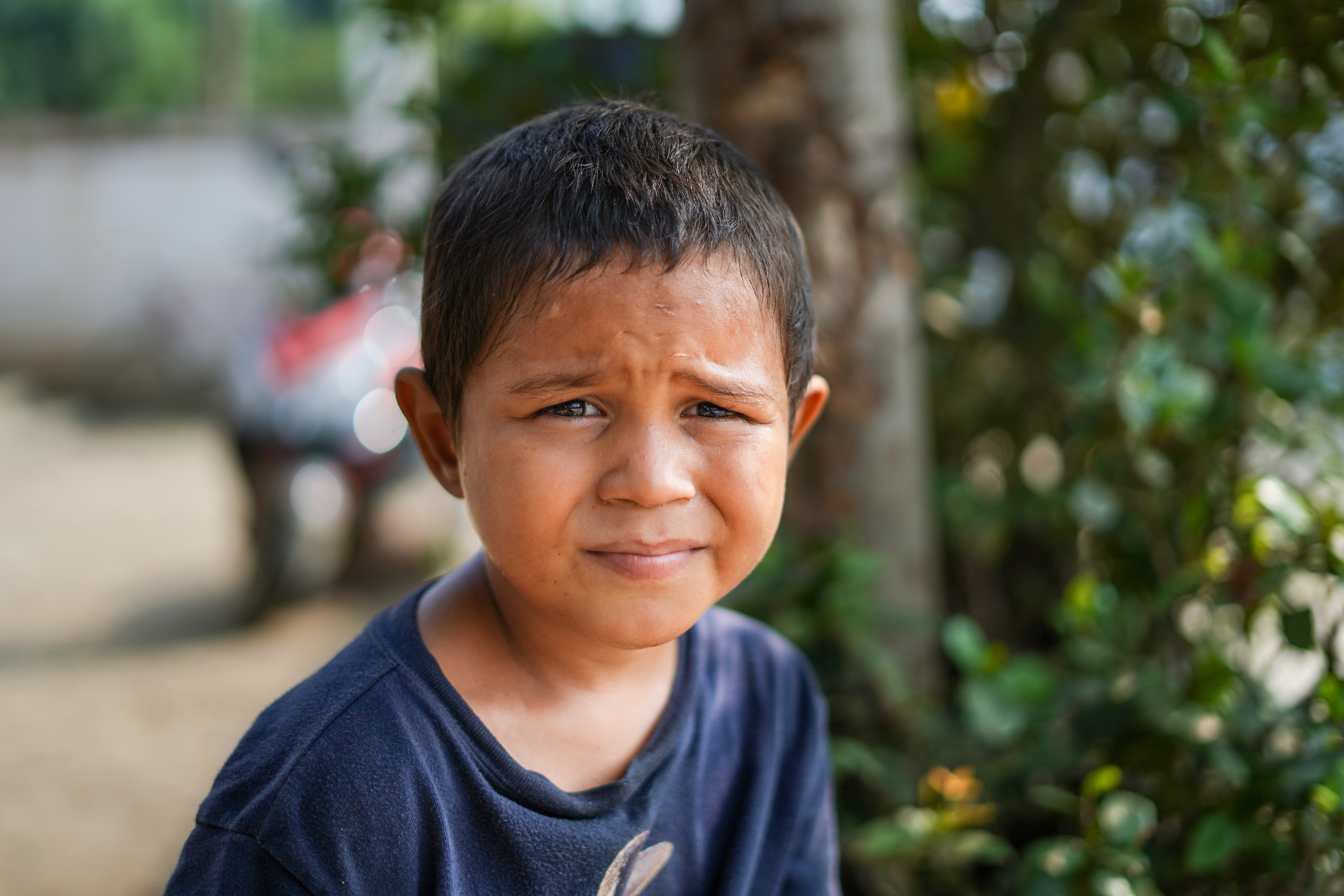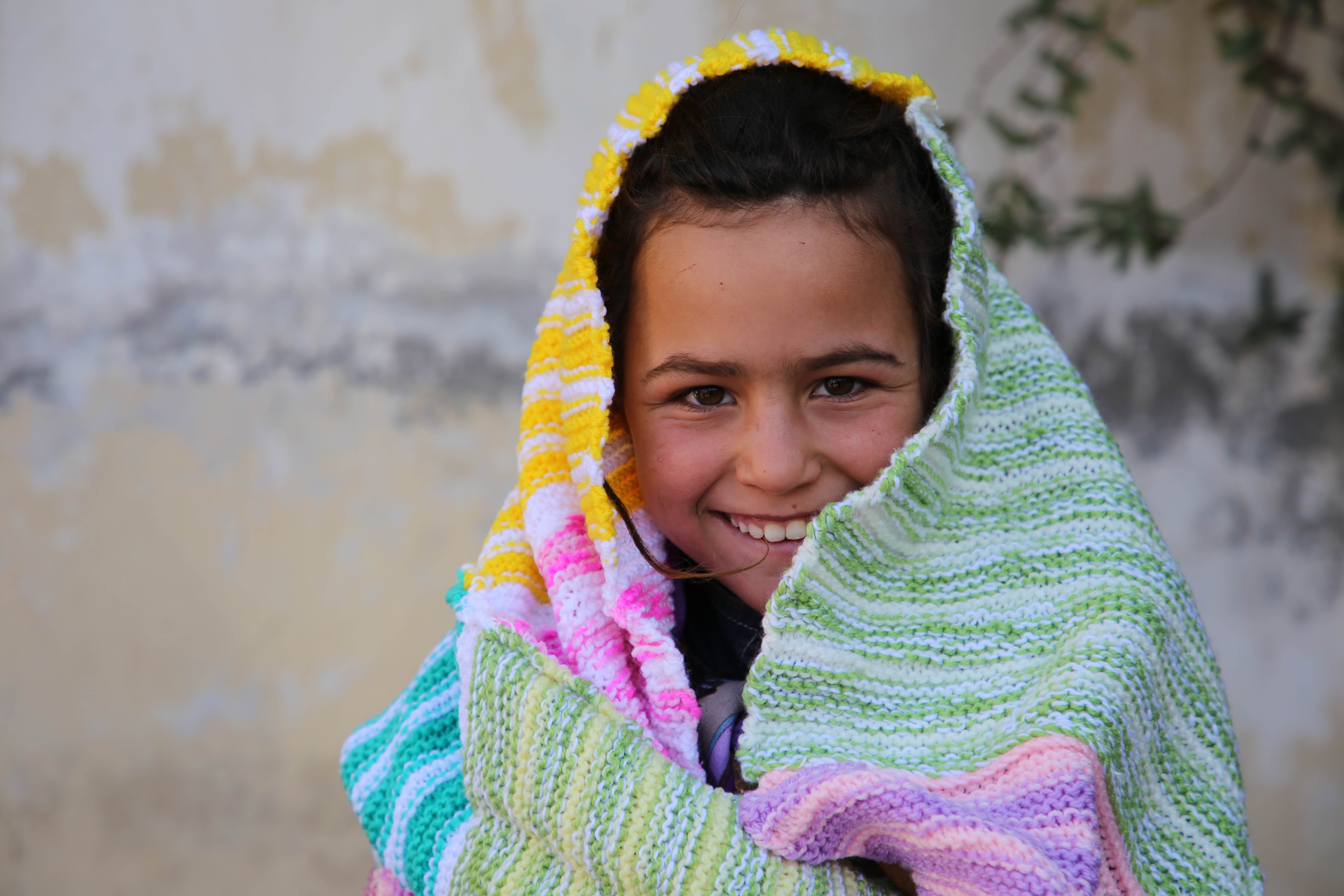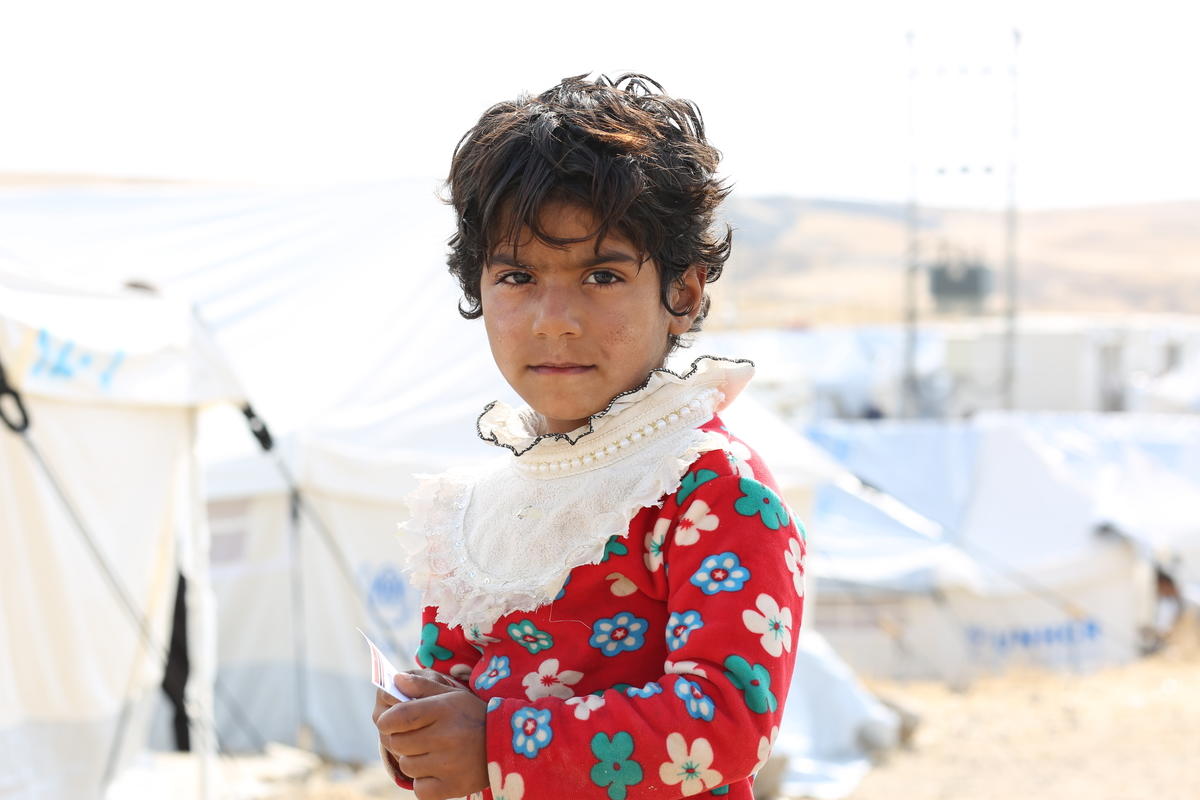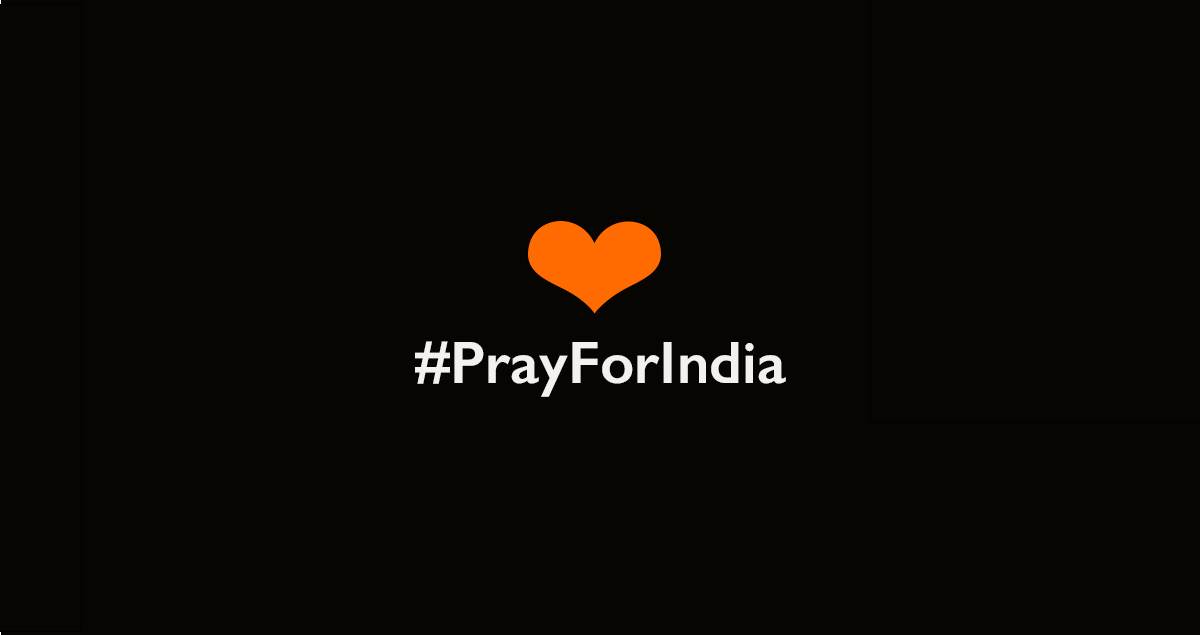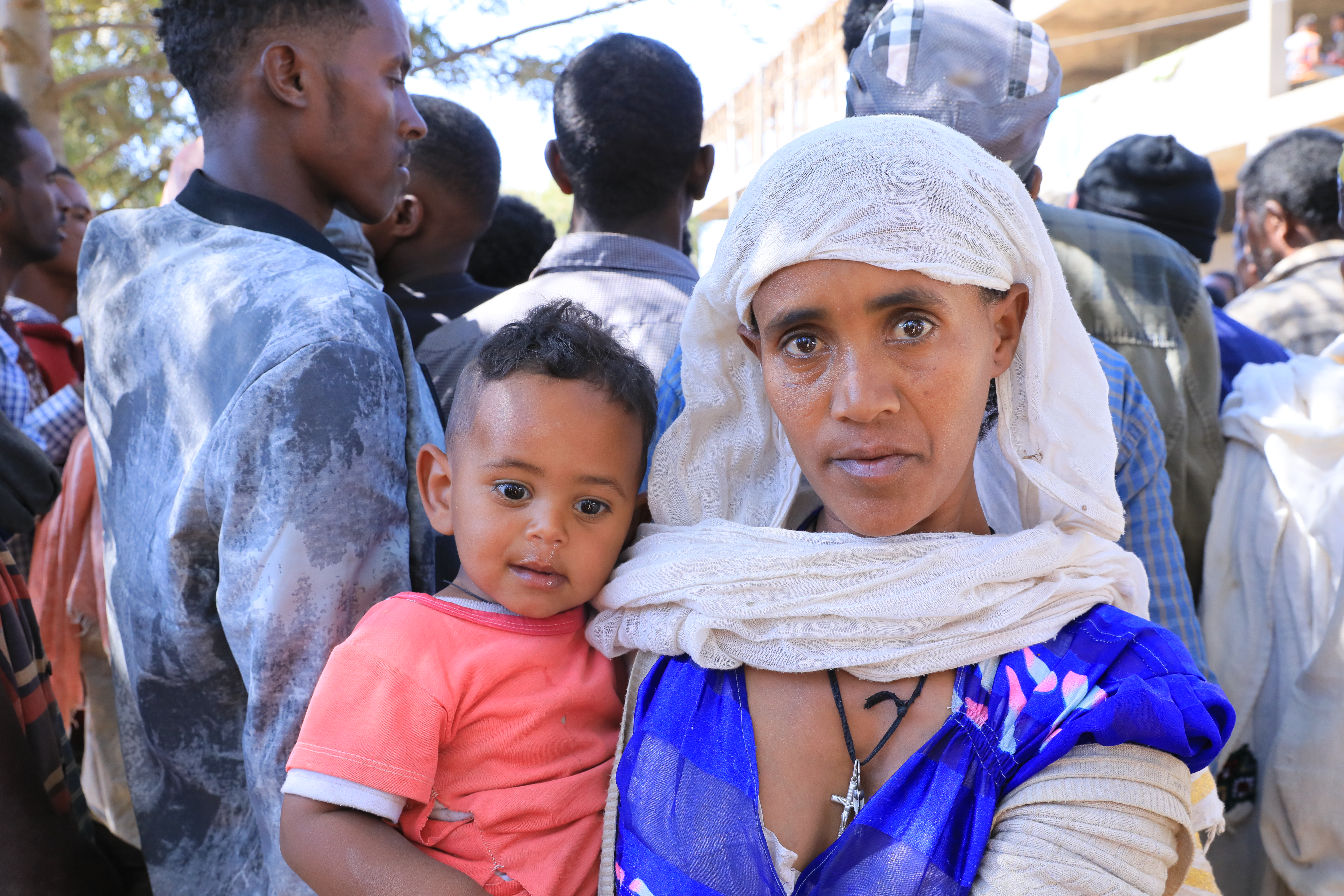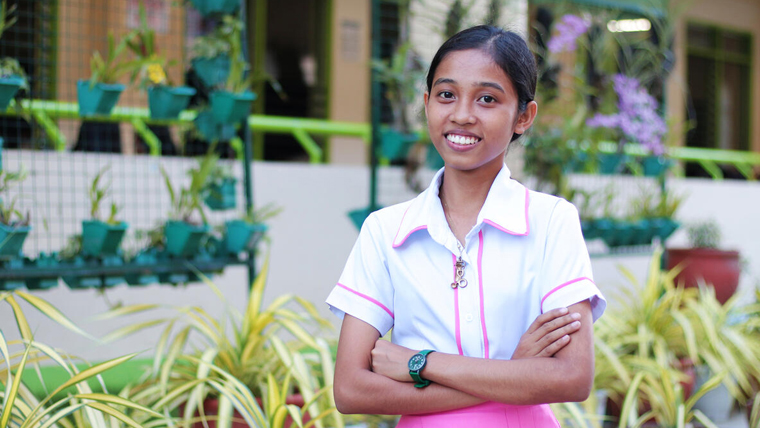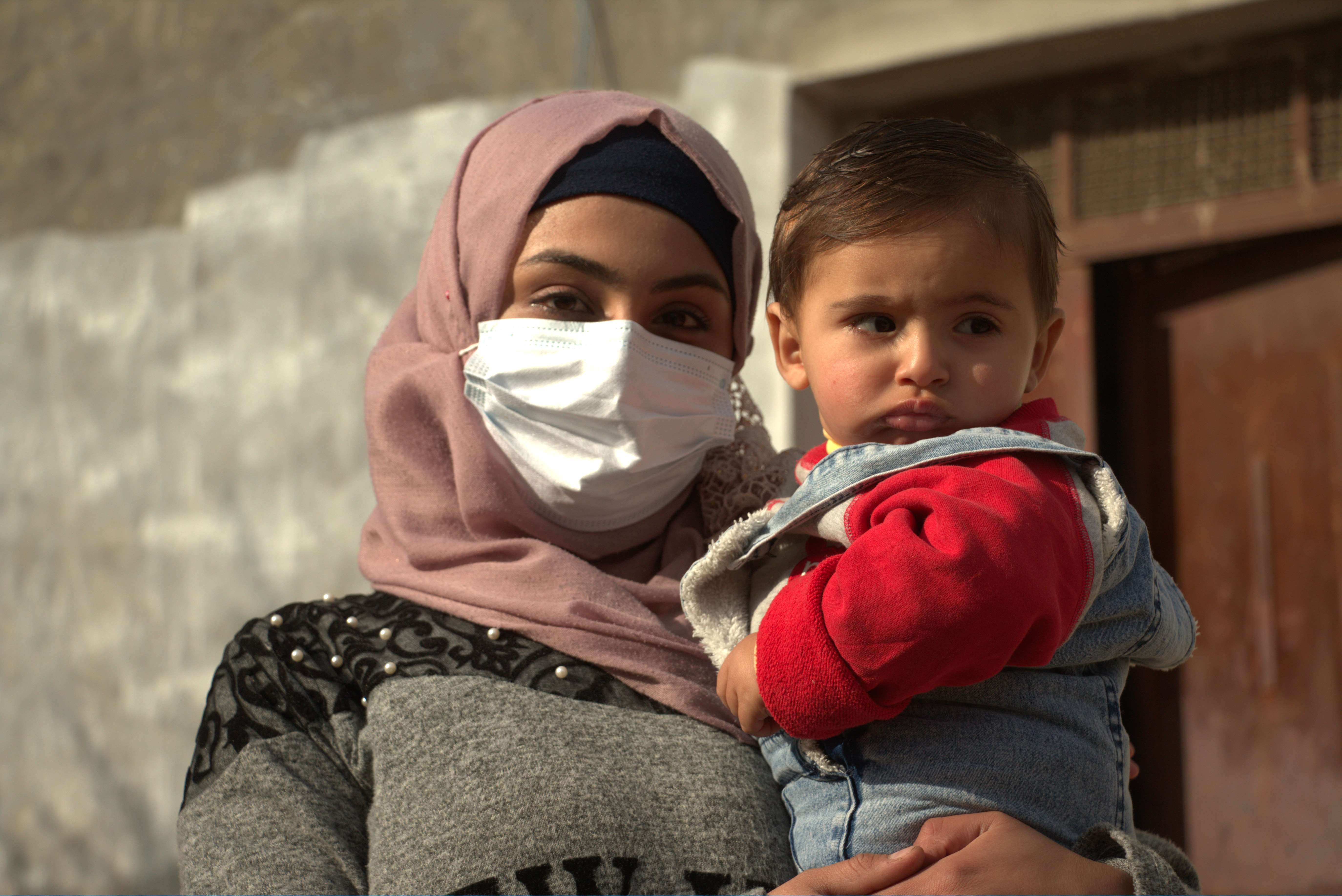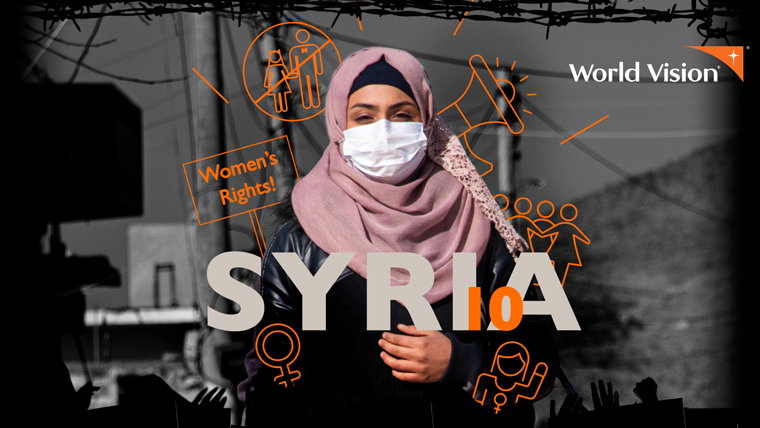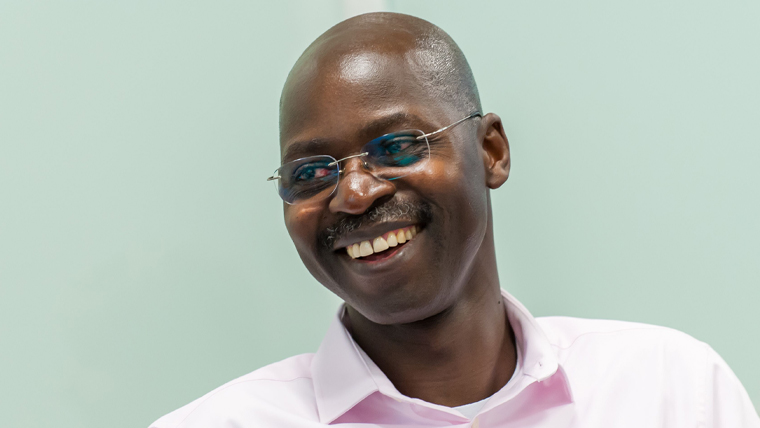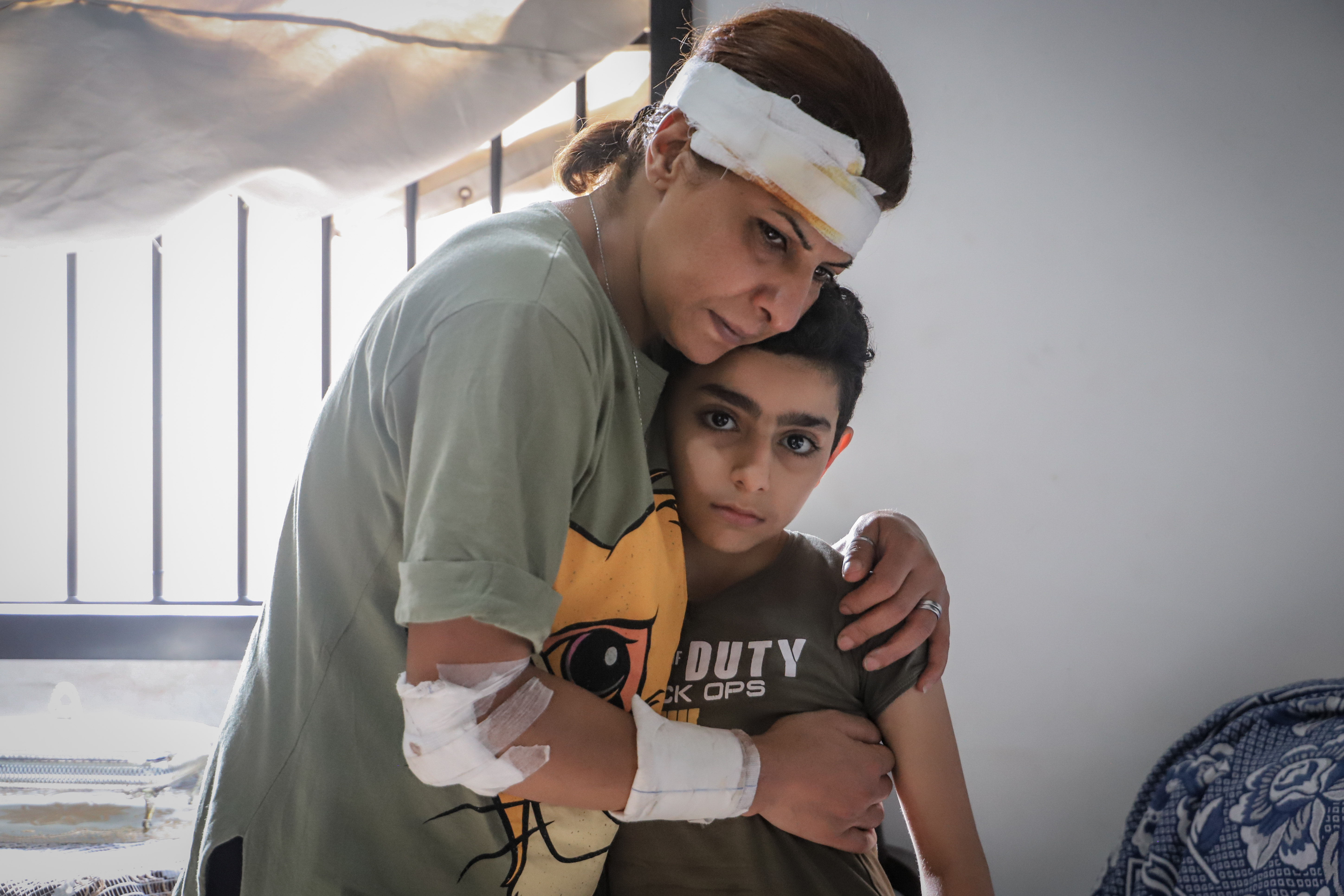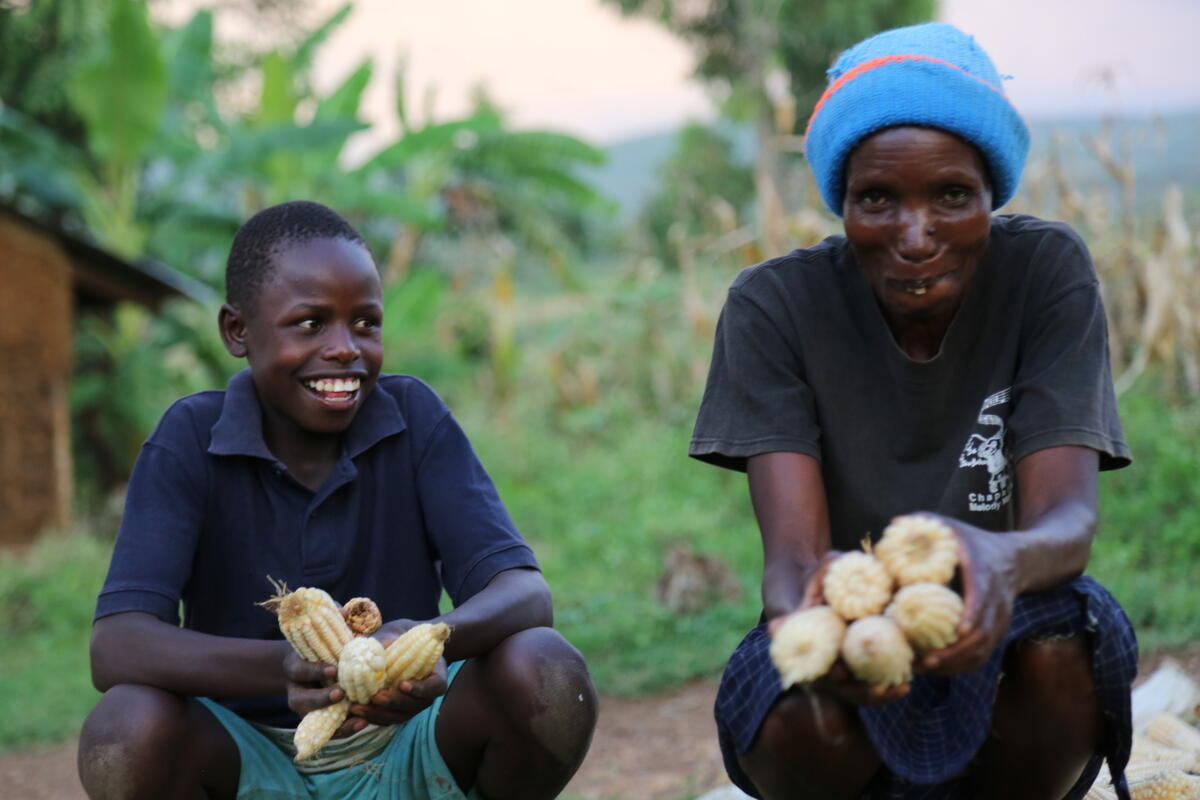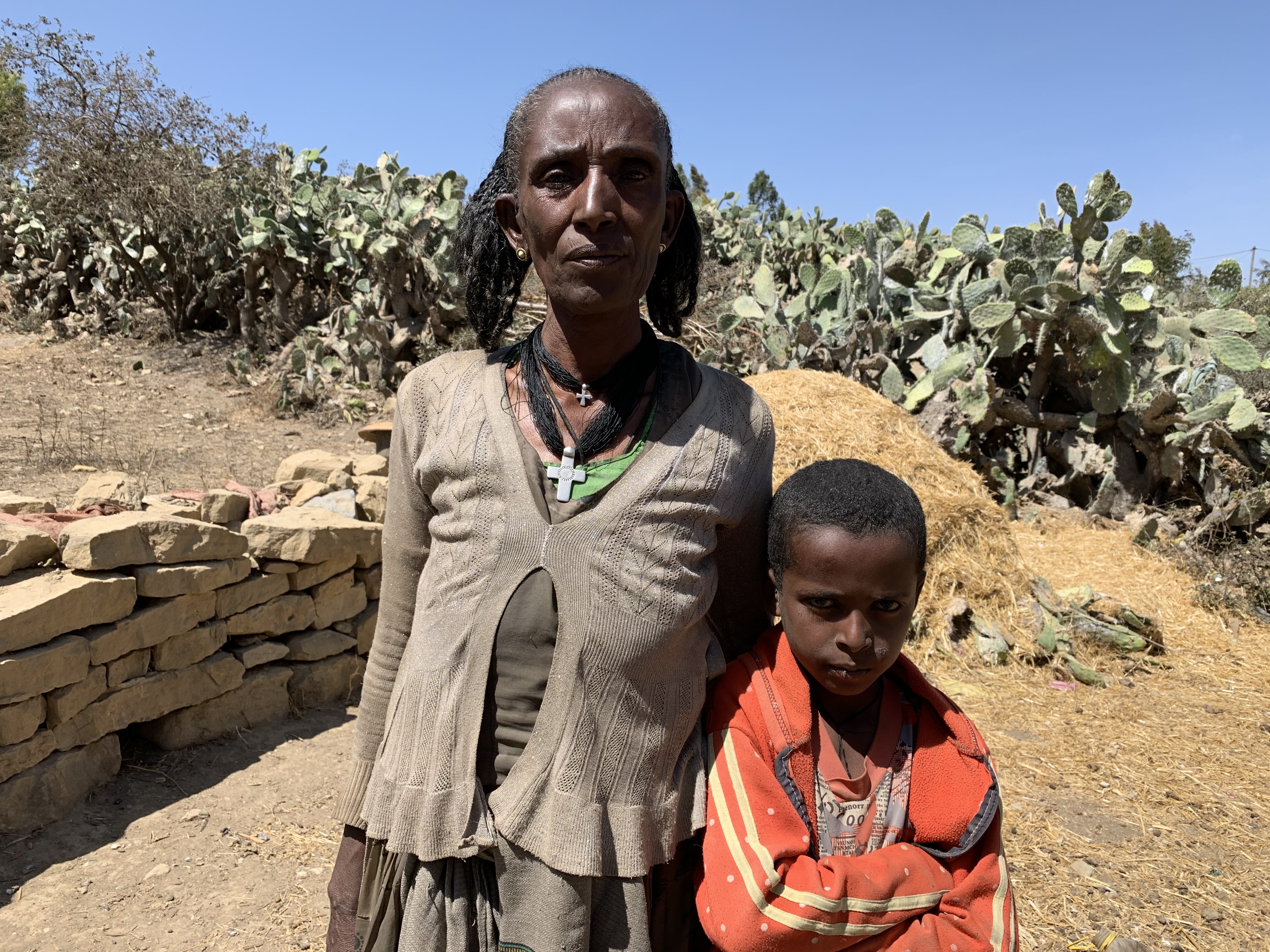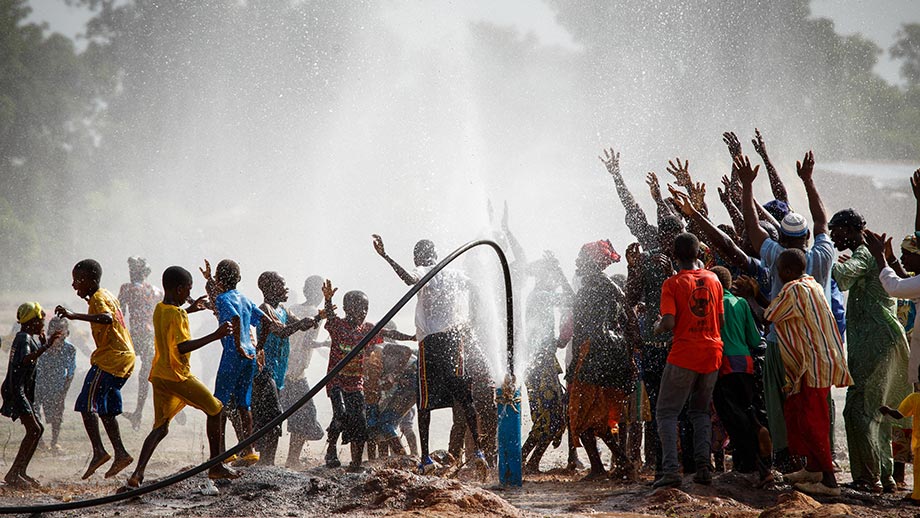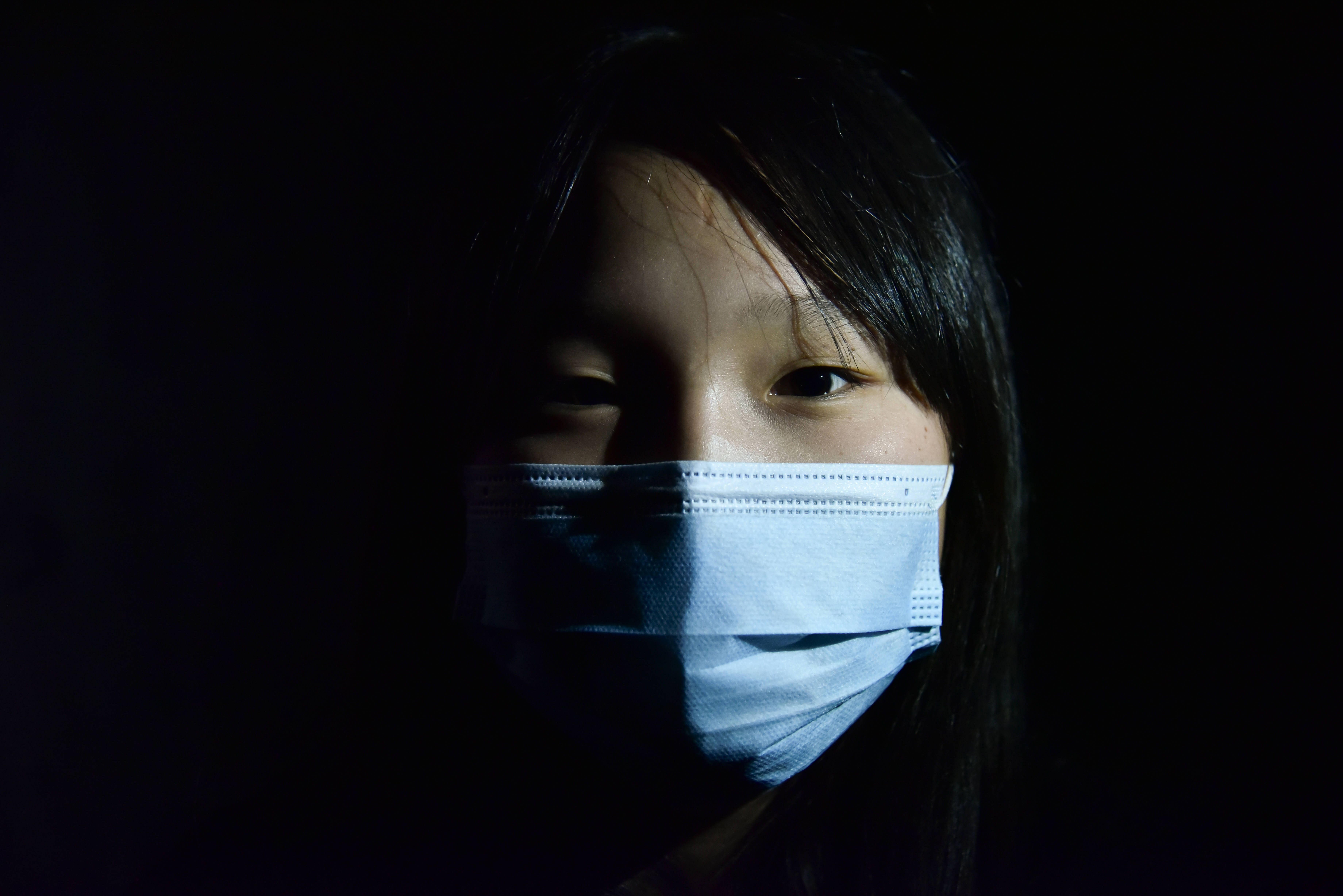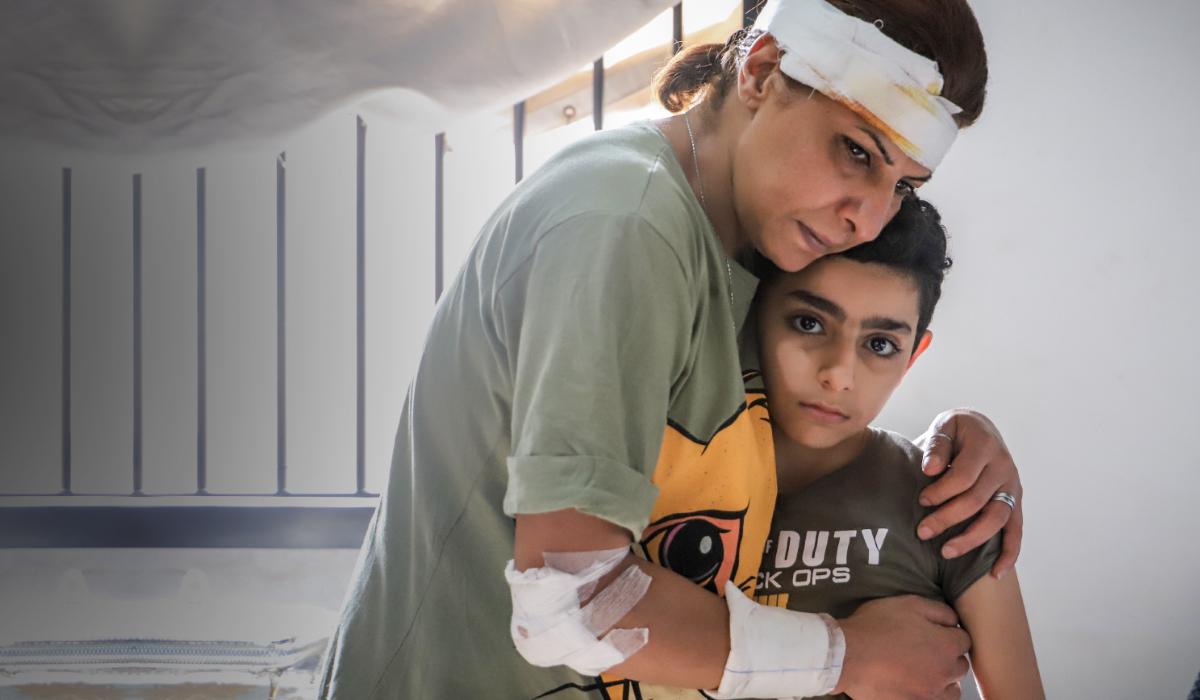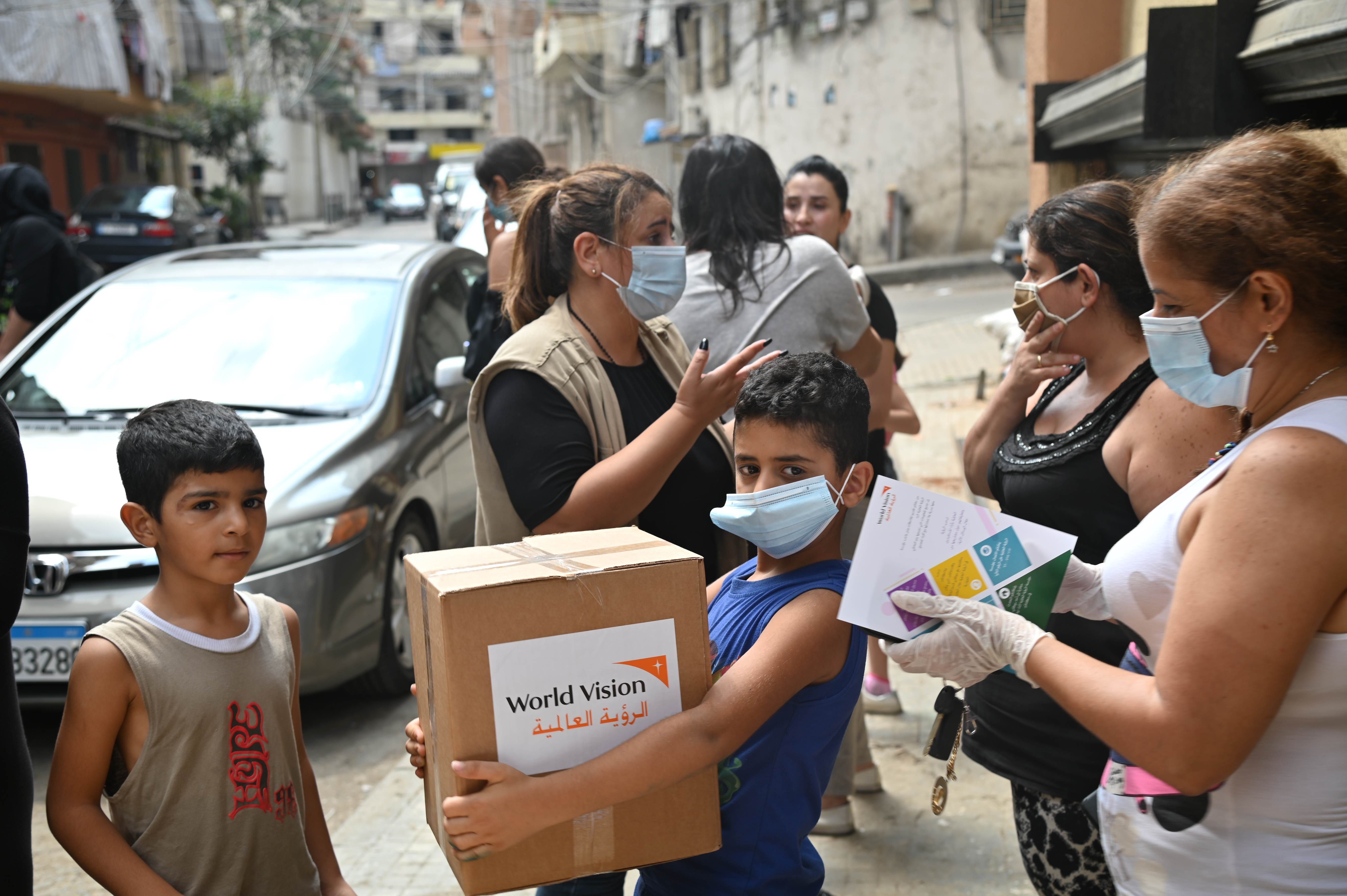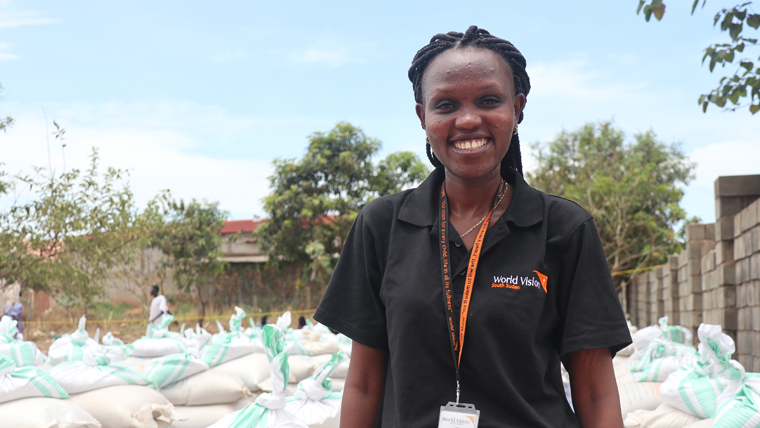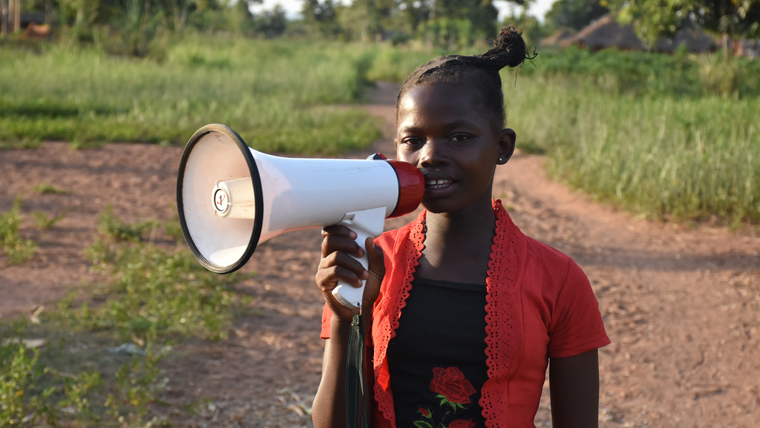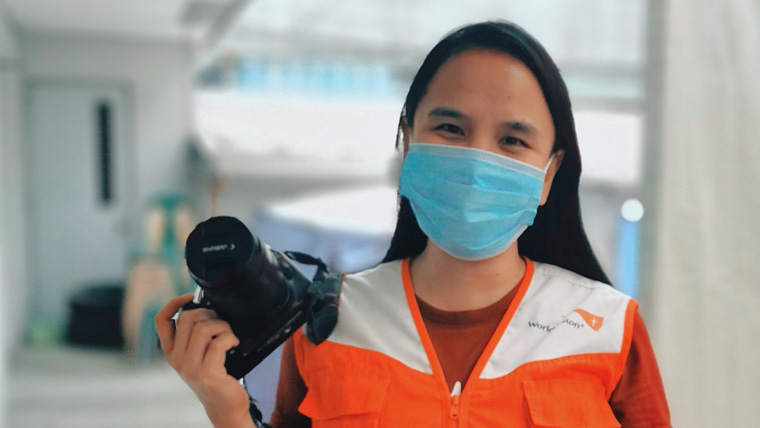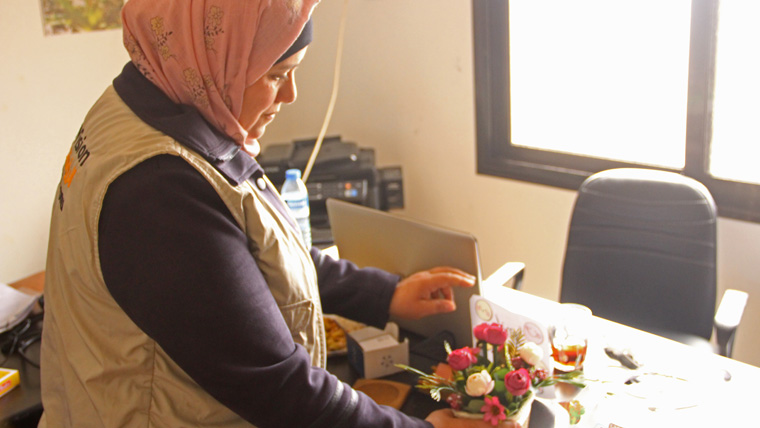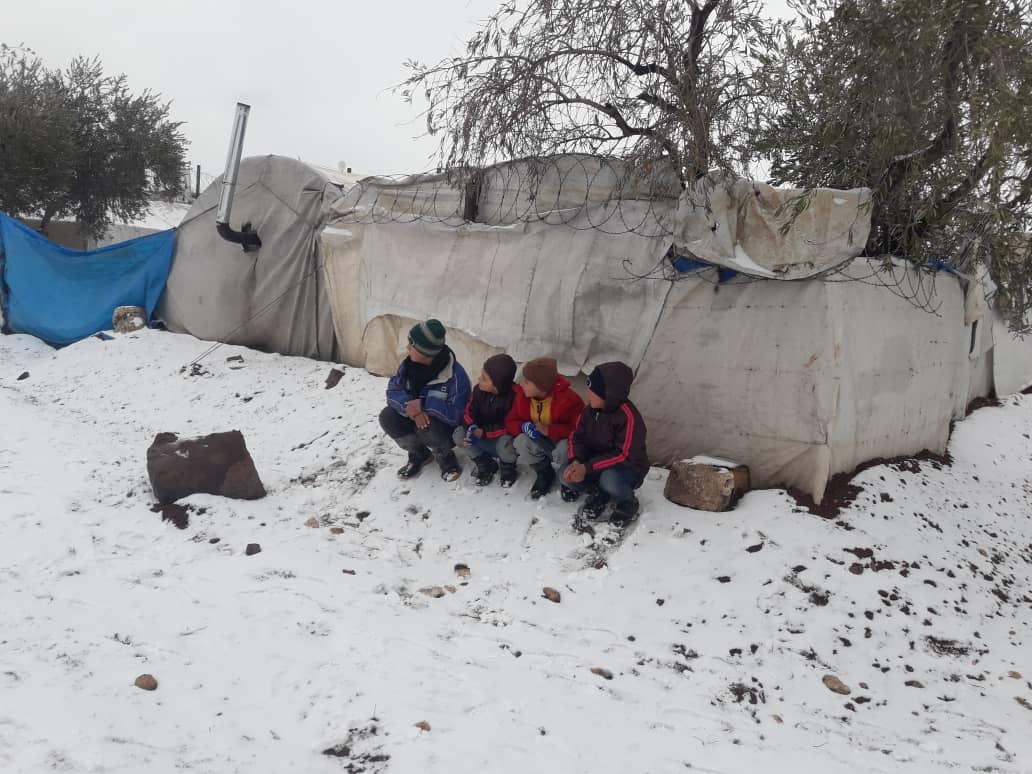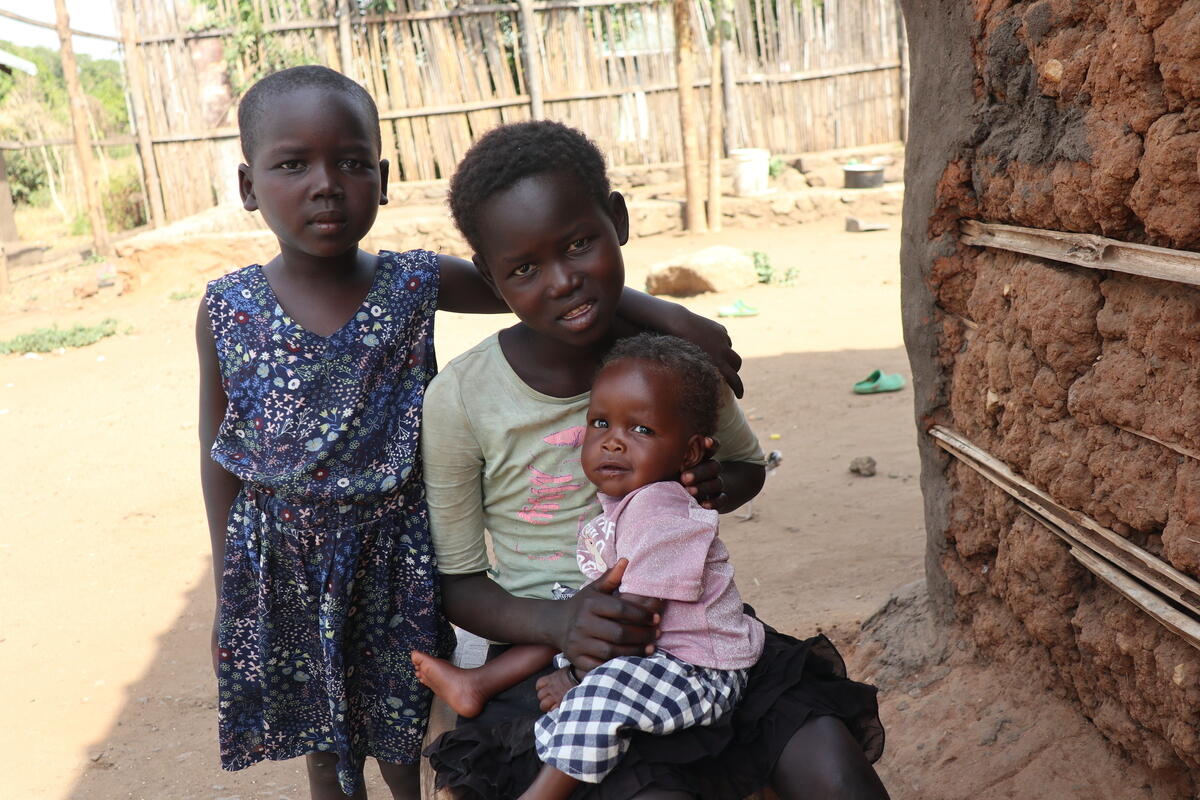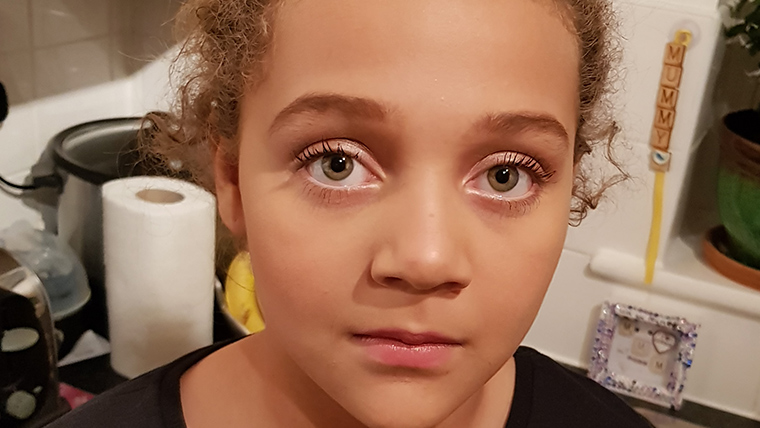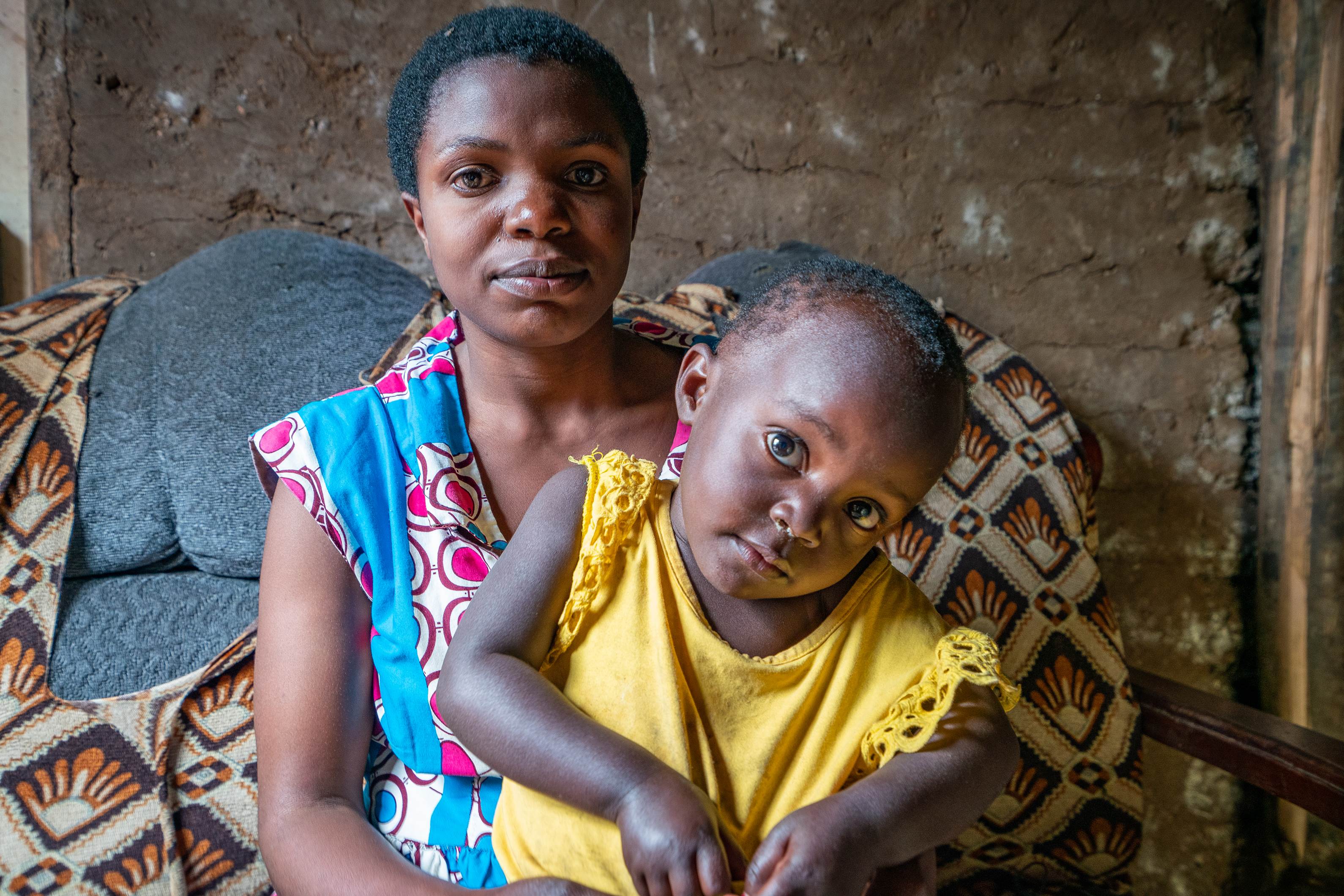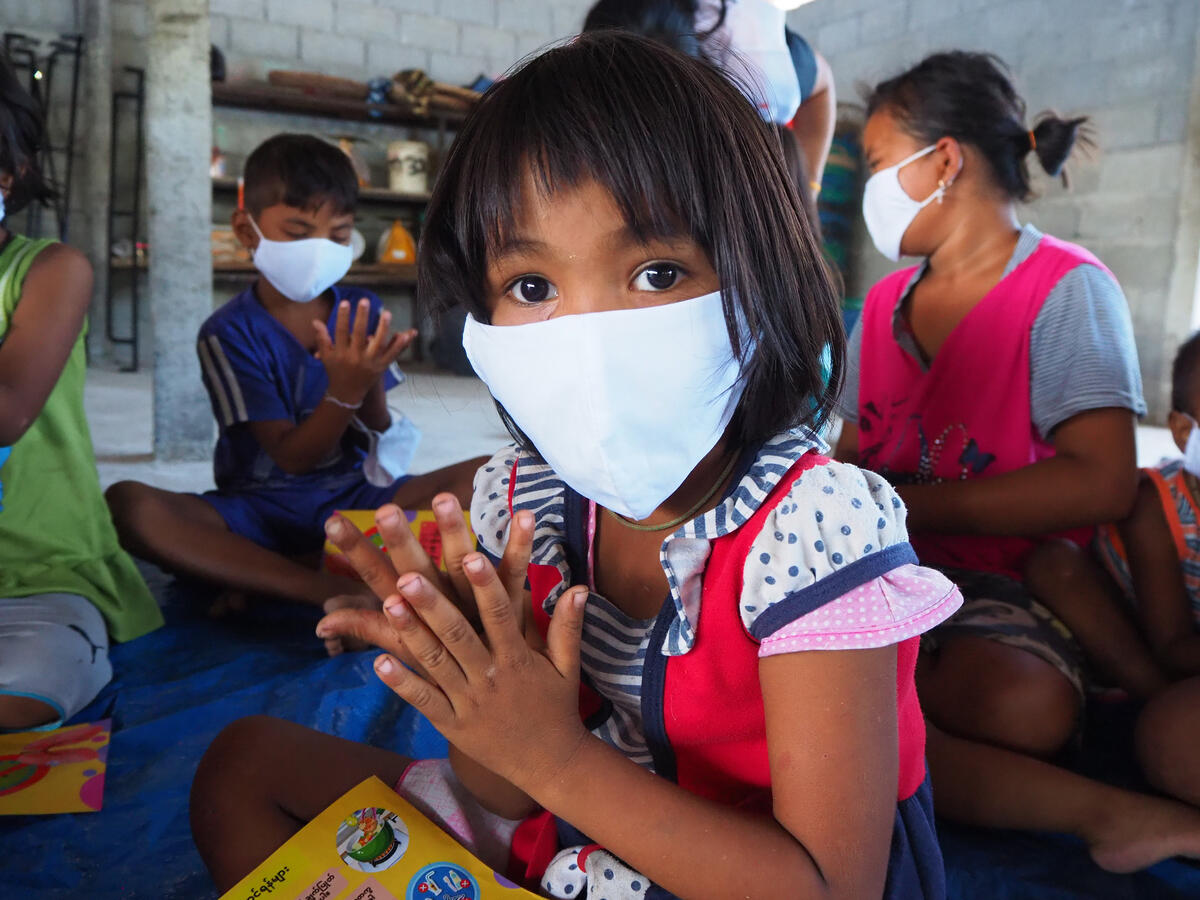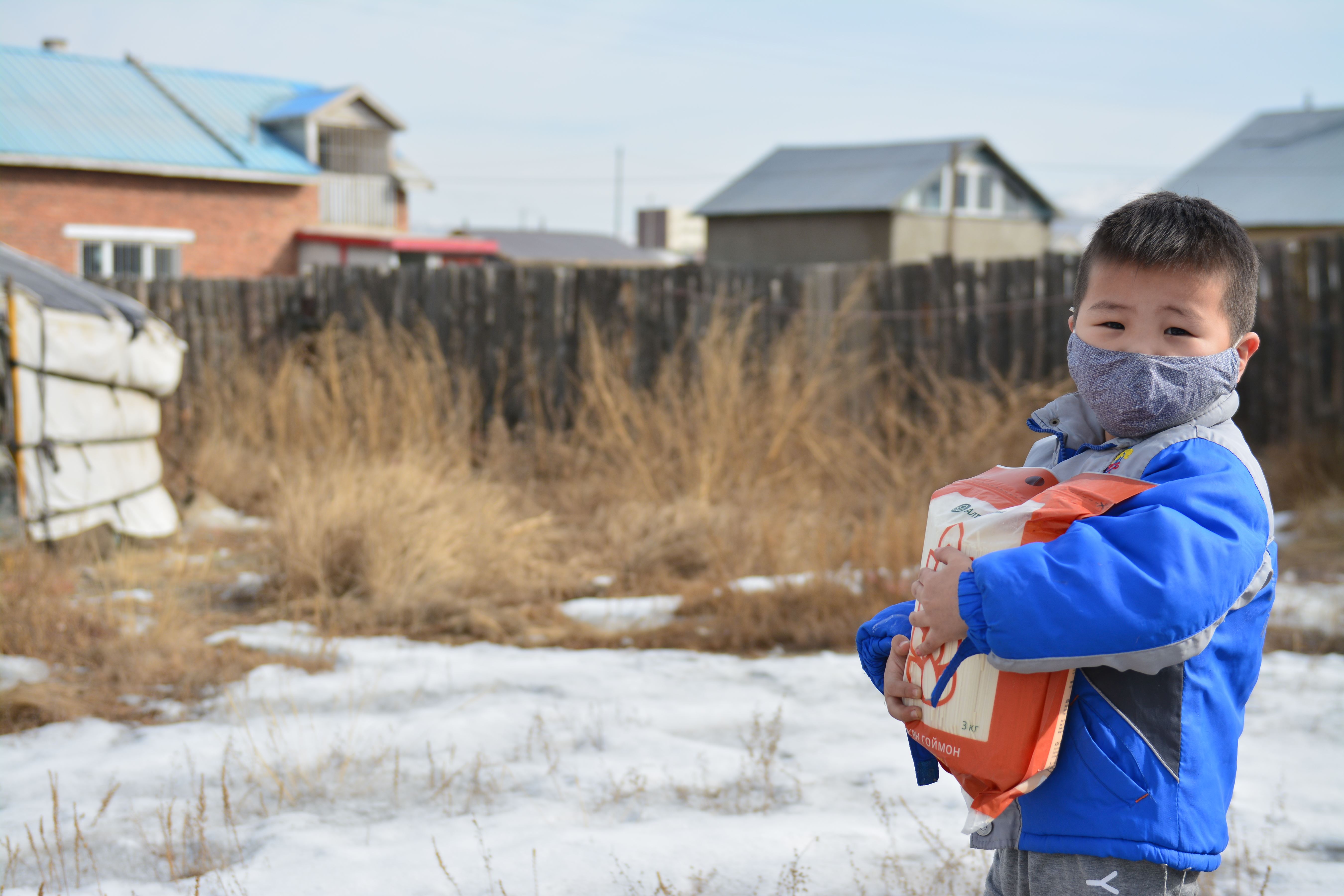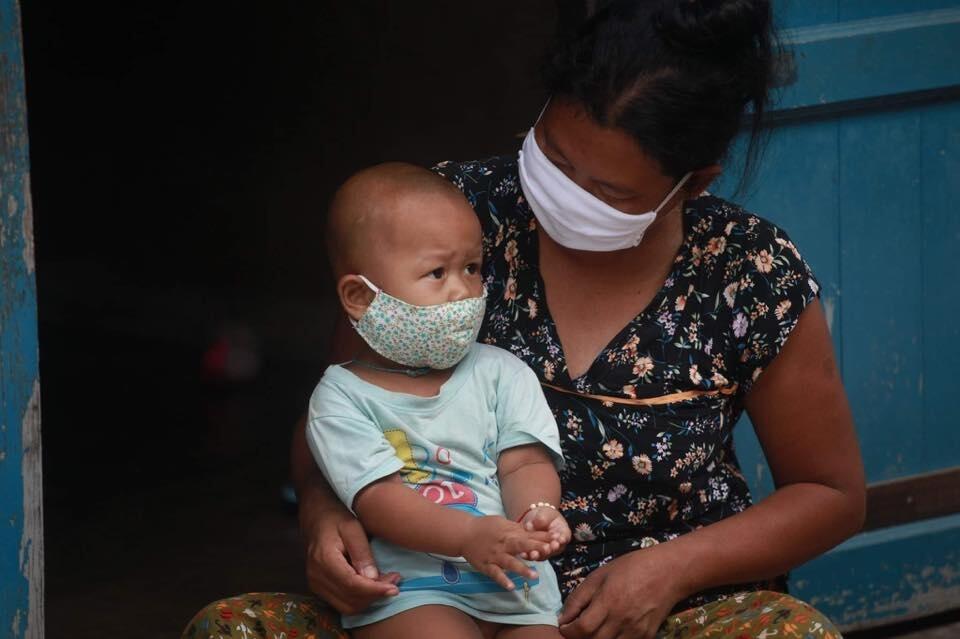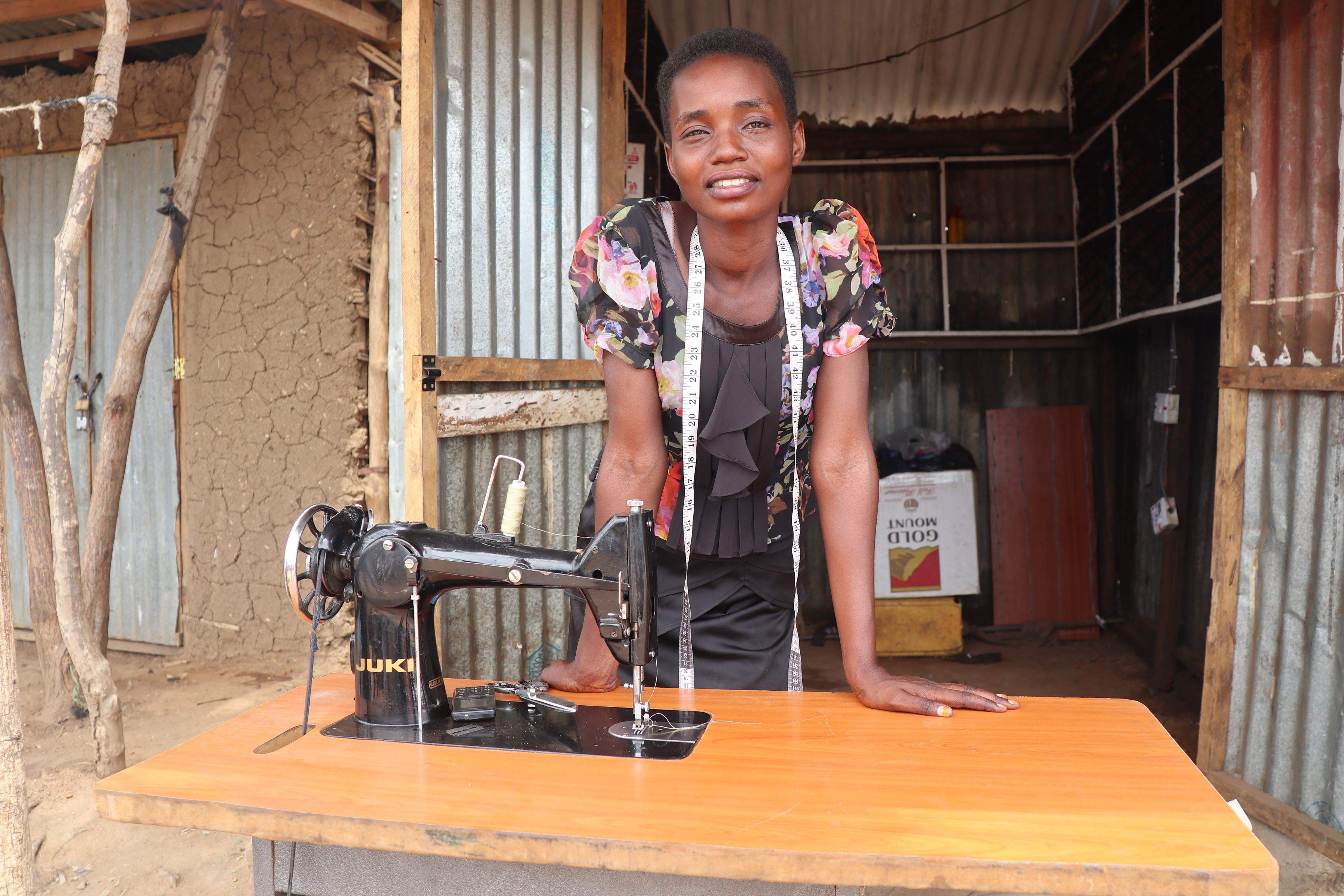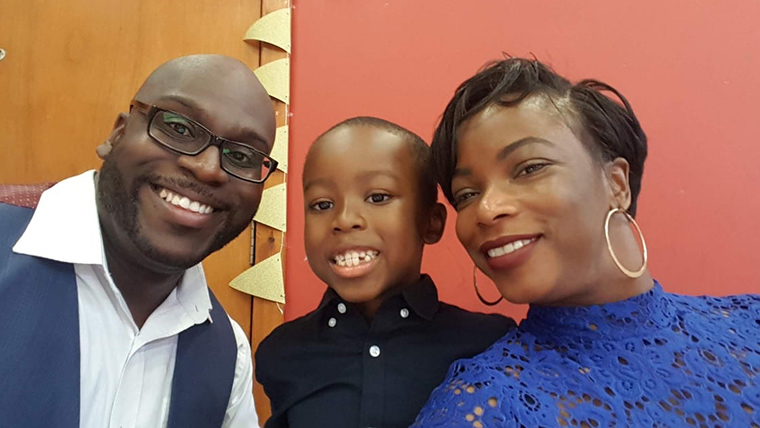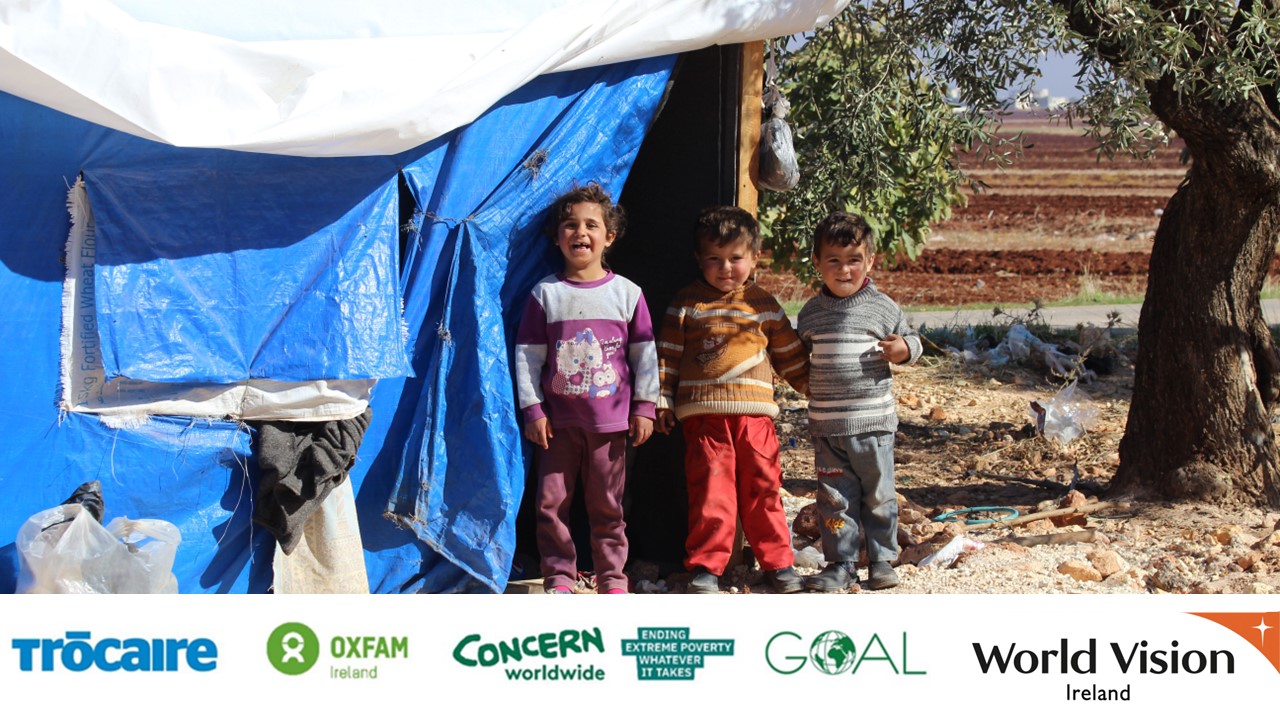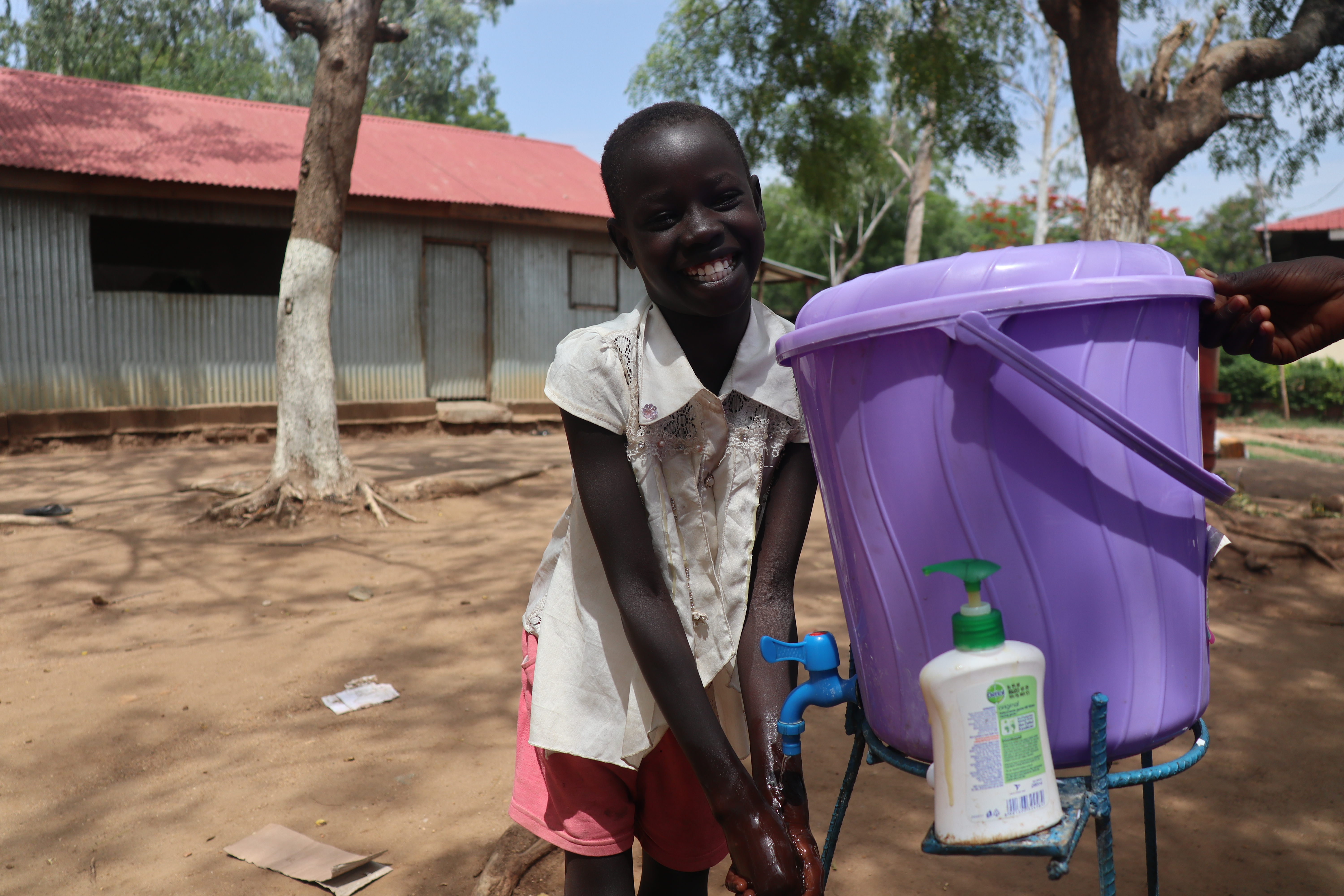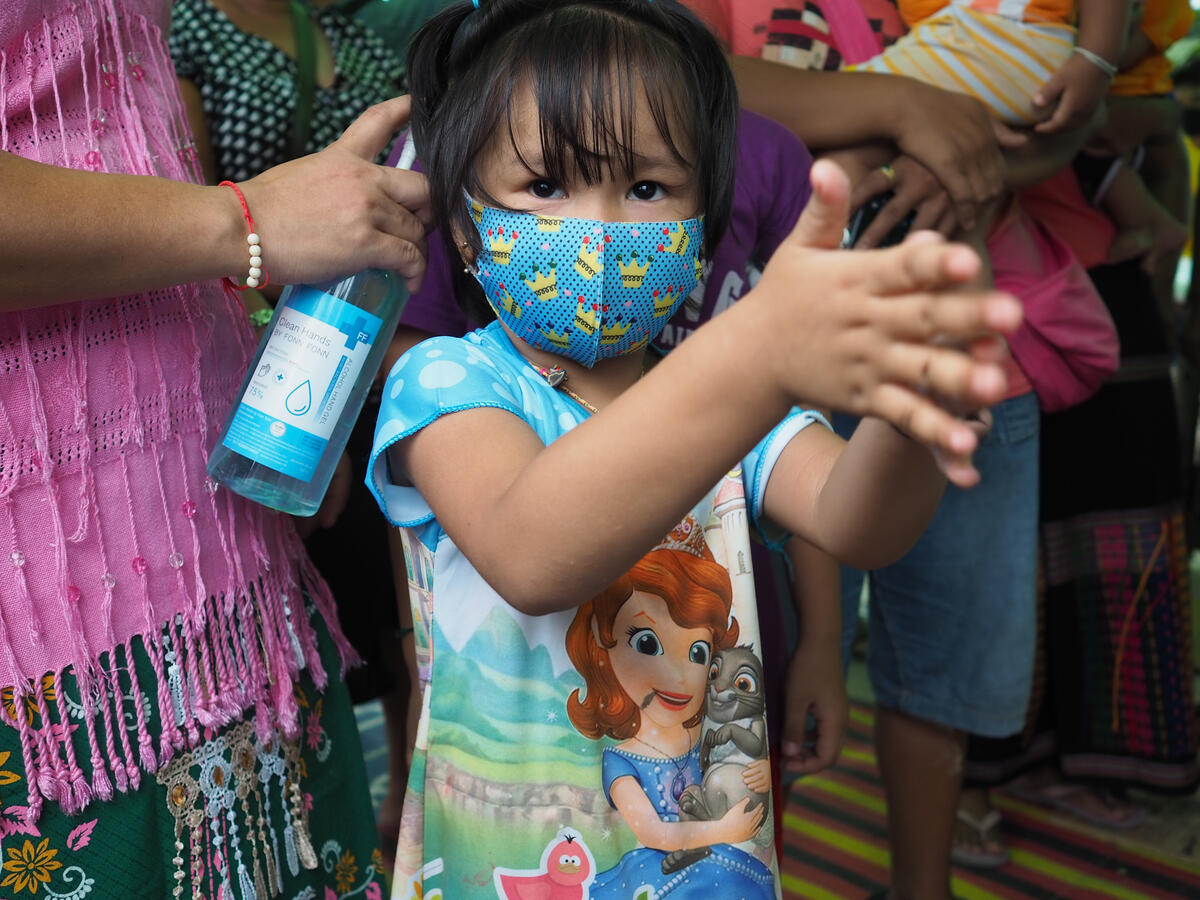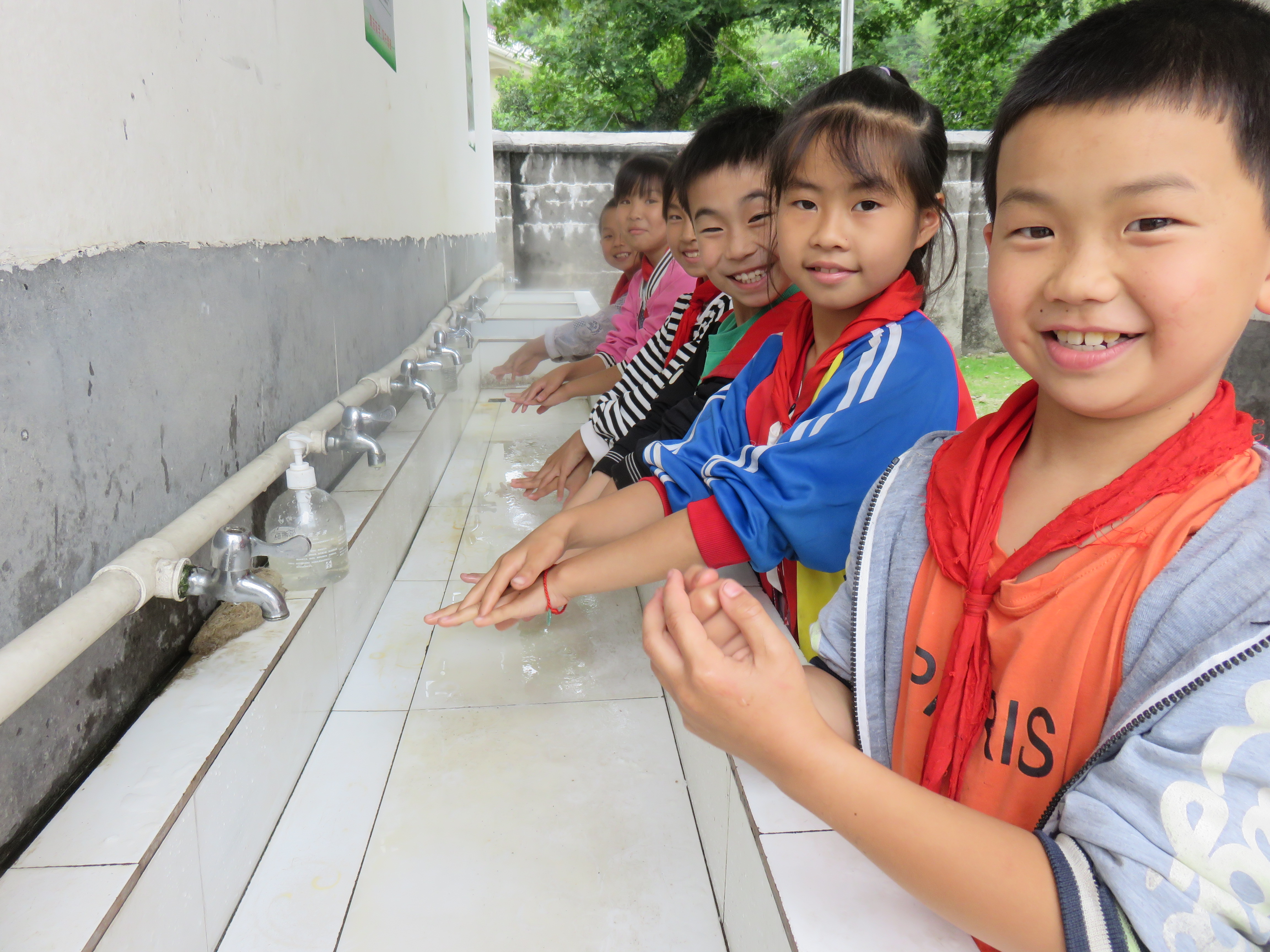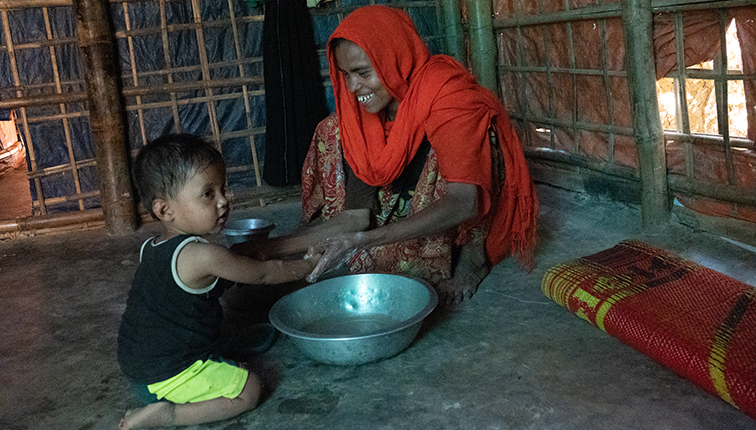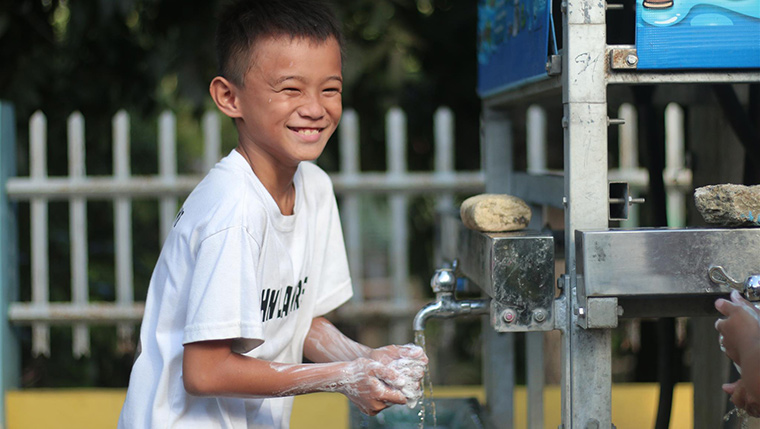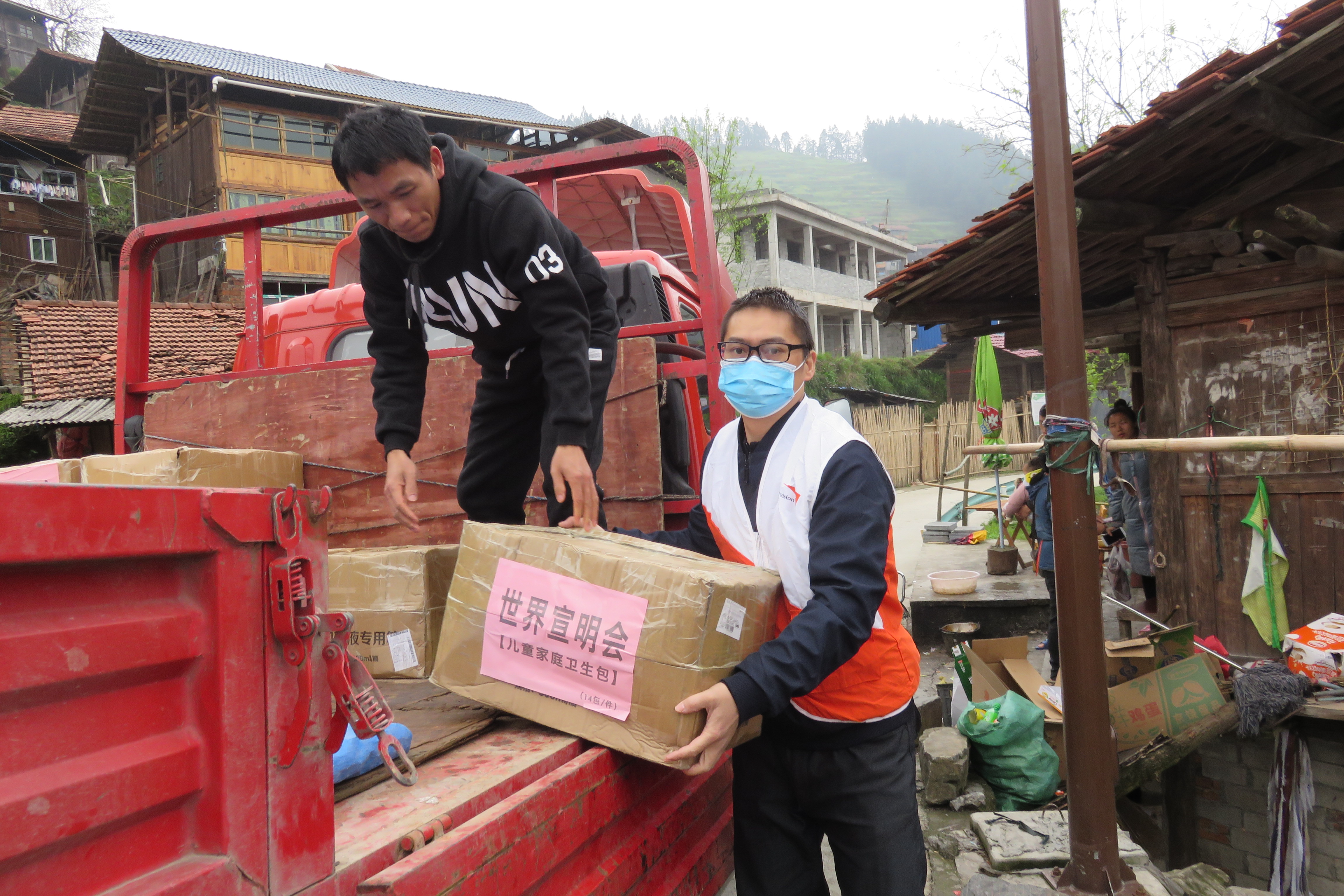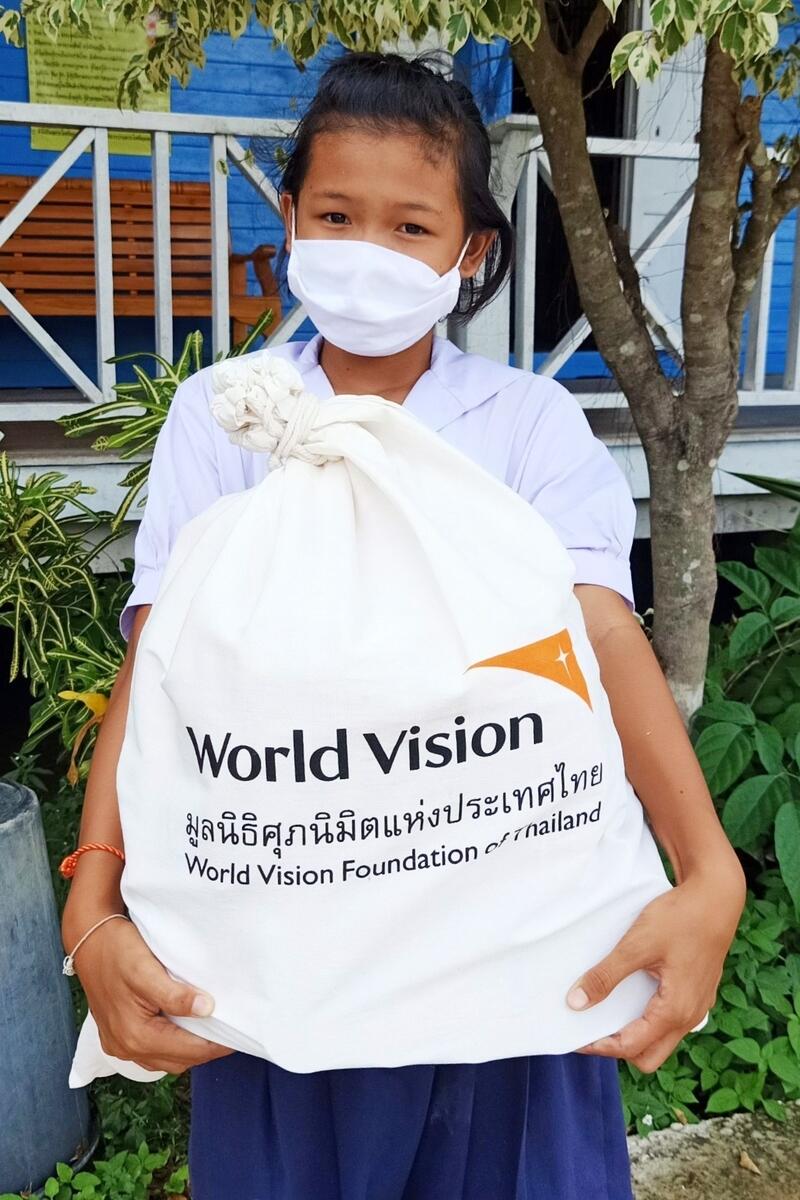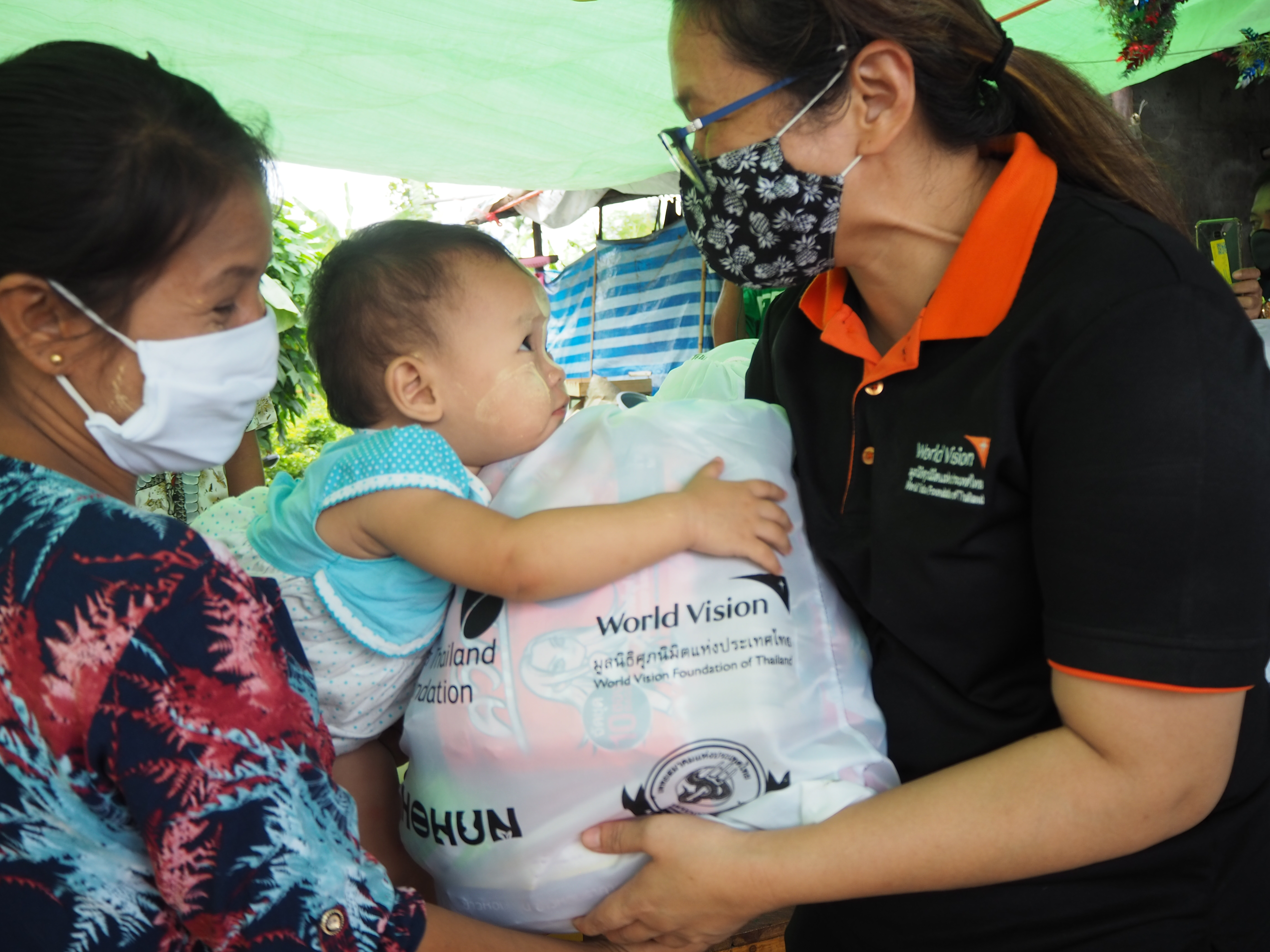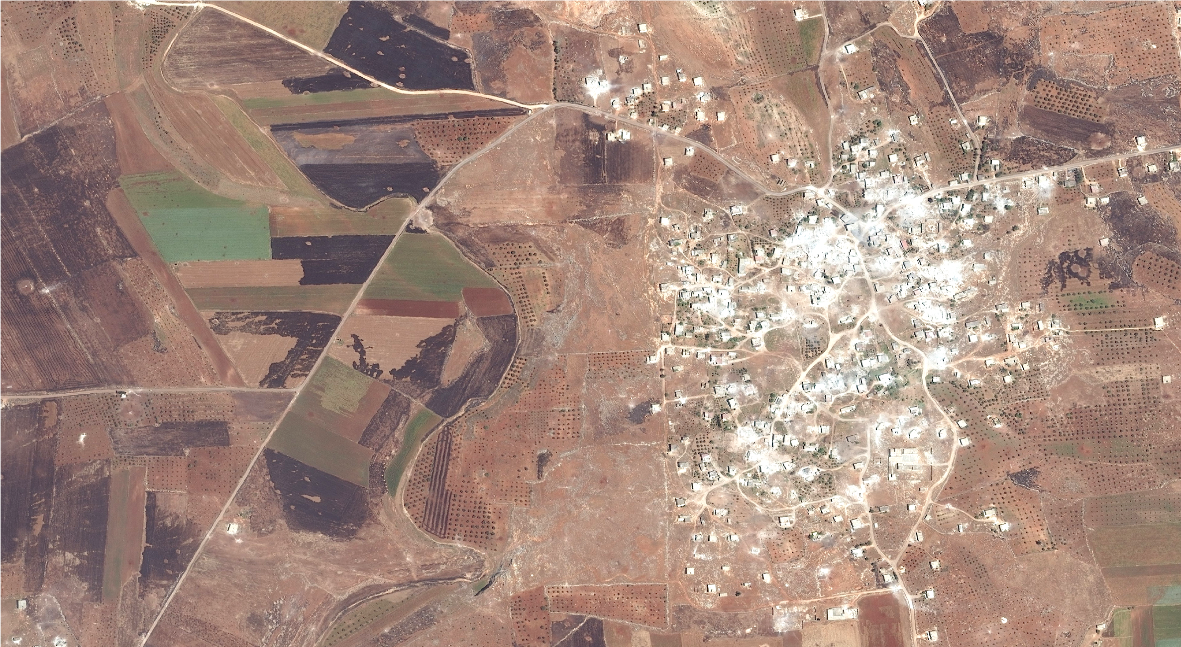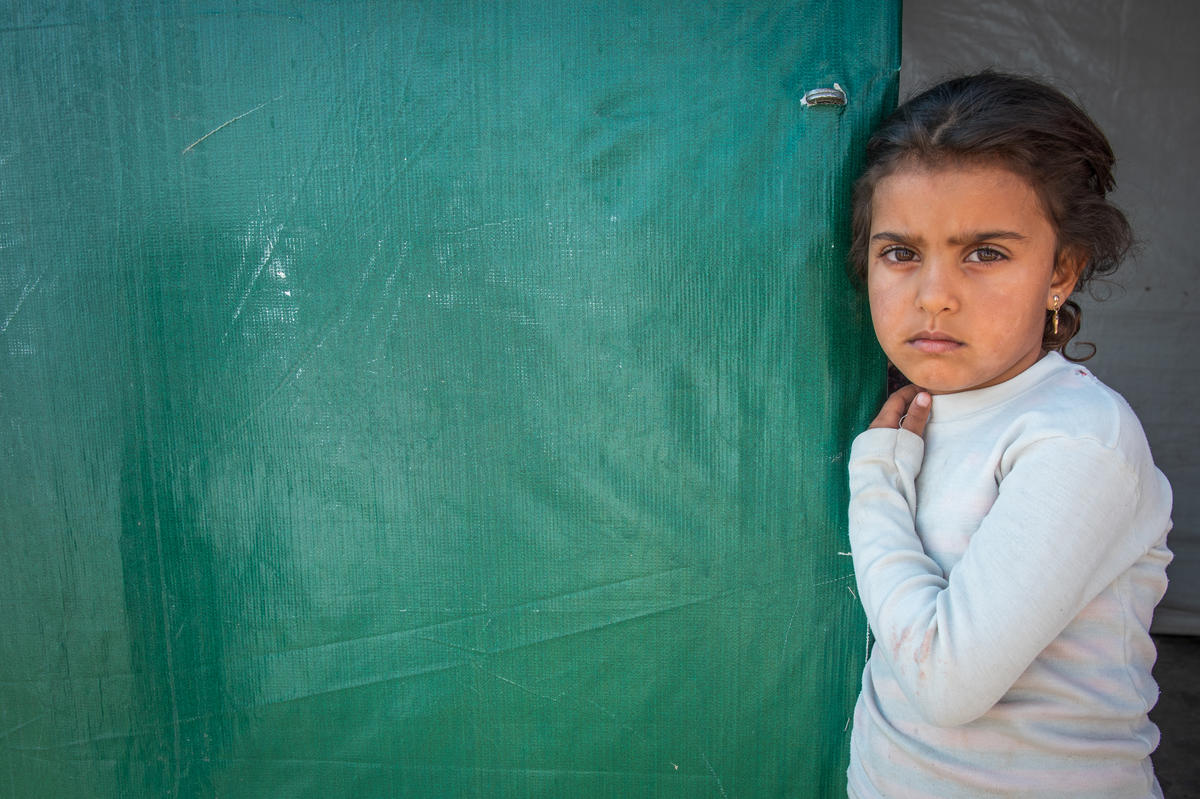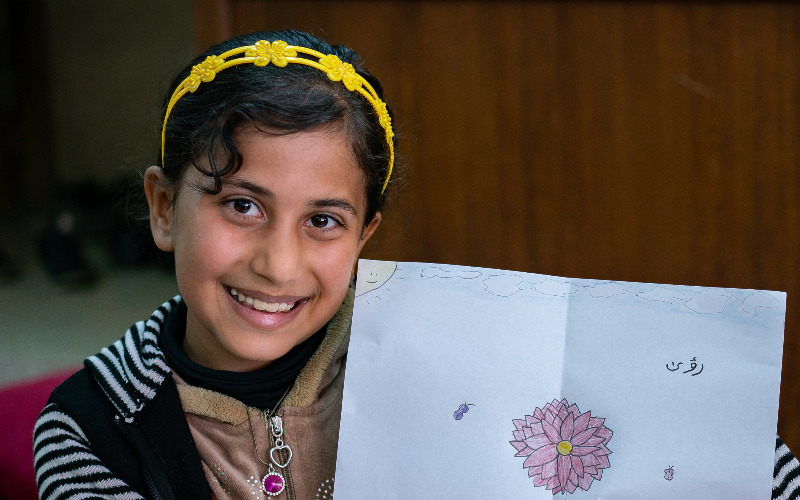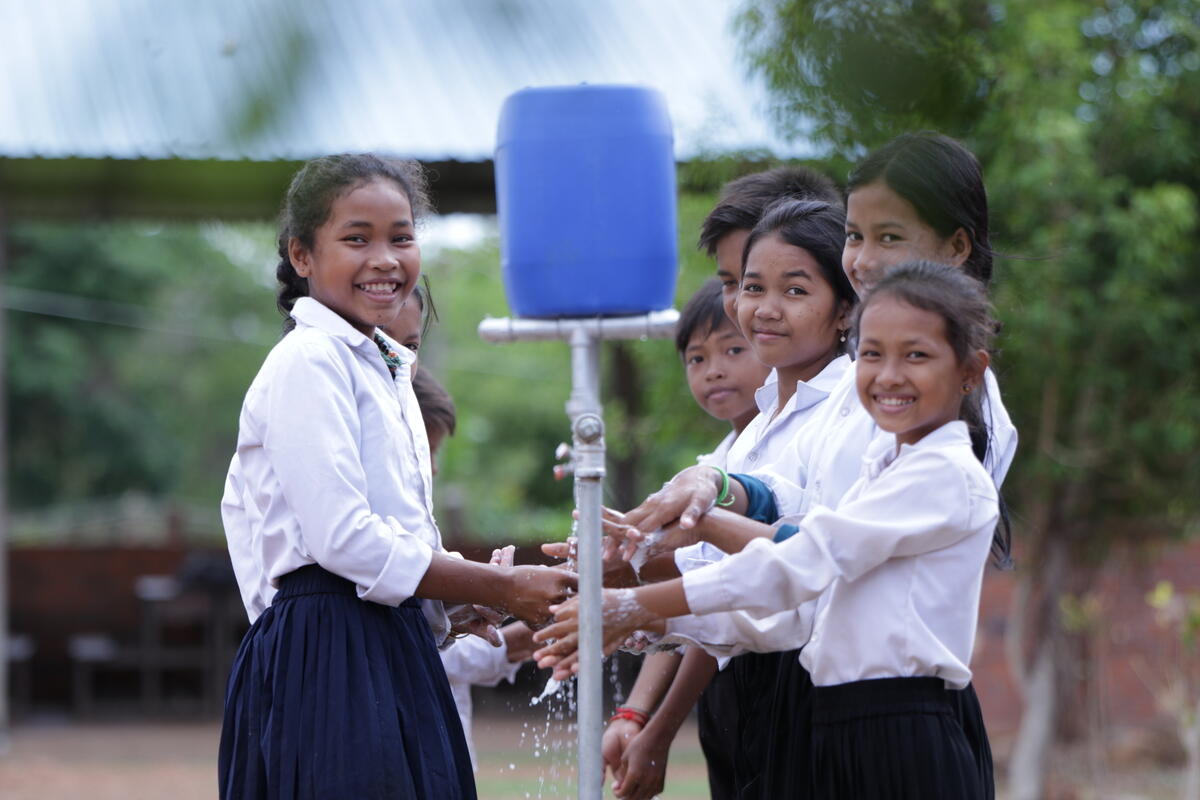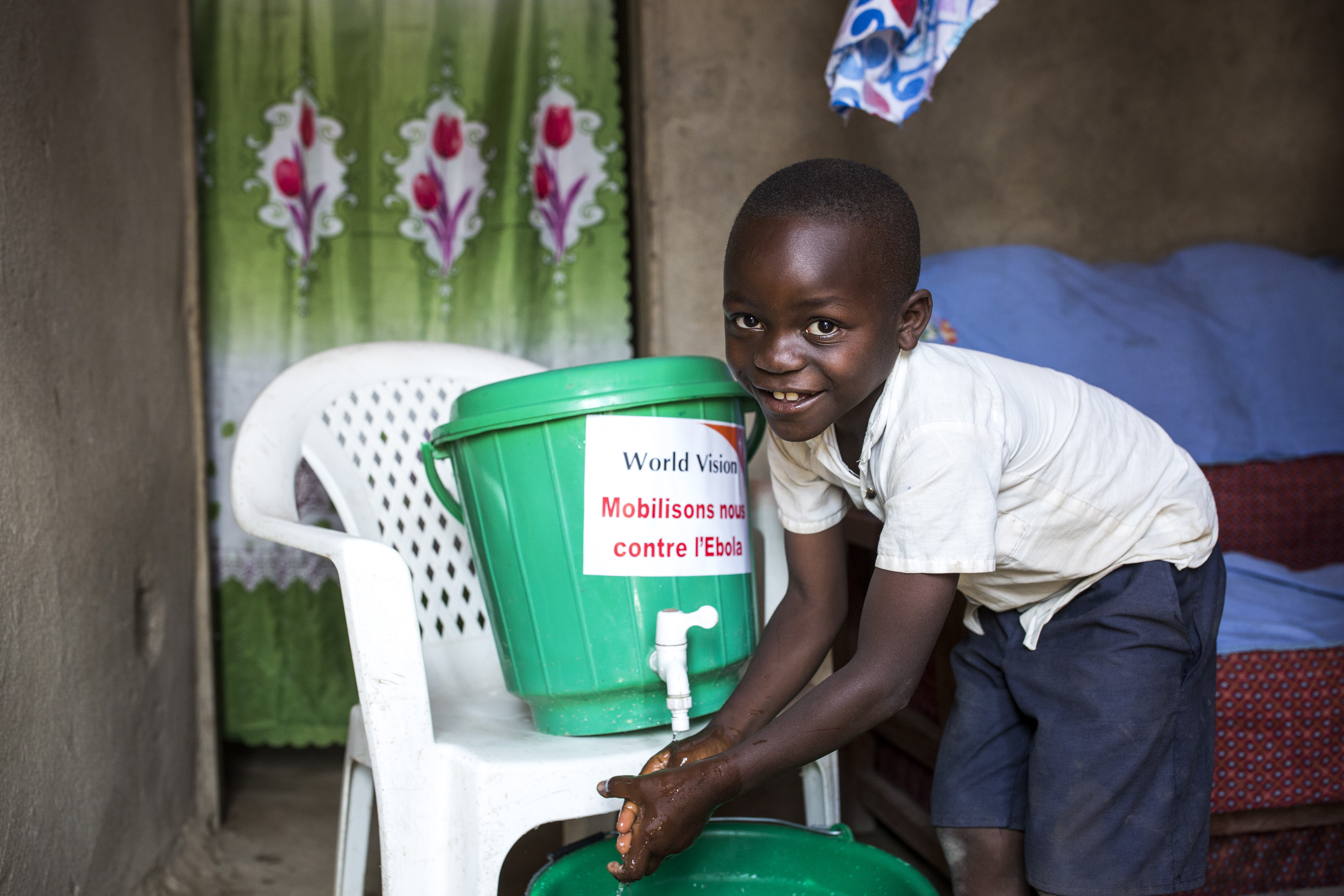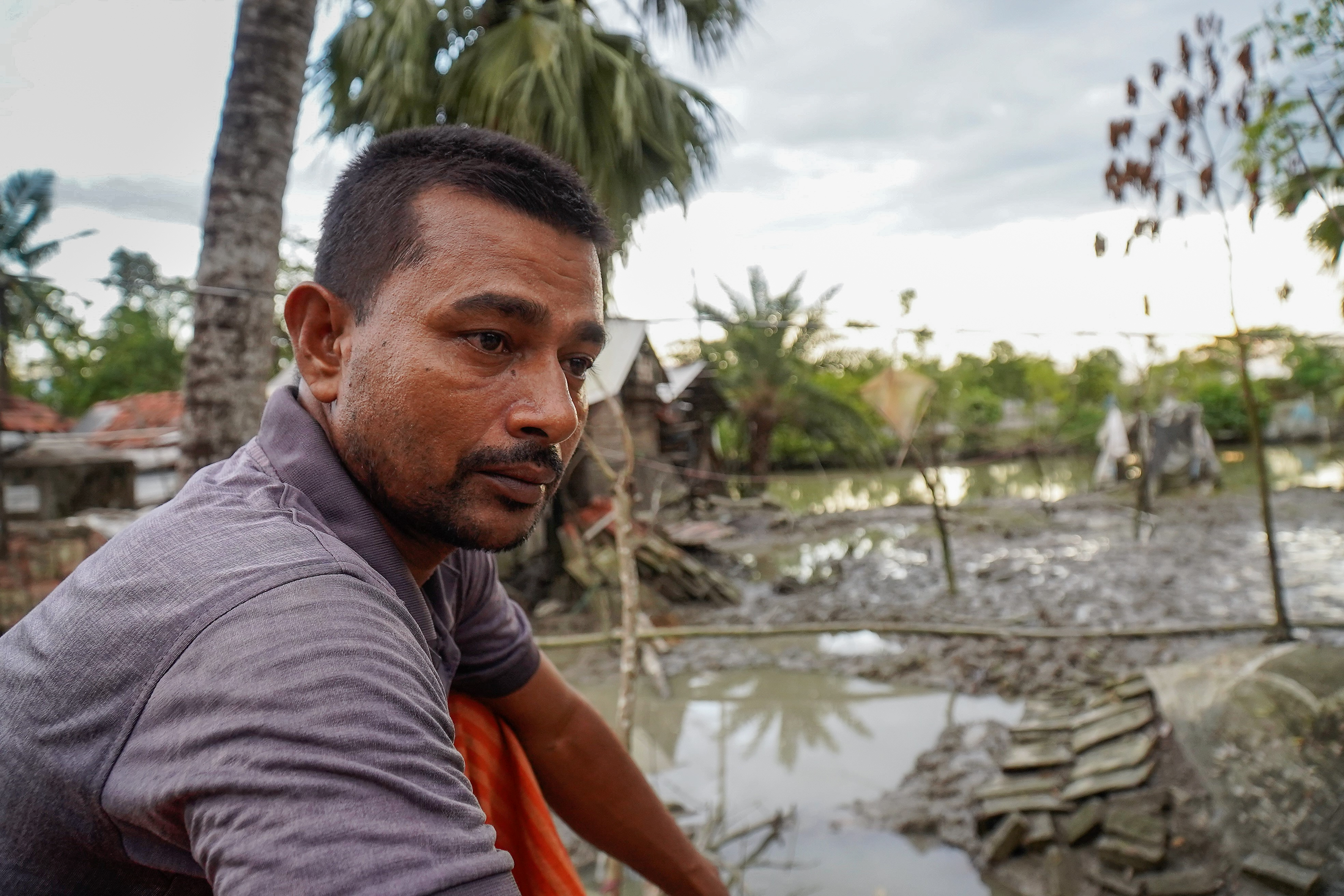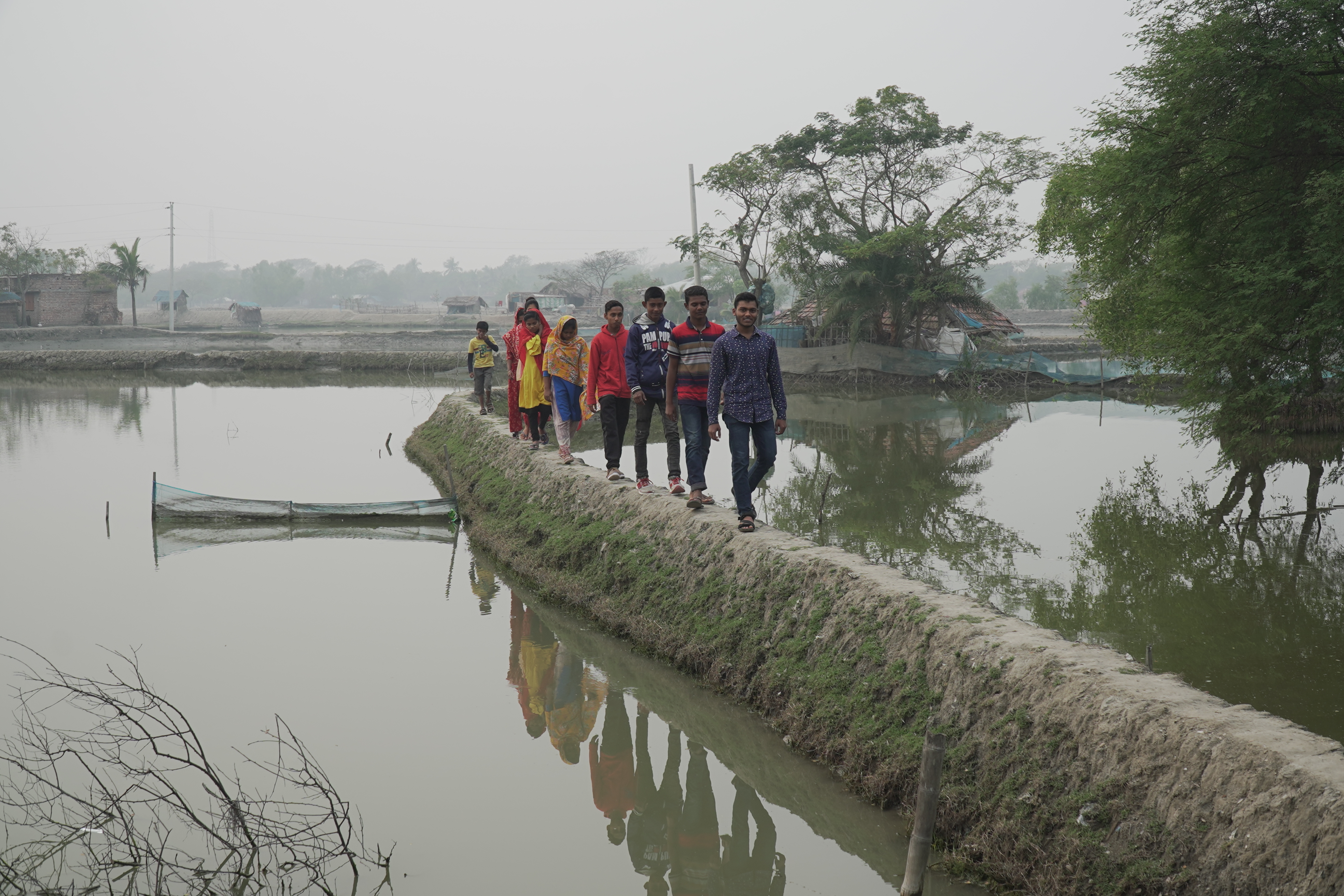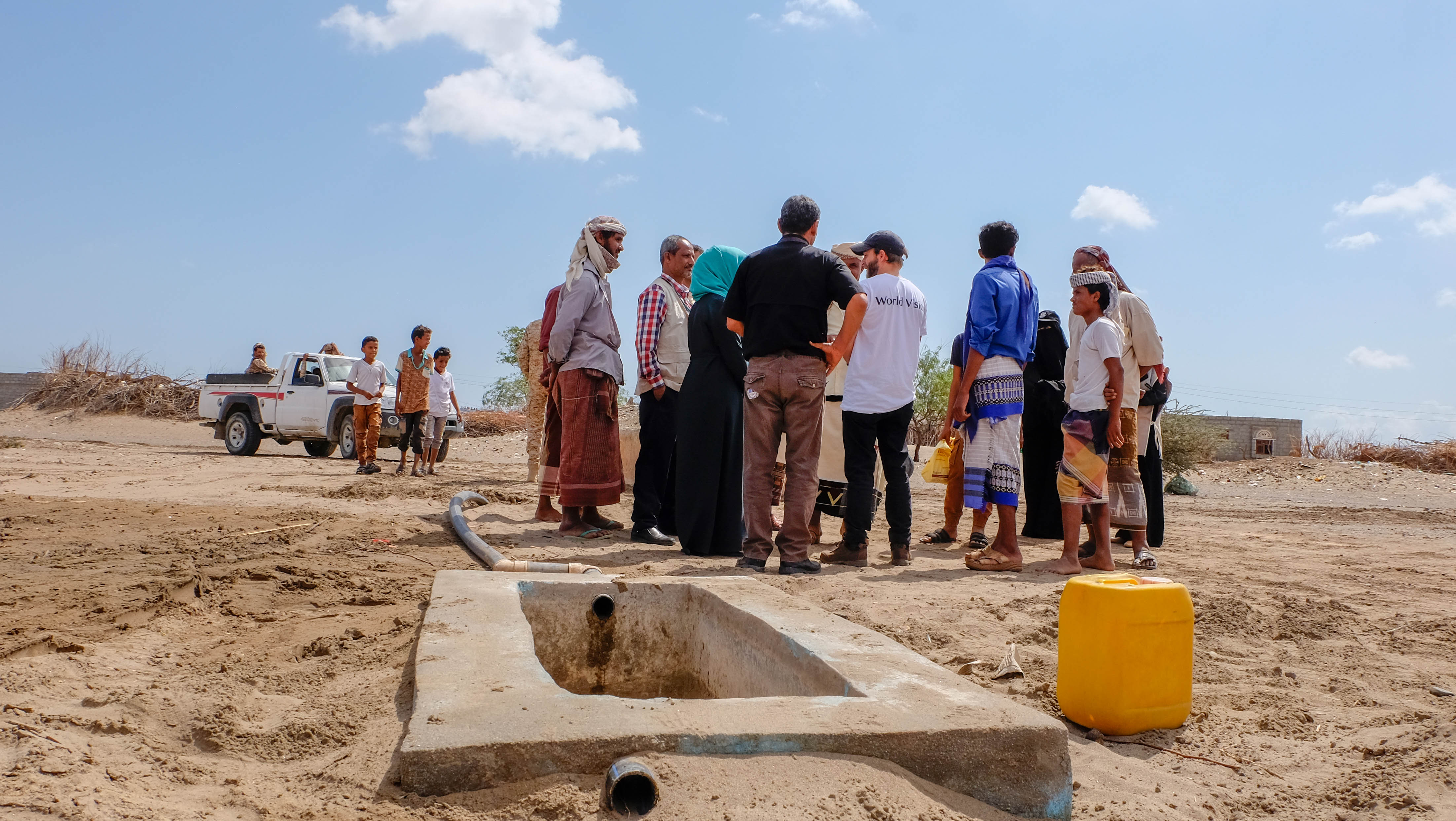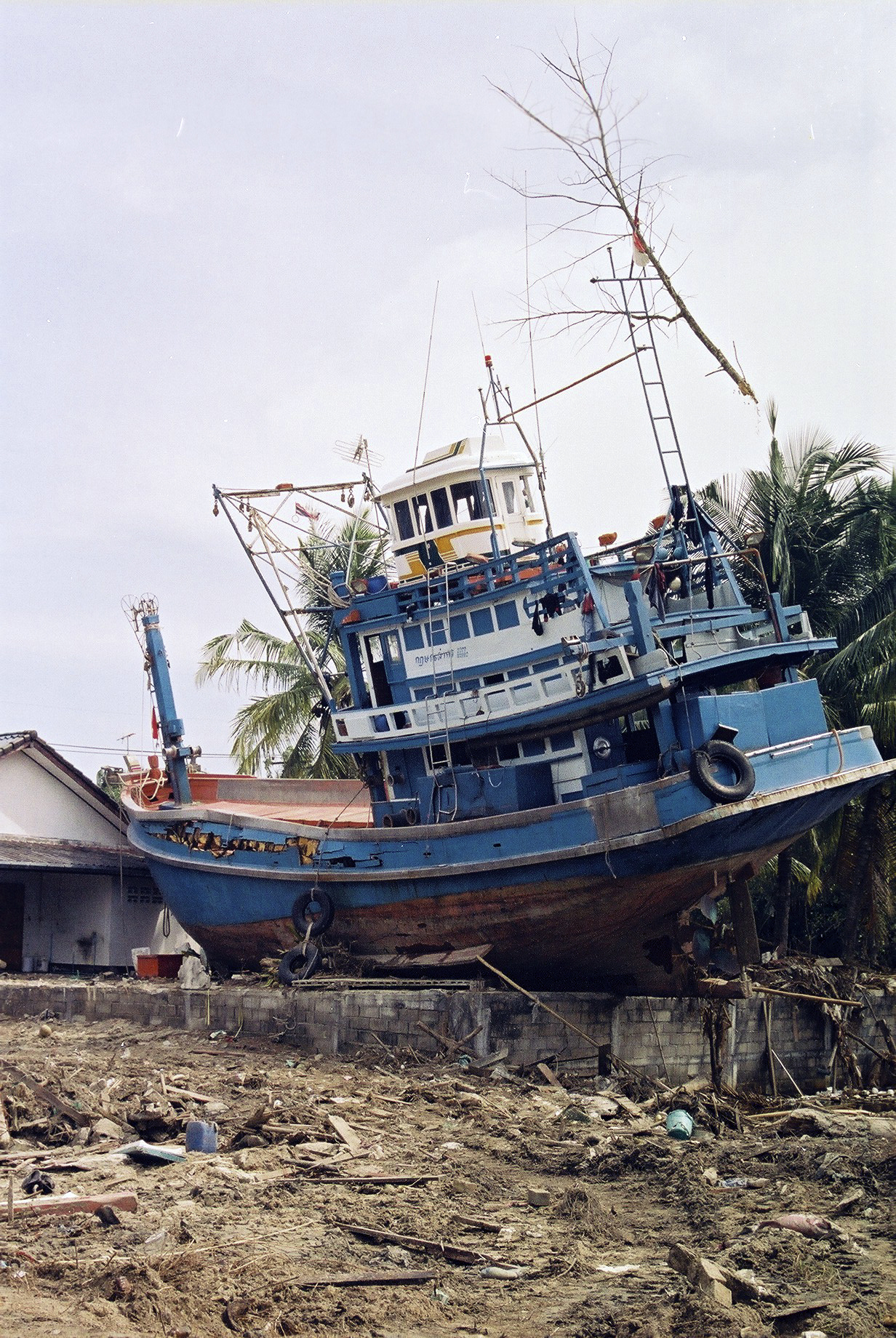
A decade on - the Boxing Day tsunami
Stories of destruction, loss, and rebuilding
A decade ago today, a massive undersea earthquake triggered a tsunami that affected 12 countries and took the lives of more than 230,000 people. In response to the disaster World Vision launched its largest ever relief operation across five countries simultaneously. Ten years on, we’ve gathered a collection of stories from staff and survivors to tell you the tale of destruction, loss, and rebuilding.
Hasha
On 19 December 2004 I left my home in Edinburgh and flew to Sri Lanka to surprise my mother for Christmas. My aim was to spend time with a few members of my extended family and sun myself on a beach somewhere. Christmas Eve was spent cheerfully wrapping up presents, and then less cheerfully calling the beach hotel to re-confirm my reservation for our family stay on Boxing Day.
After much frustrated discussion, it was clear that the hotel had made a mistake and lost my original reservation. I was devastated, having left the snow with the express intent of spending some time in the sun. In a last minute panic I got hold of the yellow pages and called all the hotels along the south coast, hoping someone would be able to take us in.
All the beach hotels were full, and after several fruitless calls I hesitantly agreed to explore our options inland. Eventually I found a hotel in the centre of Sri Lanka able to house us, although it was far from the beach I longed for.
On Boxing Day morning we started our journey out of Colombo at 8am, no longer heading to the south coast but moving inland instead. By about 11am we were over halfway, but we noticed something strange... there were people walking on the road carrying their belongings. Something wasn’t quite right.
After a while we stopped at a little tea shop to stretch our legs and have a rest. As we sipped our tea, a small TV showing BBC news in the background caught my eye. It was dubbed in Tamil so I couldn’t understand it, but as I started reading the English subtitles, I couldn’t believe my eyes.
It was a very strange feeling knowing we were safe, whilst others just a few miles away were losing their lives. The beach hotel that I had so angrily been arguing for a reservation with just a few days earlier was completely destroyed; at least 50 guests had died. Our reservation falling through – was it just a coincidence or was something greater in control of my family’s fate that day? We spent the next three days in a daze of guilty relief at the hotel that I had so grudgingly accepted but was now immensely grateful for.
Eka and Junaedi, Indonesia
The sea that usually lapped near Eka's front door was gone. The ocean’s floor seemed to stretch forever.
Stranded fish were flopping, gasping for air, on the extended beach. Children were running to catch them.
But Eka knew something was wrong. She heard her neighbours predict that if the water was so far back, a huge wave would come.
She didn’t wait to find out more. She grabbed her parents and her three little sisters and urged them to get out of there.
“We ran. Ran to the bridge.”
On the narrow strip of flat ocean front, the bridge was the highest point.
A few kilometres away, Junaedi heard a neighbour shout.
A wave. Higher ground. Run to the mountain.
The 23-year-old darted to the nearby hill, his father trailing just a few footsteps behind.
“After a few seconds, my house, my village, everything was hit by the wave. Everything was flooded by the sea,” Junaedi remembers.
When a second wave hit, Junaedi clung to a tree, the water swirling around him.
“I don’t know how exactly I was saved that day,” he says.
He watched in horror as his father, who was just a few metres lower on the hill, was swept away.
“My three younger brothers got to the hill too with the help from some other neighbours.”
Back on the bridge, Eka held her mother and sister, but they couldn’t escape. The water towered above them and captured the girls.
“It was like a blender,” Eka remembers.
She was carried in the wave for more than three kilometres.
“I couldn’t see anything. I was up and down, below the surface. I grabbed a tree. And then a tree branch hit my head. I forget what else happened,” Eka says.
When she came to, Eka found herself sandwiched in between a tree and other debris. The water had disappeared.
While the details are now a blur, Eka remembers meeting other survivors in the aftermath. Someone gave her a drink of water. She decided to walk to look for her parents and sisters.
“I was still wearing my pyjamas,” Eka says.
After hours of walking among the wreckage, Eka arrived in a village where her relatives lived.
“No one could find my parents or my sisters,” Eka says.
No one ever did.
Meanwhile, on the hilltop with the rest of the survivors from his village, Junaedi found himself thinking only one thing: survive.
“Everyone was shouting – ‘where’s my son? where’s my wife?’ And my little brother asked me ‘where’s my father?’ I had to say, ‘there’s no father anymore,’” Junaedi remembers.

Heng Family, Thailand
The bright morning of December 26, 2004, the people of Ban Nai Rai village busied themselves with their usual chores. Fishermen pulled their boats to shore expecting full nets of fish. Some women stayed at home with their children, while others prepared fish to dry under the sun while the children played.
Like on any ordinary day, 18- year-old Ratchadaporn went to work grafting saplings in a rubber plantation. She left her eight-month-old son, Baron, in the care of her mother-in-law, Grandma Heng. While at work, she overheard excited villagers talking about the receding shorelines. “They said a lot of fish were just jumping from the subsided water level,” said Ratchadaporn. Then suddenly the excitement was replaced by screams and cries.
“My sons went fishing that day. I was left to care for my grandchildren when I heard a strange commotion from the sea. I wondered what the fishermen were up to when suddenly people were scampering past our house shouting, others were crying,” Grandma Heng, now 78, vividly recalls.
“Sensing danger from the dashing crowd, my daughter-in-law swiftly gathered the children, put them on a tricycle and fled. I ran with my husband away from the sea. We crossed a bridge which crumbled right behind me. We almost did not make it to the other side.”
When Ratchanaporn and her mother-in-law found each other again at the evacuation centre it seemed a miracle. “I was so overjoyed, I rushed to hug them. But I did not see my husband anywhere close. I was worried. For hours, my mother-in-law kept crying for her sons who sailed that day. I wept along with her.”
“It was a good day to catch squid. My elder brother and I were in deep sea pulling our catch to the boat when we noticed our net being dragged down - deeper and deeper. It was then that we realised that the boat was suddenly on shallow water. We saw different kinds of fish jumping out around our boat. I told my brother we should get down and catch some,” recalls Sompong Sipraya, 33.
With growing suspicion, his brother stopped him saying that, “the sea must have leaked.” The seawater was not deep enough for them to sail back with their boat's motor. “We thought of removing the engine then just drag the boat back to shore but the wharf looked so very far away.
All we wanted at that moment was to sail aground,” Sompong said.
As though the waves had heard their wish, their boat suddenly rocked as the water rose with no warning. They were able to sail shoreward, but the current prevented them from sailing back to their village. Relieved to be on land, they quickly tied their boat on a tree only to see another wave come and carry the boat off to the water.
Sompong hurriedly retrieved the boat and tied it securely but he saw a second, much bigger wave approaching. This time, the water snatched and ripped their boat far back to the raging sea. In no time at all the third wave came. “I found a huge tree and hid behind it, shivering at the thought that it was the end of my life. The waves roared and crashed against the tree which shielded me from being battered and washed away.”
When the waves settled, the sight was unbearable. “There were many things floating around us. I found my brother and we decided to swim back to our village. When we reached our village, I saw our house completely destroyed.”
“I ran like mad, looking for my family,” says Sompong. “I saw my parents' house, partially damaged but not destroyed. I then met a man who told me that many villagers managed to run to a higher ground. Hopeful, I rushed to the evacuation centre where I found my family.”
Emergency relief
Mark
Mark is Head of Humanitarian Emergencies for World Vision UK, but ten years ago was working for another agency and was sent in Sri Lanka to work on the immediate response effort.
As I stood on the Sri Lankan coastline I saw a calm and idyllic looking blue sea peeking through the palm trees. The sky was cloudless and the sun shone warmly on my shirt. But it was just two days after the ‘Boxing Day’ tsunami in 2004 and the picture was so far from idyllic.
Everywhere I looked I saw and smelt death, despair and destruction. I stood only a few metres off the beach but right in front of me was a very different picture, a heart wrenching one that symbolised the suffering that hundreds of thousands of people were going through.
In front of me were two mounds of sand. Young child-sized mounds of sand, laid next to each other, with crosses made out of palm fronds raised on top. The burial sites were fresh.
To my left the village lay flattened. As I walked along the sandy path between houses that had been smashed by the force of the tsunami, little was standing; the often double story homes were uniformly razed to the ground. With the heat of the sun I could smell death emanating from under the rubble, as those who had been inside when the waves came through the village were trapped in their makeshift graves.
The area was eerily quiet. Everyone in the village had fled. The two people stood next to the small graves in front of me were the only others left in the village.
One man came up to me and explained how his friend, sat there under the palm tree, had just lost everything: his wife, children, house and livelihood. In a few minutes everything was gone, swept away by a swirling cloud of water and debris. Even now, I cannot comprehend that level of grief.
I cannot understand how you pick yourself up from that situation and assume that you can never fully recover but adjust your life around the deep suffering that will never leave you. I know that as an aid worker, whatever I do will not ‘make it all better’, will not take away the deep suffering people face every year as they battle with the psychological trauma that they face after living through a ‘rapid onset’ disaster such as an earthquake. But it does help motivate me, drive me in what I do. I just wish there wasn’t a need to do this job.
Heng Family, Thailand
Back in Ban Nai Rai, the entire family of Grandma Heng were safe.
“We stayed for several days at a temporary shelter set up by World Vision with the rest of the villagers who lost their homes, Heng says. “I thought of leaving our village. Our boat was gone shattered to pieces.”
For a while not many fishermen were able to fish; some were frightened, others just didn't have boats to sail. But help poured in as the devastation earned international attention.
“We got support from everywhere, which made us rebound easily,” says Sompong. “We now live in a stronger house.”
Soon after the completion of work to improve the infrastructure and livelihood support, other humanitarian agencies left the community, but World Vision continued its development work in the area. Children were sponsored and adults were taught alternative ways of replacing their lost source of income.
Junaedi, Indonesia
In Indonesia, Junaedi was struggling with suddenly becoming the primary caregiver for his three younger brothers.
The situation was the same for many other families in his village. Before the tsunami there were some 450 people who lived in this community of rice farmers and fishermen. After, just 200 people remained.
At 23, Junaedi balanced being a student, leading a village back from the brink of extinction and taking care of his three younger brothers. He admits he couldn’t have made it if it wasn’t for the help of relatives and international organisations.
“World Vision came to our village after the tsunami and gave us many things – cooking supplies, tools, hygiene kits, mosquito nets. Every month they gave us rice. World Vision built 81 permanent houses here,” Junaedi remembers.
Sian
Siân Merrylees now works in the WVUK media team and was a feature writer for She magazine when the tsunami struck. She recalls her assignment to Sri Lanka, three months after the disaster...
Sitting in a refugee camp for survivors of the tsunami from the eastern Ampara district of the island, I chat with Janoosa. The friendly 26-year-old tells me she lost her mother and five sisters in the tsunami. She confides that she dreams of becoming a doctor. When a colleague tells me he has just heard that the British aid fund for tsunami victims has surpassed all previous records, I ask her if there is anything she needs. Janoosa replies: "I just want my mum."
Arriving in Sri Lanka three months after the disaster I found survivors struggling to rebuild their homes and livelihoods. The nation was also in the grips of an unfathomable mourning. Everyone I met had lost someone, and many grieved for multiple relatives.
The Ampara District was one of the first hit by the violent waves on Boxing Day and was probably the most affected. It's hard to comprehend the power of a wave that could cut through concrete, but few walls and houses survived the onslaught. Akbar, the village where Janoosa lived with her mum and sisters, has all but disappeared and local officials estimate 3,500 people died.
Walking among the rubble of demolished homes early one morning, I met 55 year old Krishnapullai. He abandoned cleaning his teeth at the teetering ruin where he was living with relatives, and took us to the shaded coconut plot that was all that remained of his home. He had lost eight members of his family including his wife and a son. It was barely light out as we stood in the ruins of smashed trees and buildings, and I worried that our intrusive questions were upsetting and rude. But Krishnapullai disarmed me, "You don't know how wonderful it is to start my day with someone asking me about my loss," he said. "With talking about it comes ease."
He was expressing the feelings of thousands of others. Everywhere I went I found people with an overwhelming, desperate desire to tell their tale.
Most of the tsunami victims were women and children who were unable to swim or run fast enough to escape the powerful waves. Jasmine Sharif, a 31-year-old housewife from Akbar, chillingly recounted her experience. When the tsunami hit she was sweeping her garden and her children were playing. She heard a large roar, then people shouting and running past her home. "I saw a huge wall of water and couldn't believe what I was seeing," she remembers. She grabbed her three-year-old daughter while her mother took her one-year-old son and, along with Jasmine's nine-year-old daughter, they started running from the wave. "We didn't stop to grab anything, we just ran," she told me. "I saw a wave knock over a wall as if it was cardboard and it fell on my mother and son killing them instantly. I didn't have time to think about it because I was running for my life."
"Then I heard my elder daughter scream and saw a wave surge across her. She was swept out to sea and I never saw her again. She couldn't swim. I didn't have time to react because at that moment something hit my shoulder and knocked me deep into the water and as I fell I lost hold of my other daughter. The waves just took her from my arms."
"I have lost the will to live, I feel my life is over," she said.
Sadly, Jasmine was just one of several mothers who described to me the moment that their child was wrenched from their arms by an unforgiving wave.
Sobani was among them. Sobani's husband was a fisherman and their home was so close to the sea that as soon as she heard the tsunami, the water was already at her doorstep. As she ran with her three-month-old daughter Ishani cradled in her arms, she tripped over a fishing boat and watched helplessly as the sea carried her baby off. "I was shouting and screaming, 'Have you seen my baby?'"Sobani remembers. "But it was pandemonium with everyone desperate to get away from the waves."
Neighbours forced her to give up her search and move to higher ground where she sobbed inconsolably for Ishani. However, Sobani was blessed. A sailor from the Sri Lankan Navy was working on the clean-up process and heard what he thought was a chicken clucking underneath the wreckage. Instead, he discovered a baby trapped against a wall where the sea had washed her along with other debris. It was Ishani.
UNICEF estimates a third of the 230,000 killed during the disaster were children. When I visited, the adult survivors worried how their surviving children were coping with the disaster psychologically. Ali Khan, a teacher from the eastern coastal town of Kalmunai, told me that he and his wife tried not to talk about the tsunami within the hearing of Sibi, their four-year-old son. But he sighed, "When he was playing at being a truck driver with his friend, I heard him say, 'I have already got six bodies but I have room for three more.' What is running through his mind?"
Rebuilding and developing
Eka & Junaedi, Indonesia
In the midst of rebuilding, Junaedi says he felt pulled to find a wife – someone to share the journey with.
After graduating and becoming a teacher like his father, Junaedi learned about a girl who had been orphaned in the tsunami as well.
“I went to visit her. The day after I met her, I sent her a text message. I asked her if she was ready for marriage,” Junaedi says.
Eka admits she was surprised. Then she told Junaedi she needed to pray.
She prayed for a week.
The second time they met, Junaedi and Eka went ring shopping.
They married in August 2006. Together, they took care of Junaedi’s three younger brothers and saw that the boys got into university and got a good start on adulthood.
Hasha
Three years after the tsunami in 2007, I answered the pull I’d felt since that doomed Christmas holiday years earlier and moved to Sri Lanka where I worked for World Vision for the first time. For two years I worked to support some of the post-tsunami programming, especially on projects that worked to improve health and nutrition for the various communities impacted by the tsunami and the ongoing war.
Today
Heng Family, Thailand
Ten years after the disaster, Sompong's family is still grateful. Their son Baron is a World Vision sponsored child. He receives help to keep him in school and he is also provided with other things like uniforms and school supplies.
Baron is now in Year 4. He dreams of becoming a doctor when he grows up. “I want to be an eye doctor so I can help others with eyesight problems like me,” he says.
The community is now better-equipped with alarm systems to warn them of any upcoming tsunamis. A tall public address system stands close to the school and mosque which are just a few meters from Sompong's house.
“We were taught in school what to do if we hear the alarm. I will run with my brother to the evacuation site when that happens,” says Baron, now 10 years old.
Sian
World Vision was already present in Sri Lanka when the tsunami struck, and was well-placed to help with the emergency response. Ten years on it has helped with the recovery through children's programmes, rebuilding homes, and with courses to retrain individuals, such as former fishermen, to give them new ways of earning a living. And a decade on as I remember the stories of people I met, I have a new career. My visit to Sri Lanka was the assignment that always meant the most to me as a journalist and played a key part in propelling me to my post in the World Vision media team. Instead of observing, I can now be a small part of the process of helping.
Hasha
Fast-forward to this Christmas, and I will be returning to Sri Lanka ten years on from that dreaded day. It stirs up so many memories and I still feel almost guilty to have escaped. I recall a sense of complete helplessness, remembering my flight back to Edinburgh on the 29 December 2004, when I was sat alongside people with broken limbs, and some families faced returning home without everyone they left with.
This year, again on the 26 December, I will be heading to the coast with my family. So much has happened since then. I wonder what it will be like and how I’ll feel...

